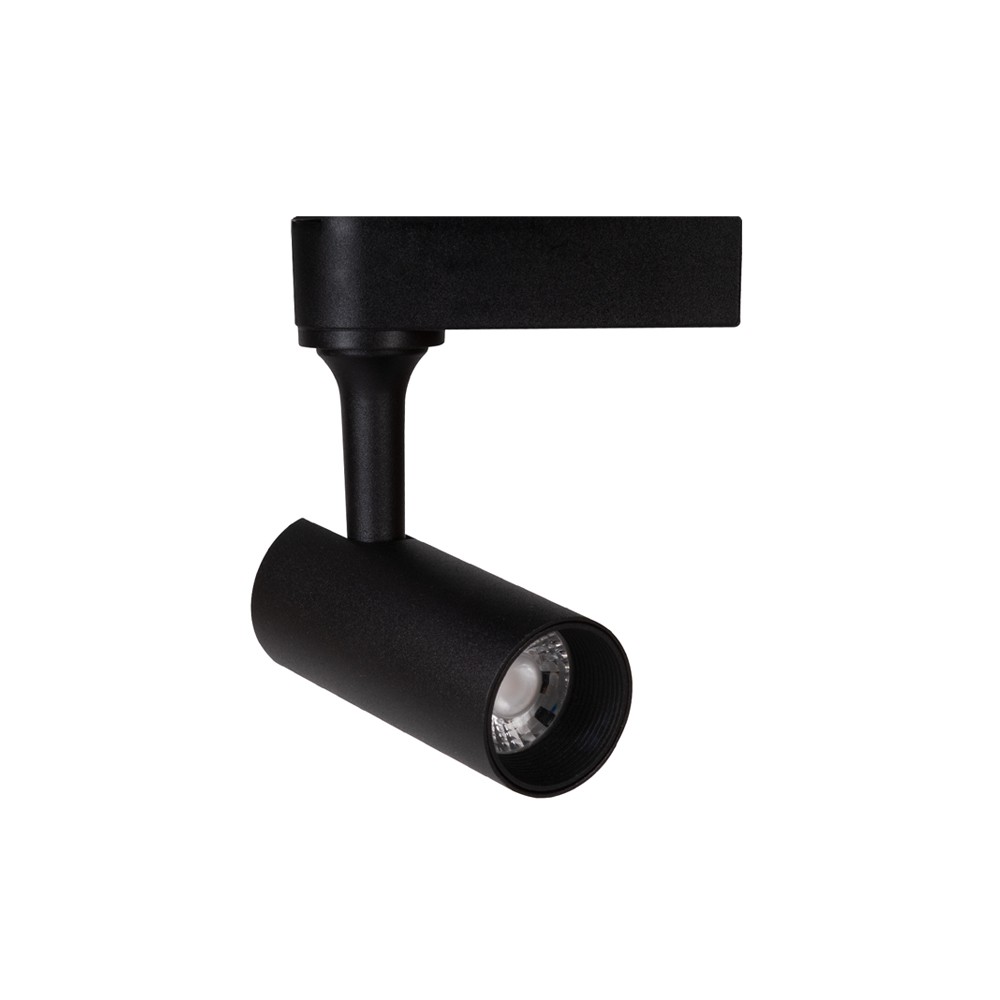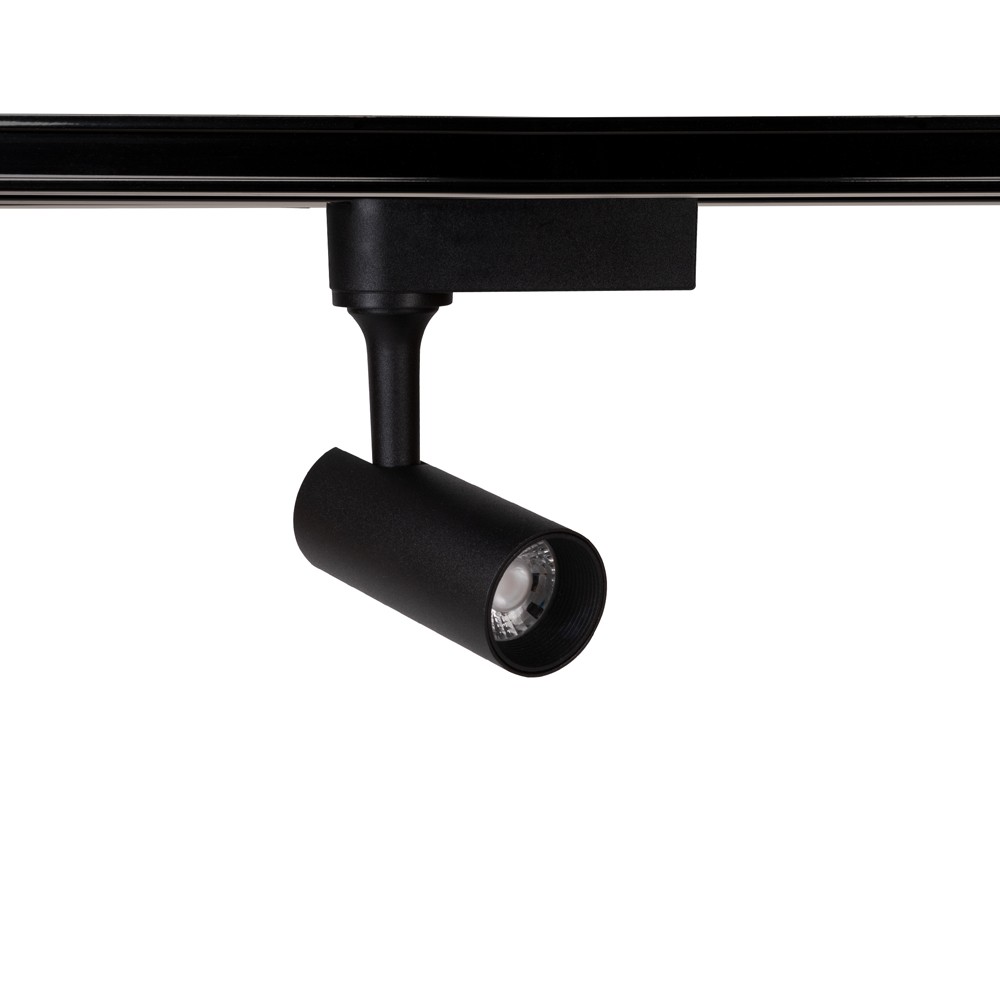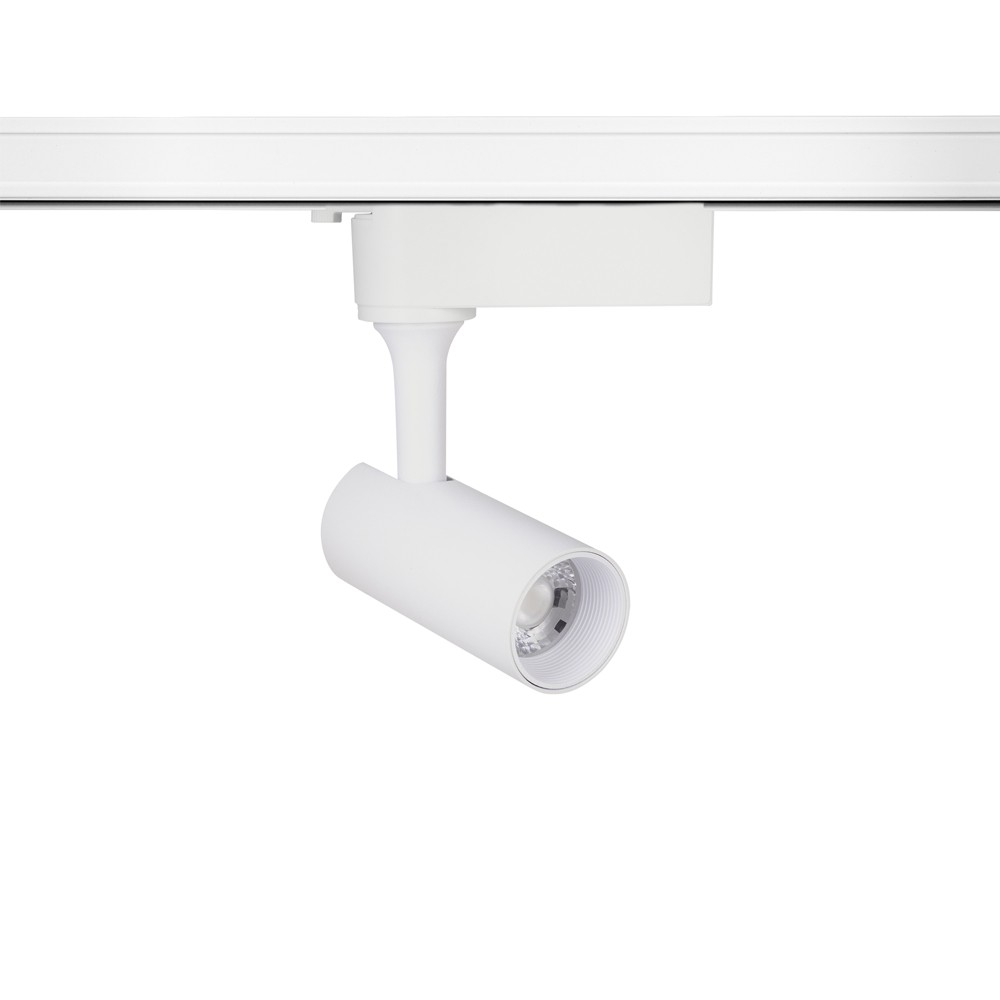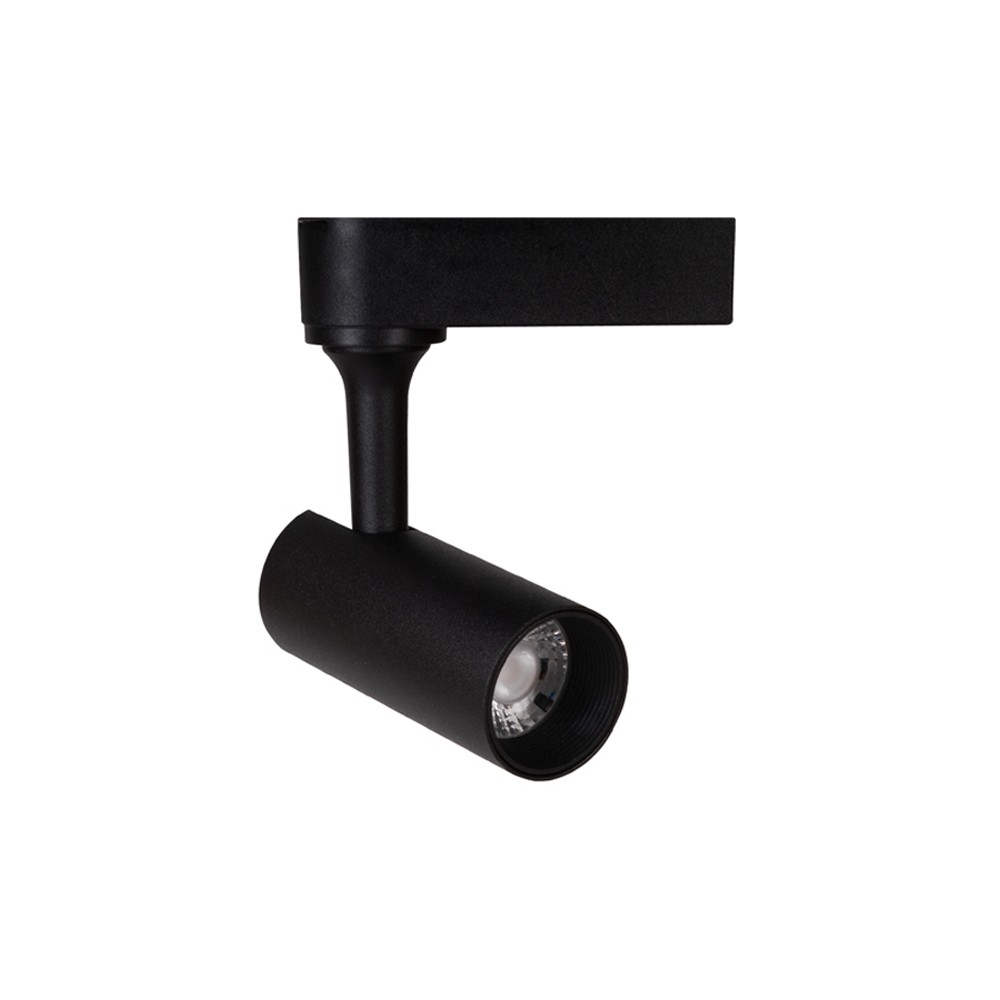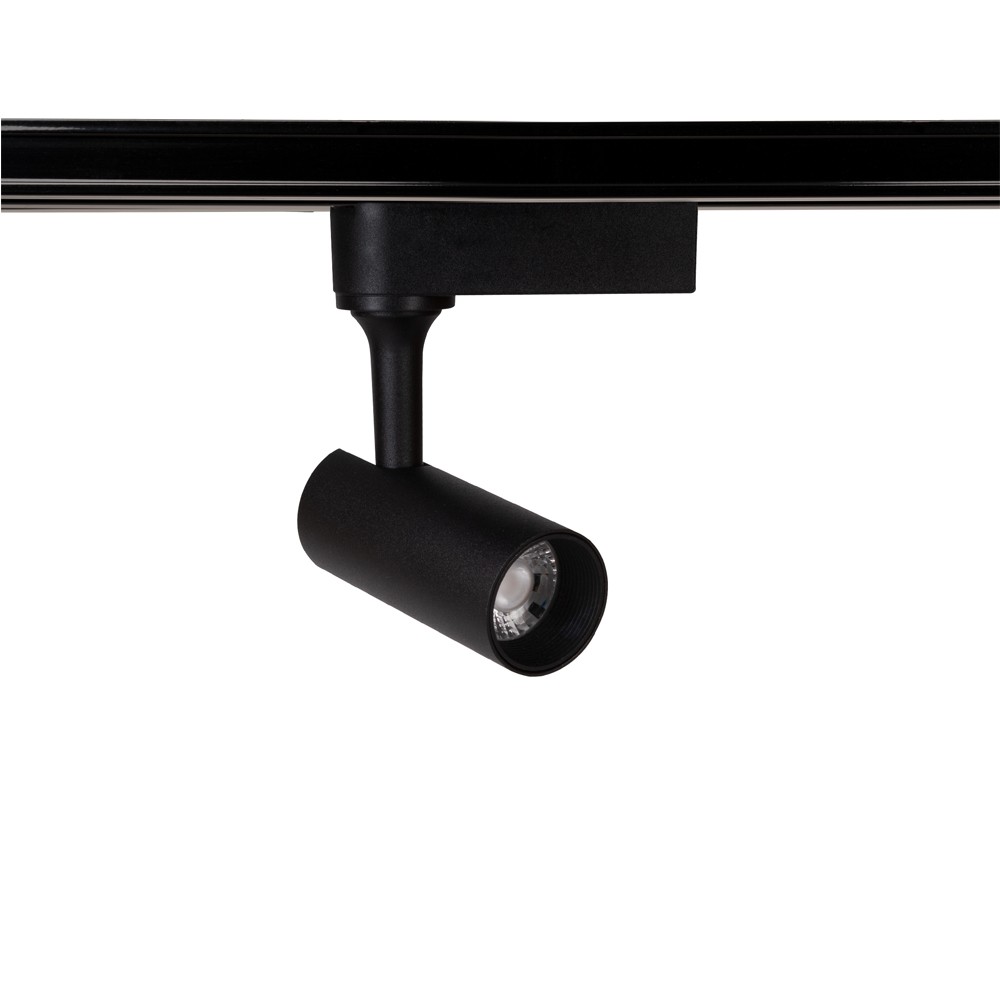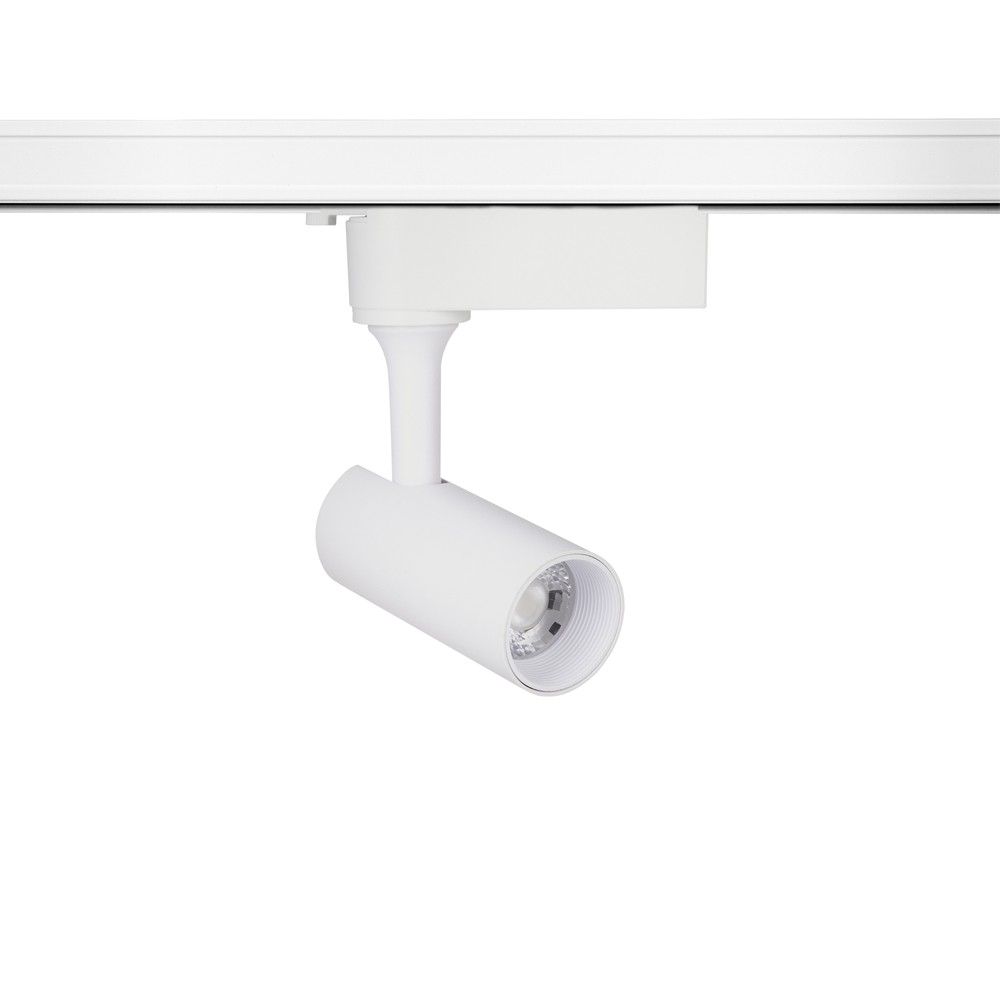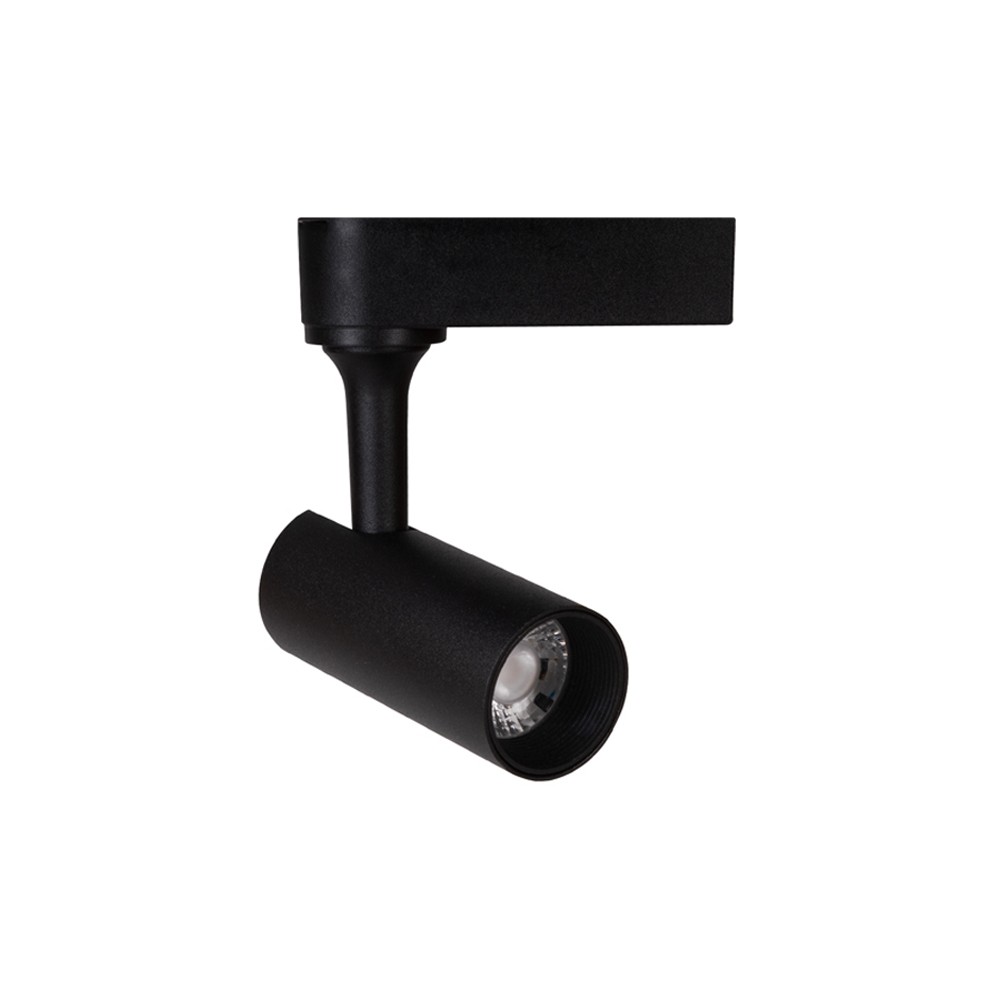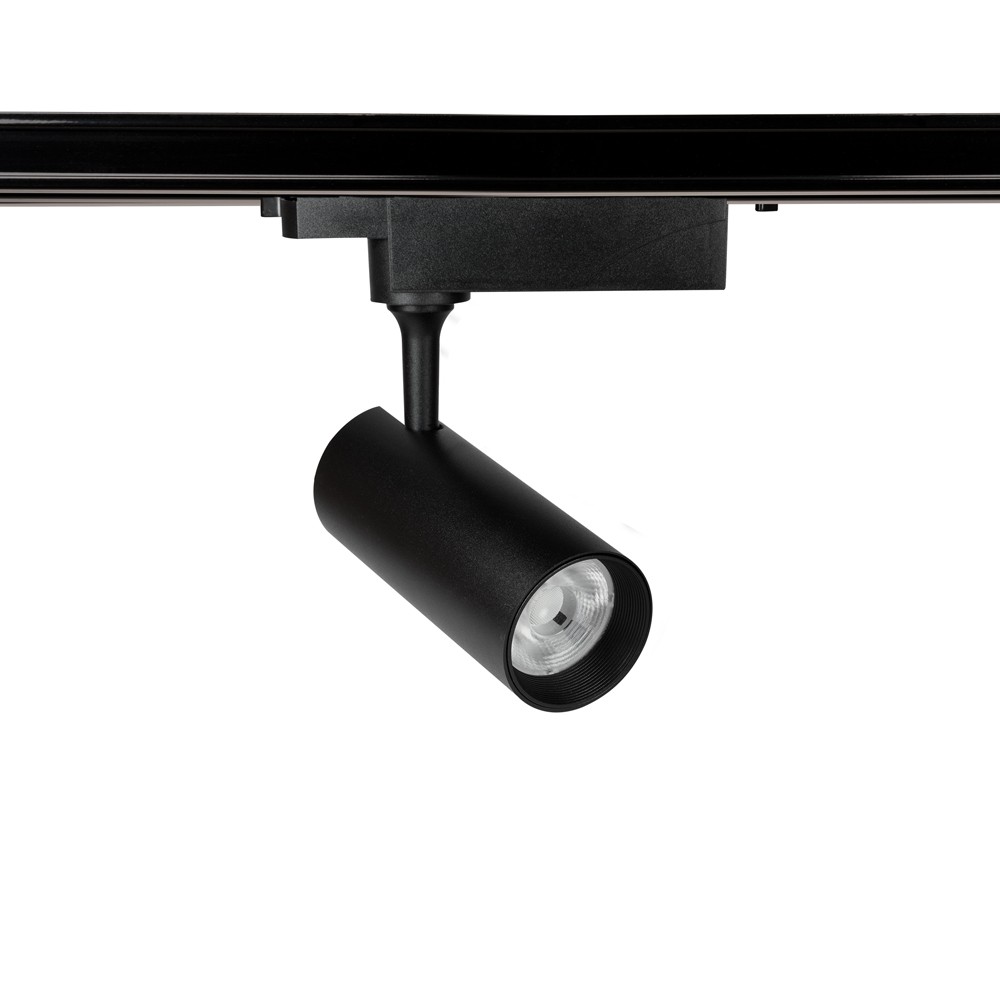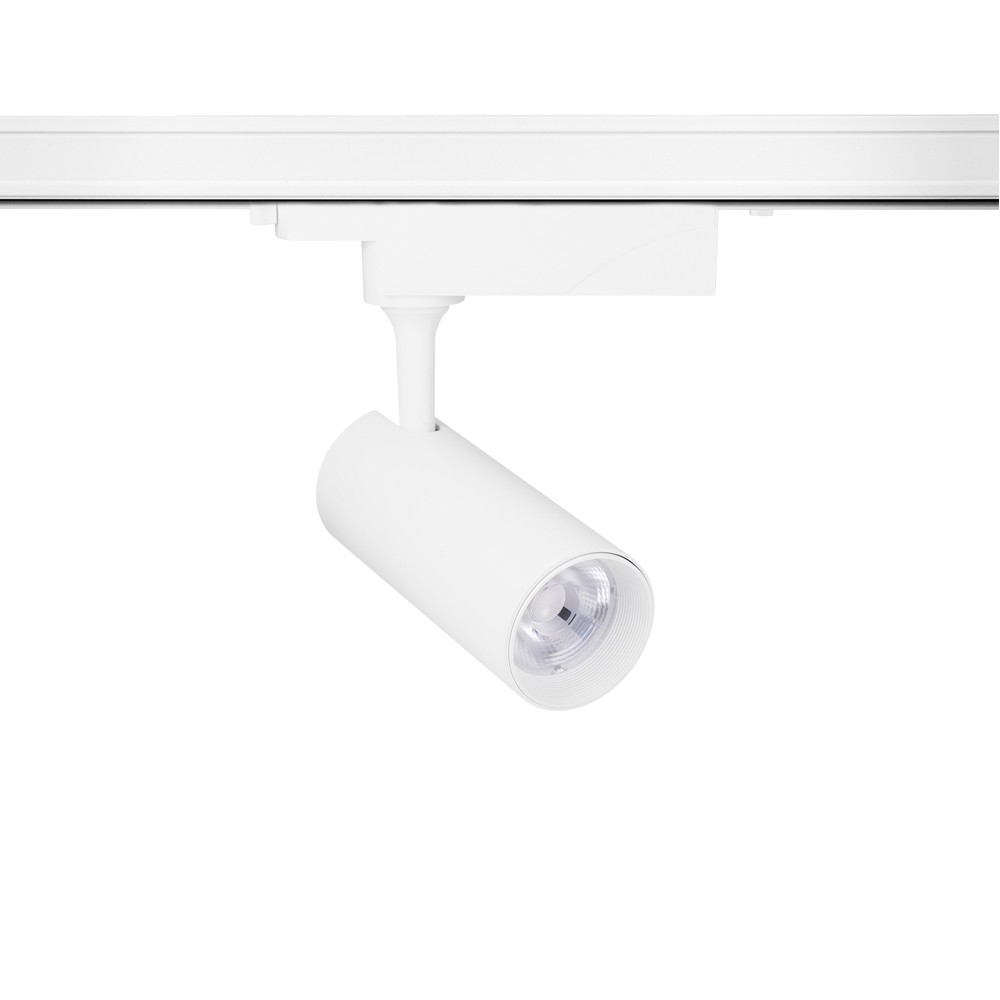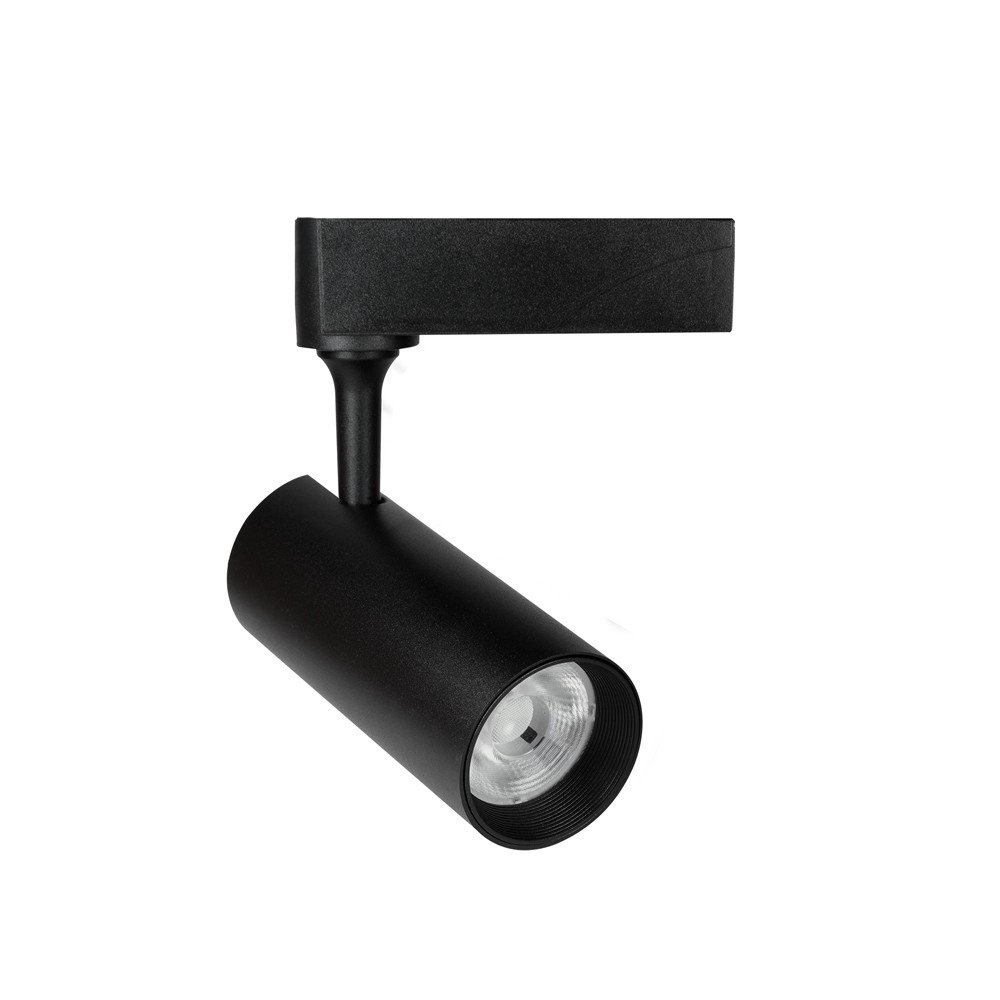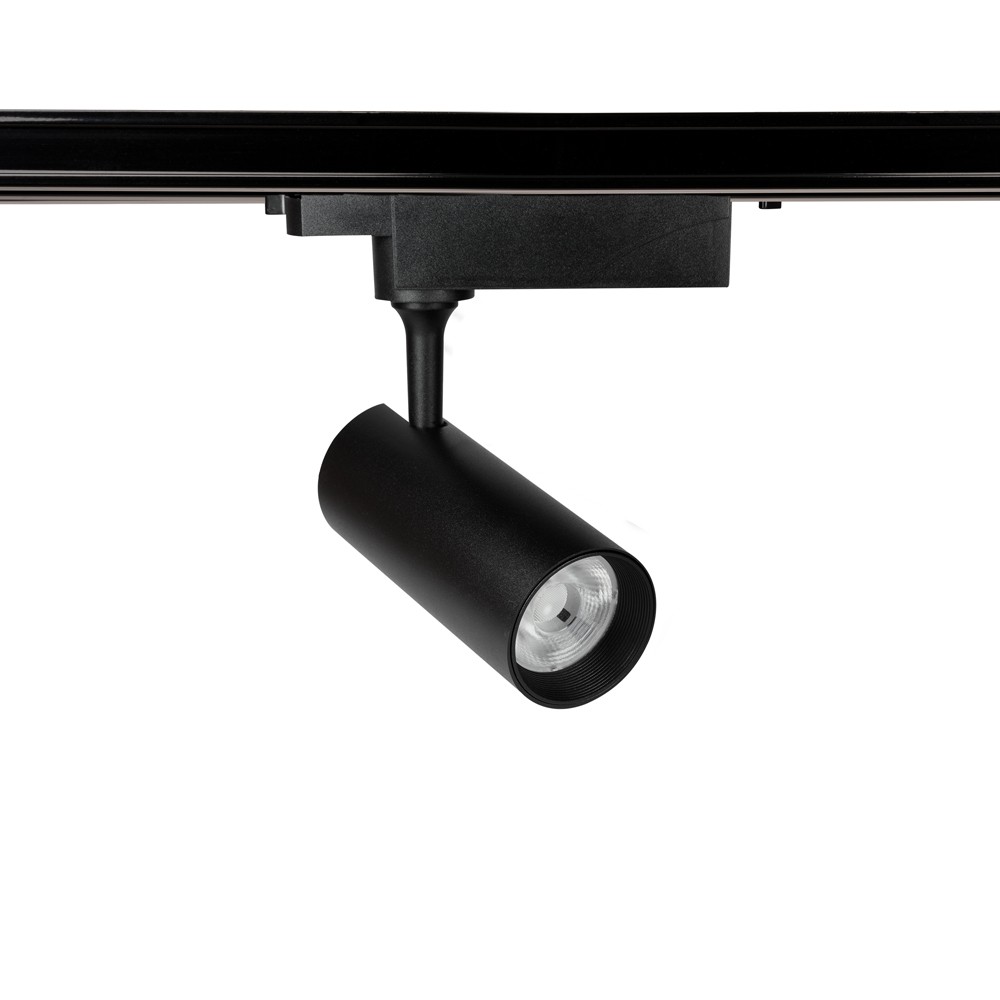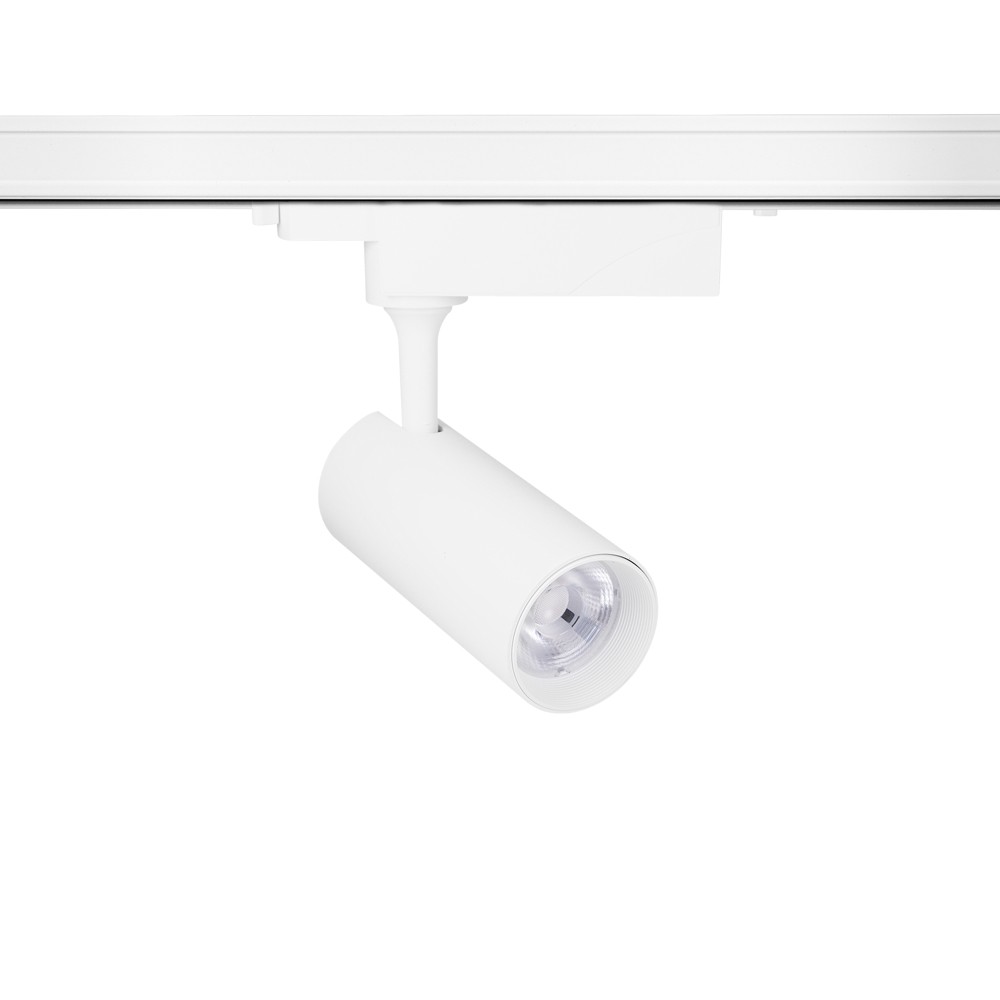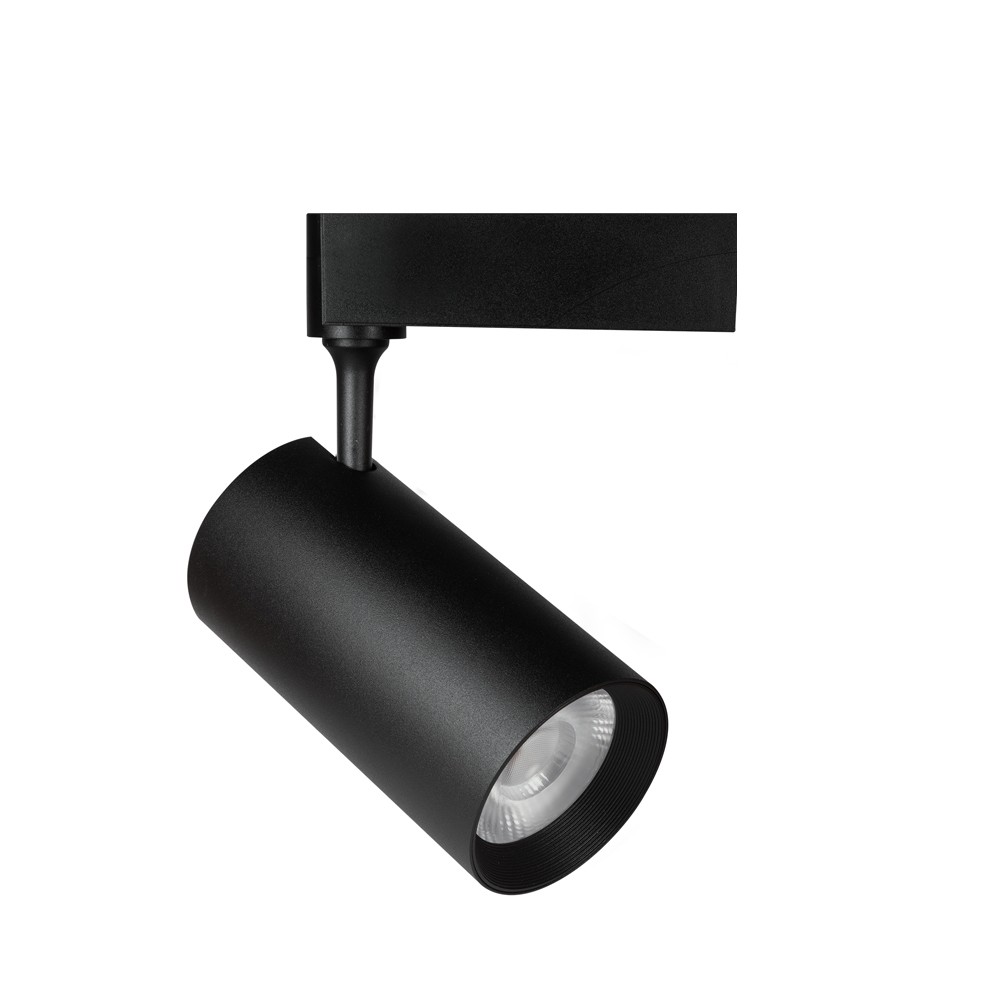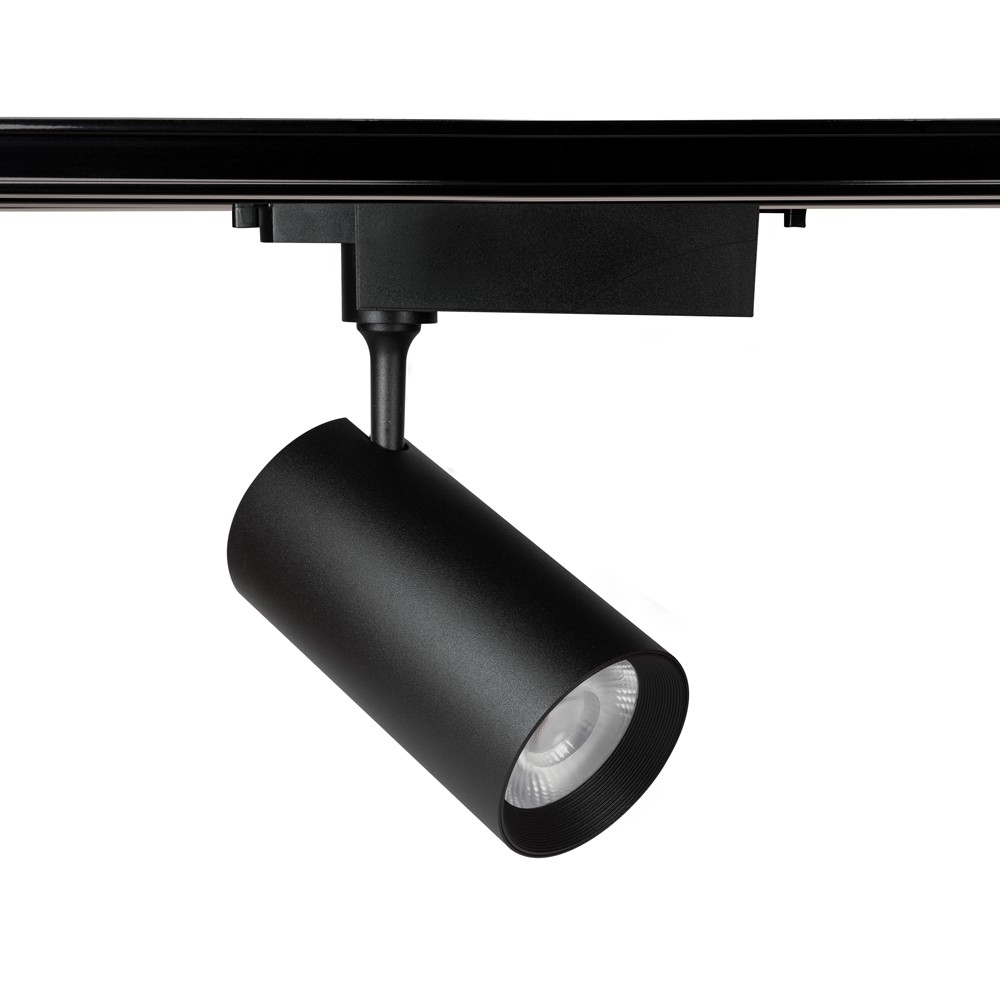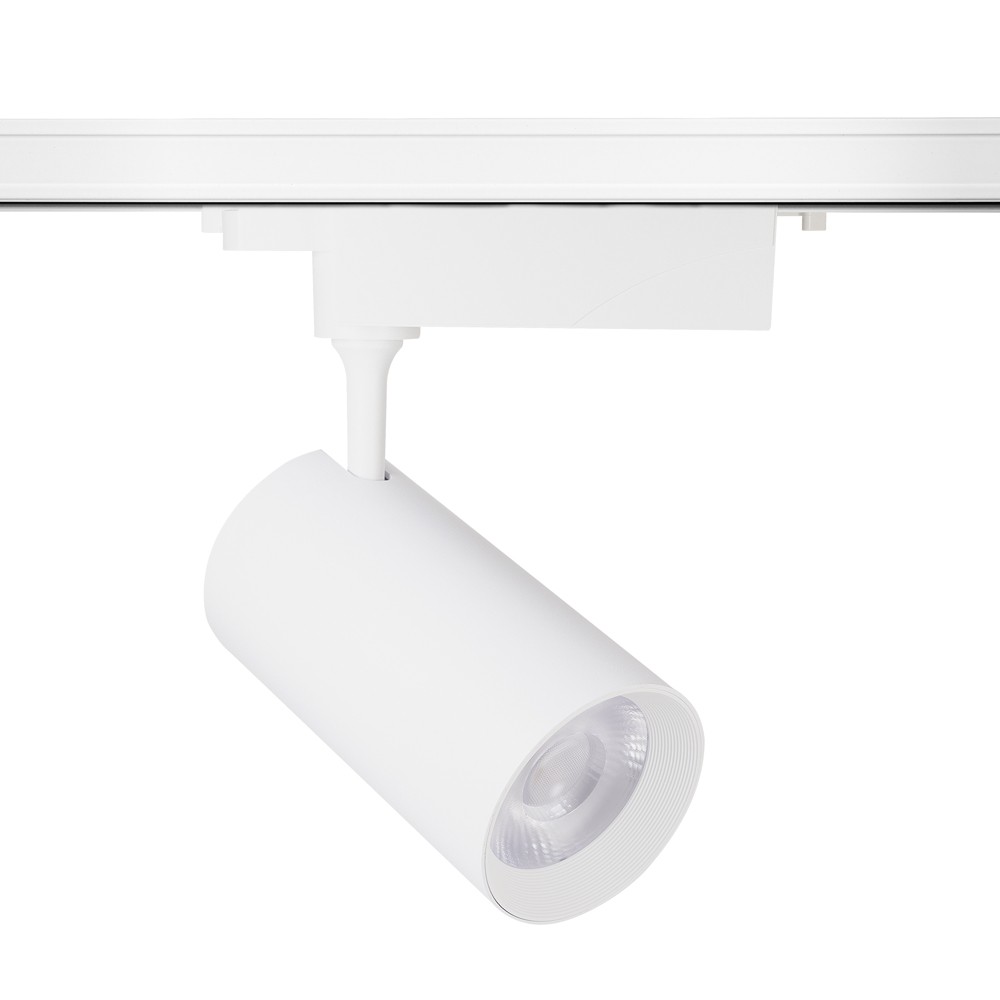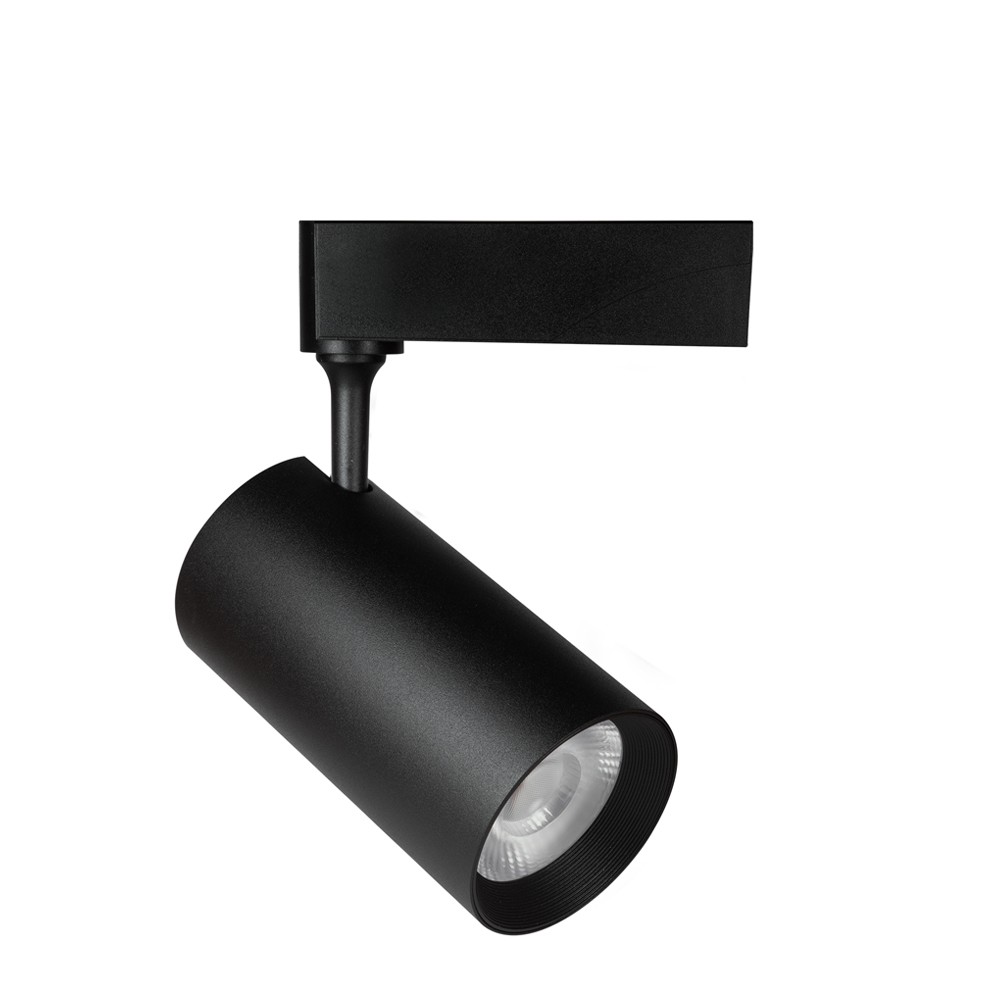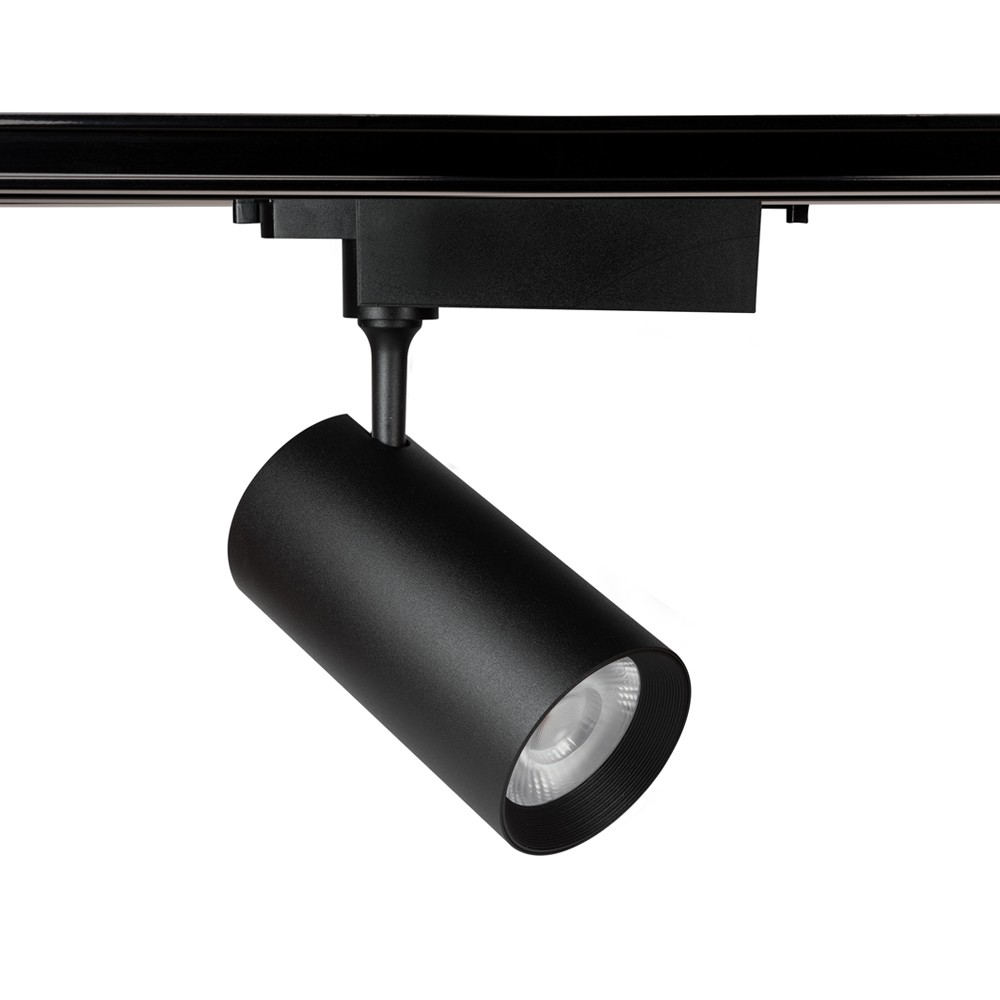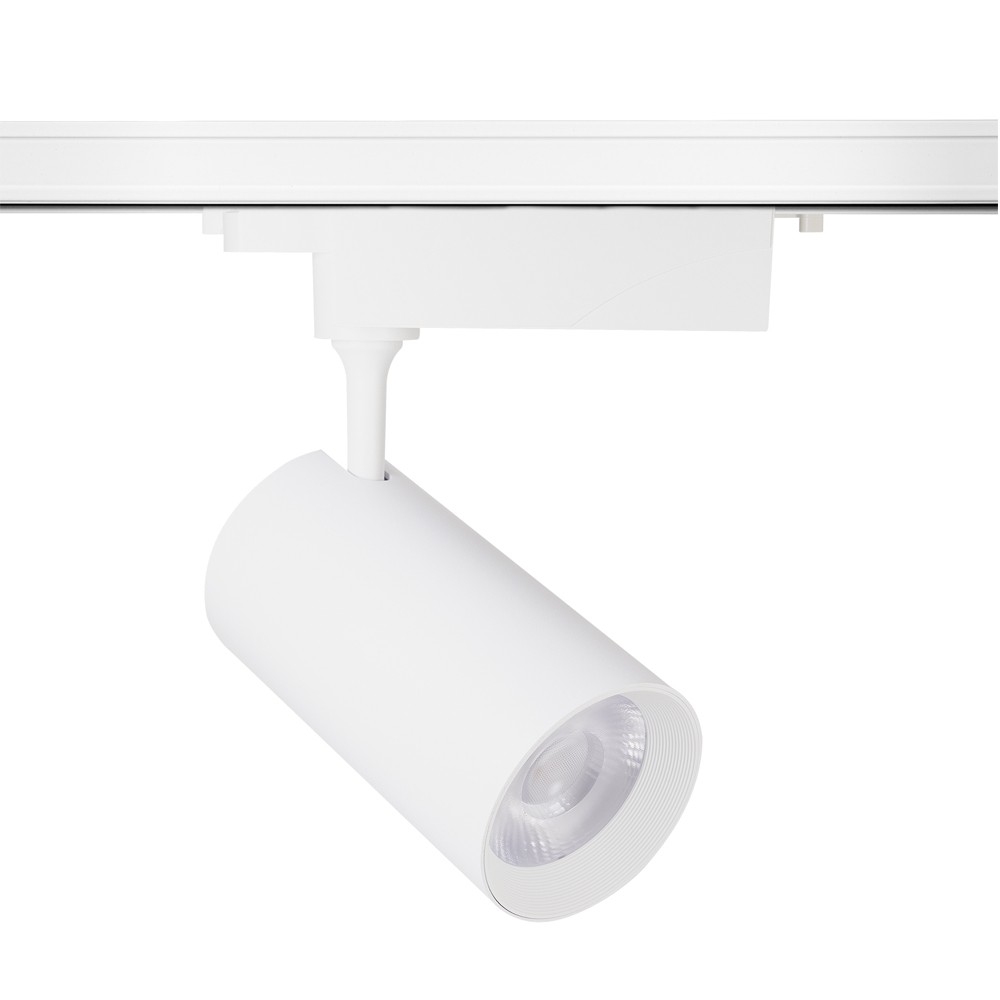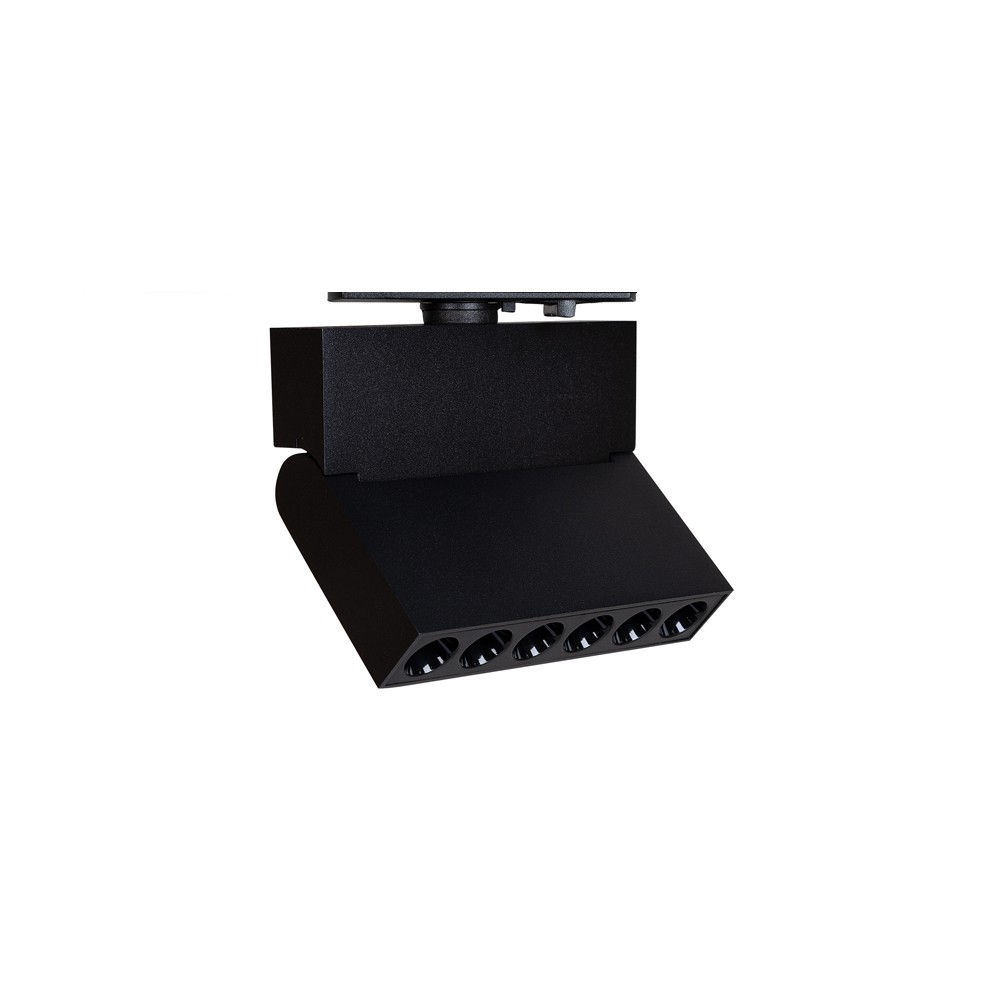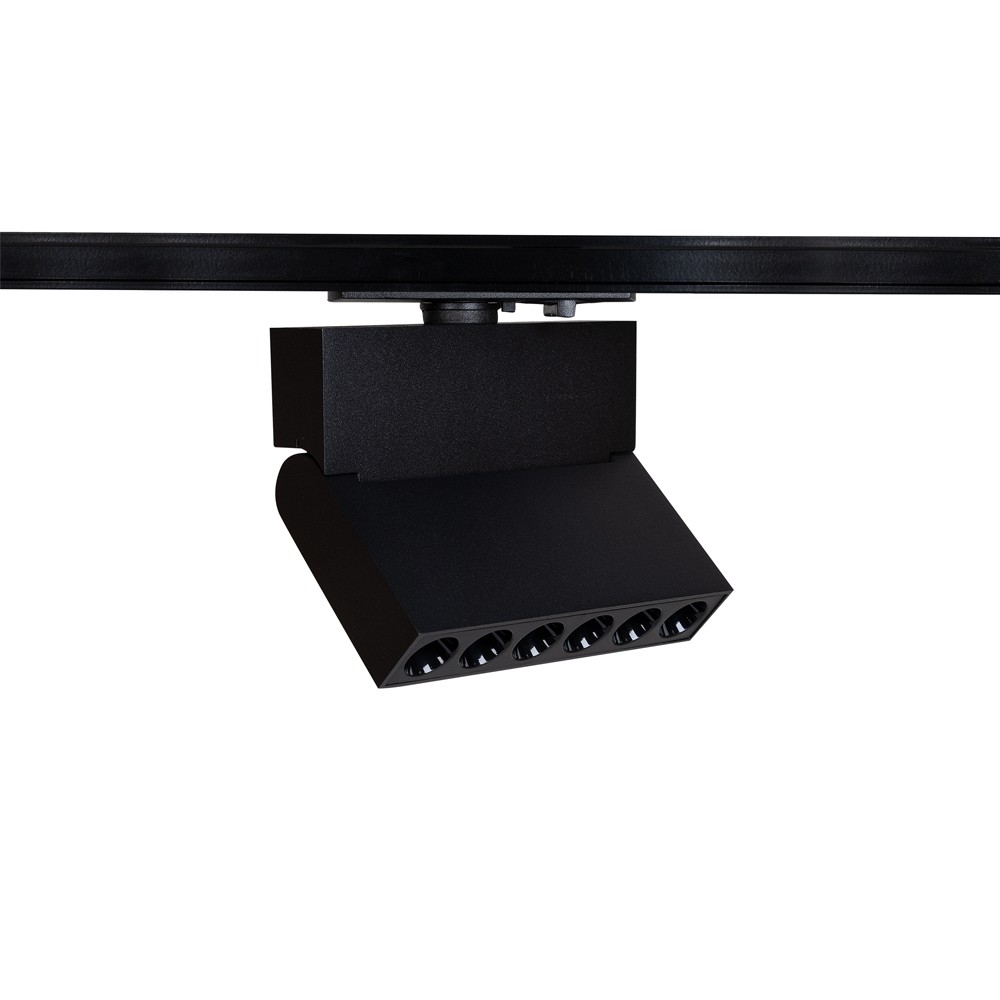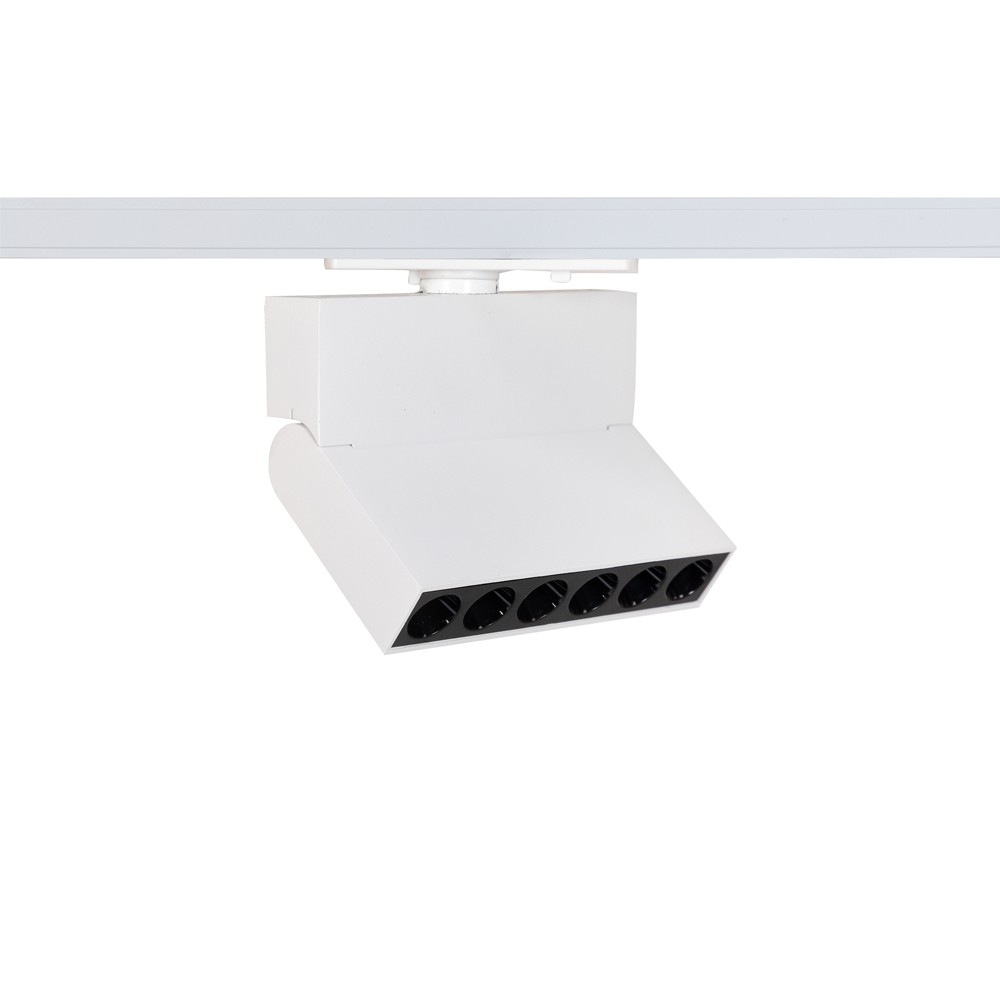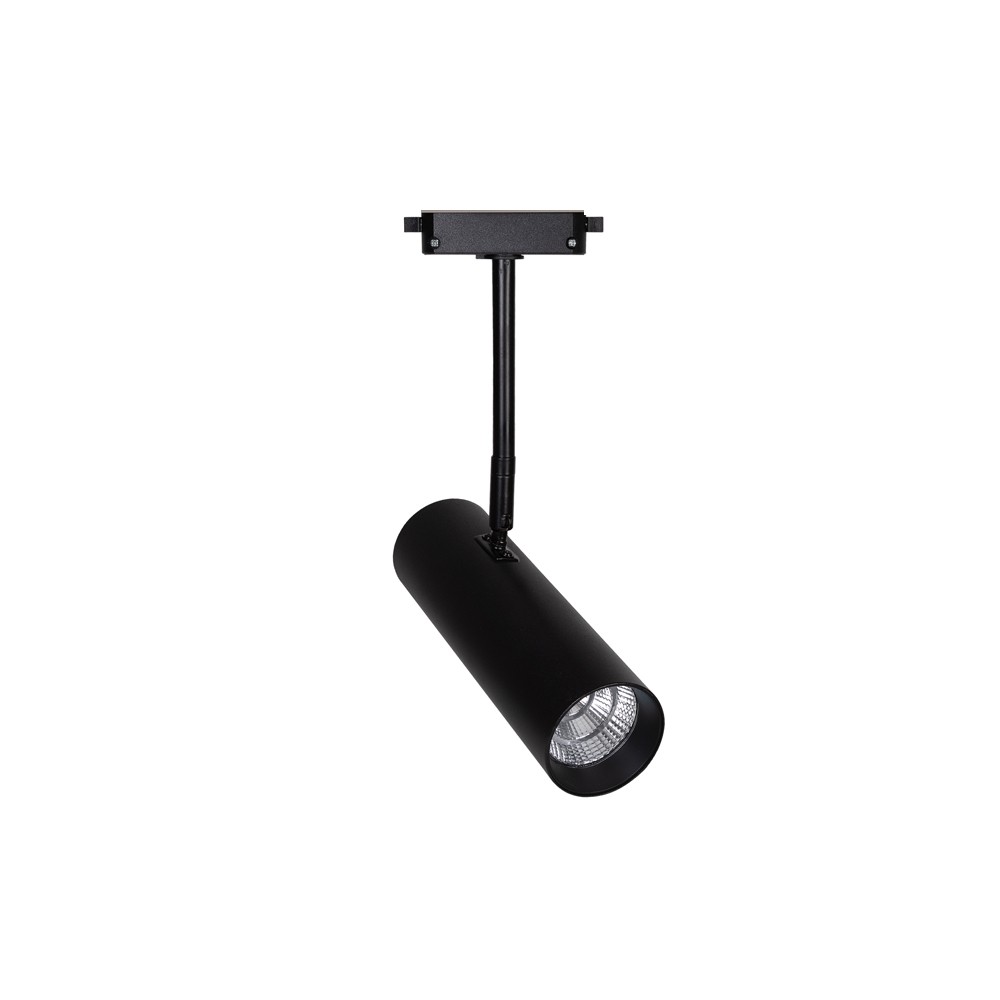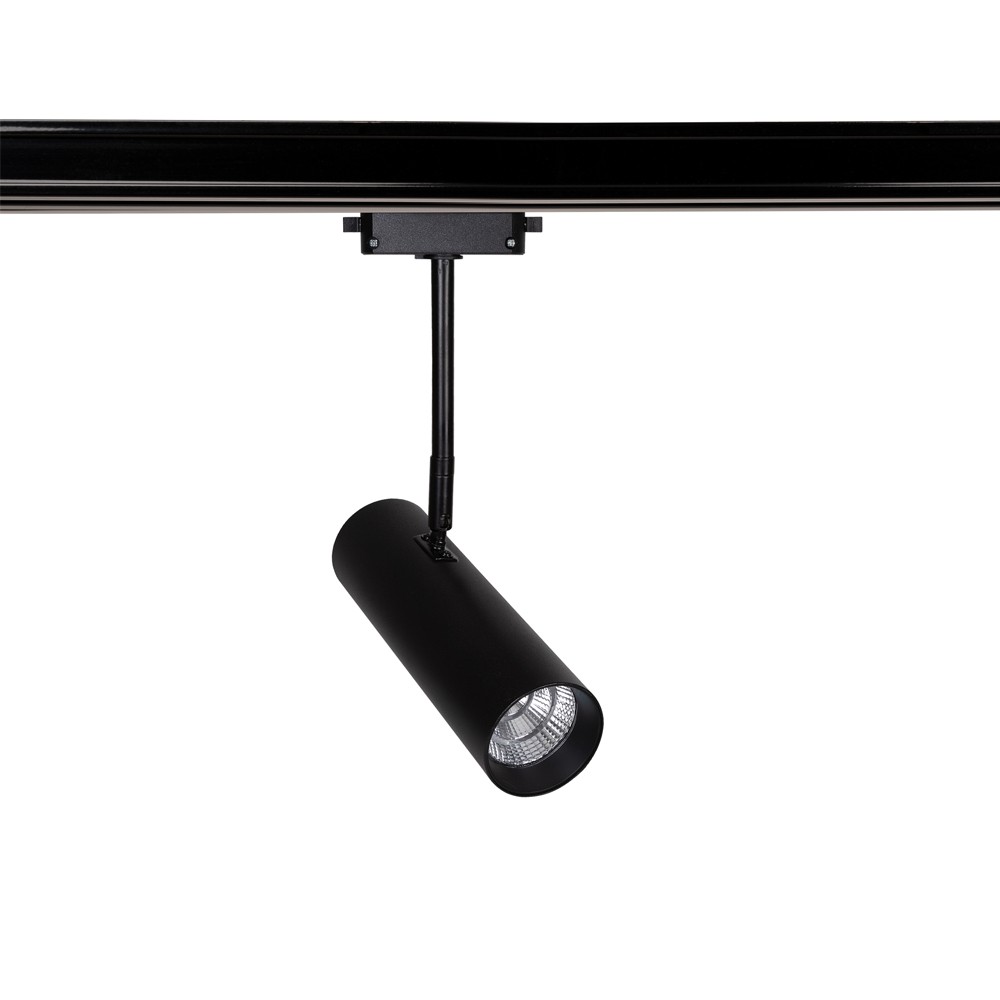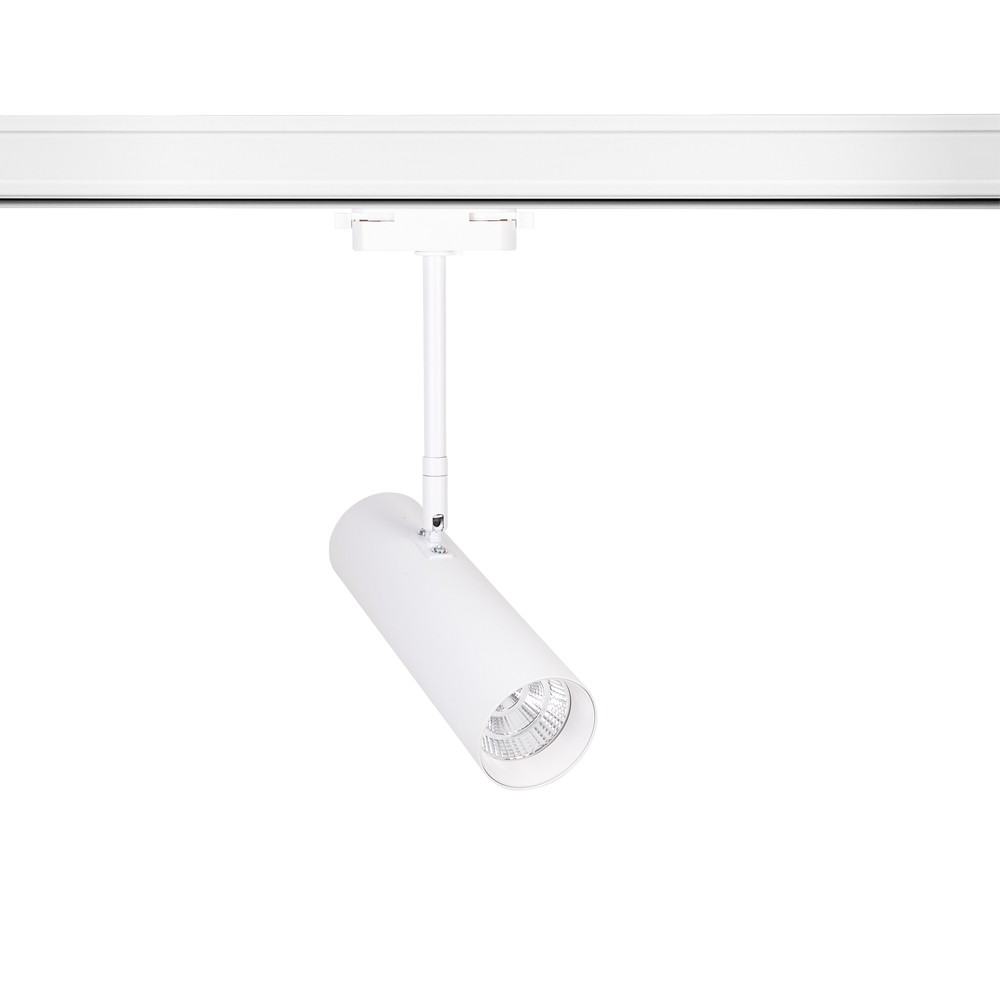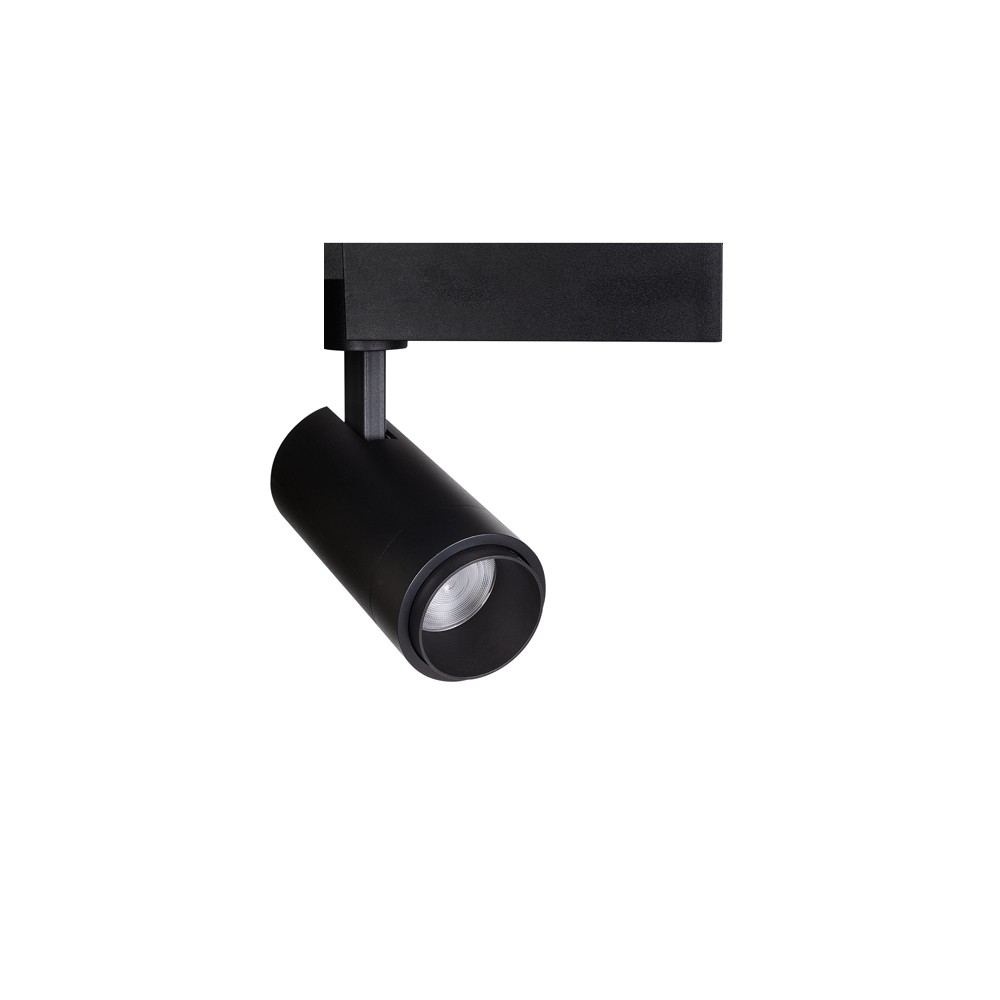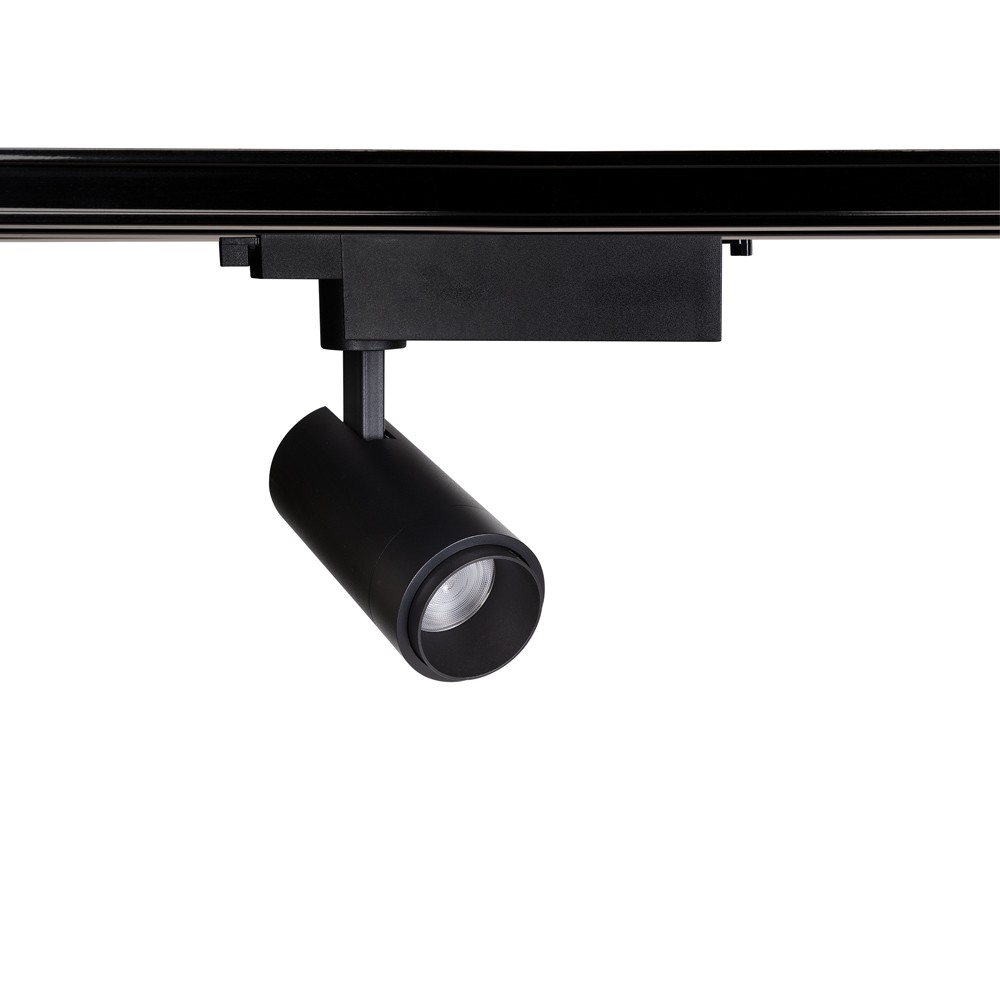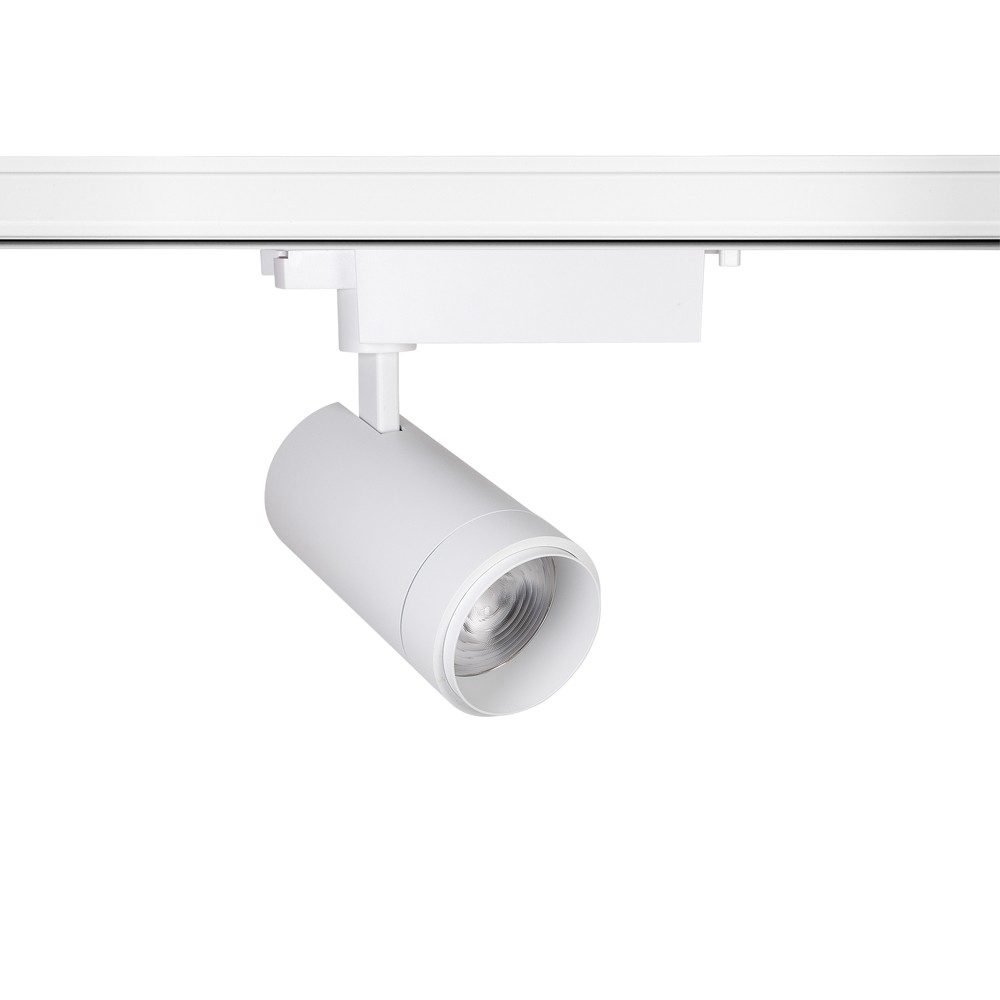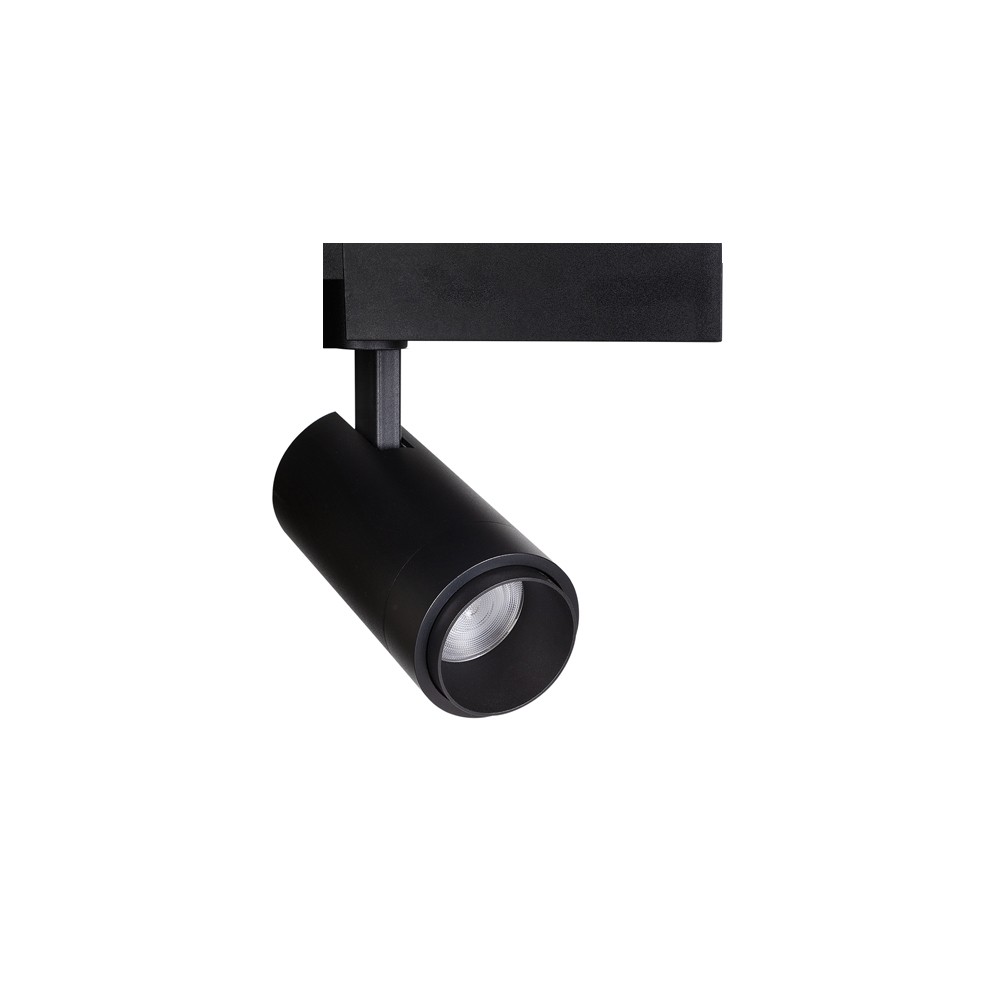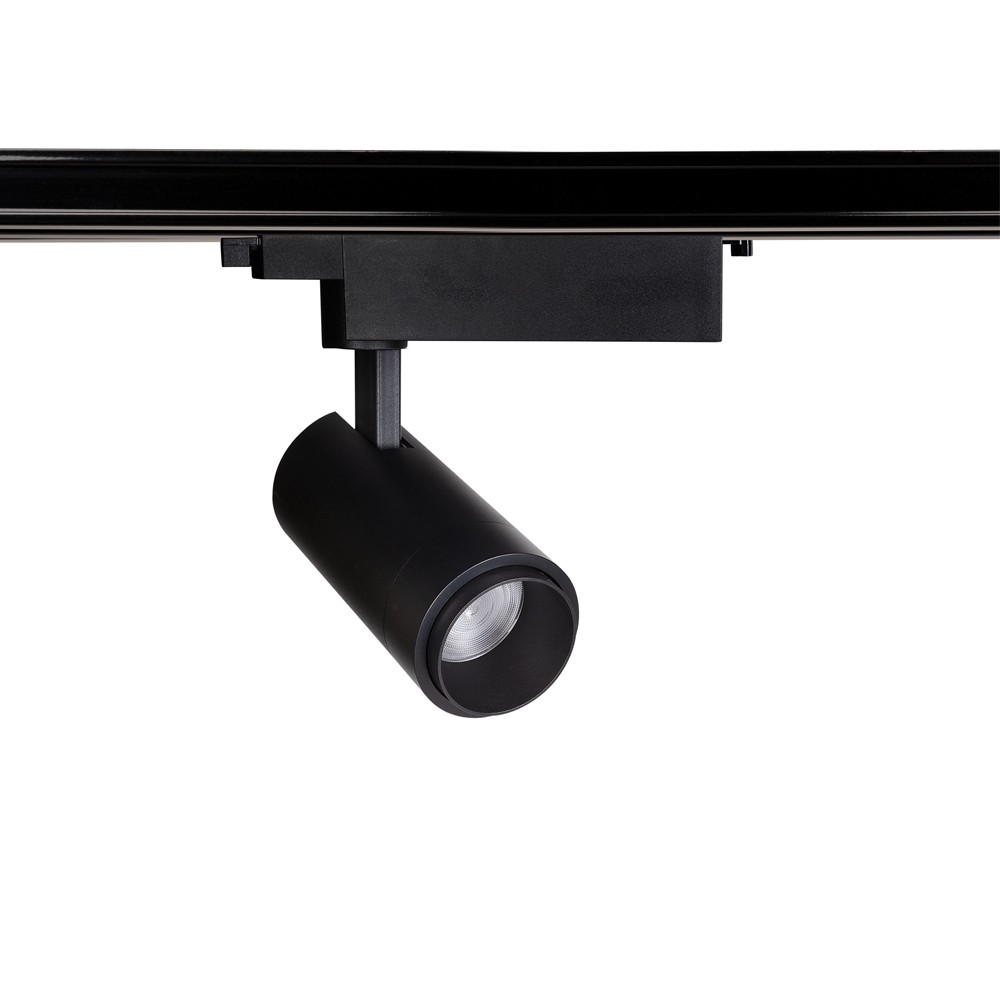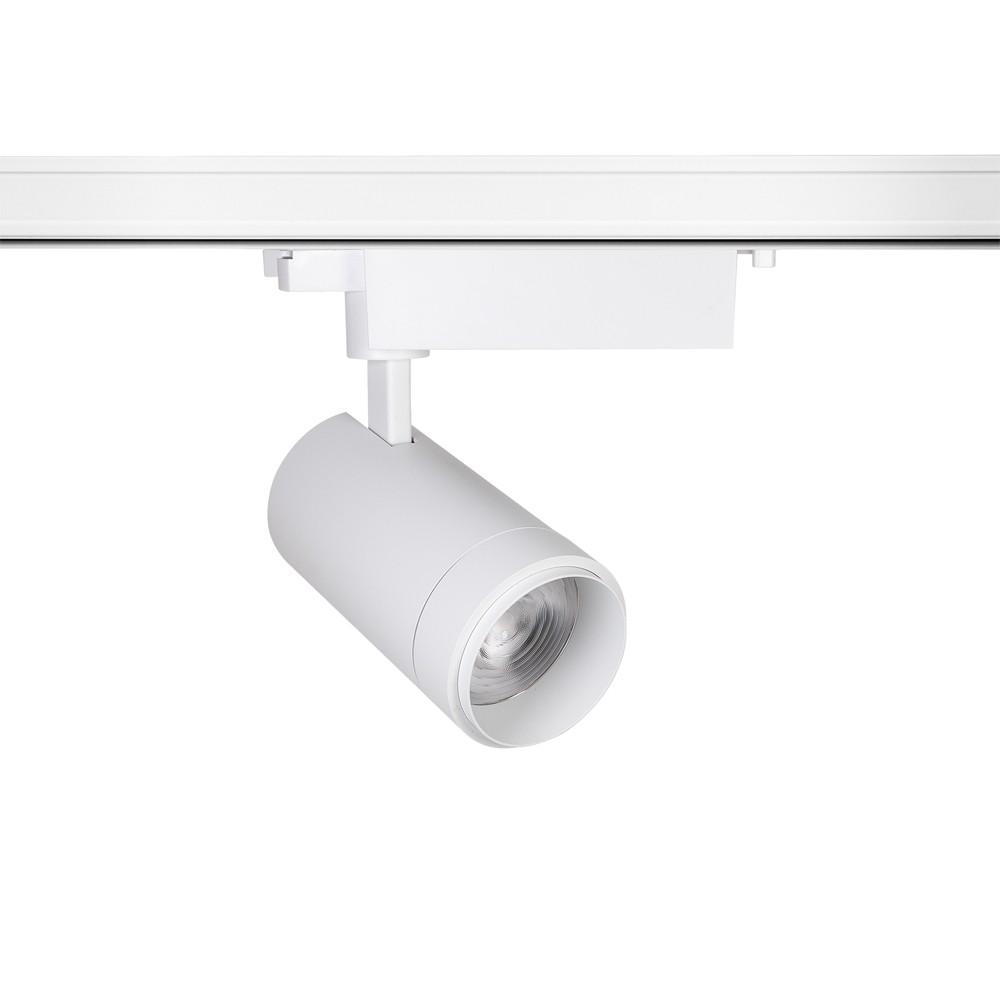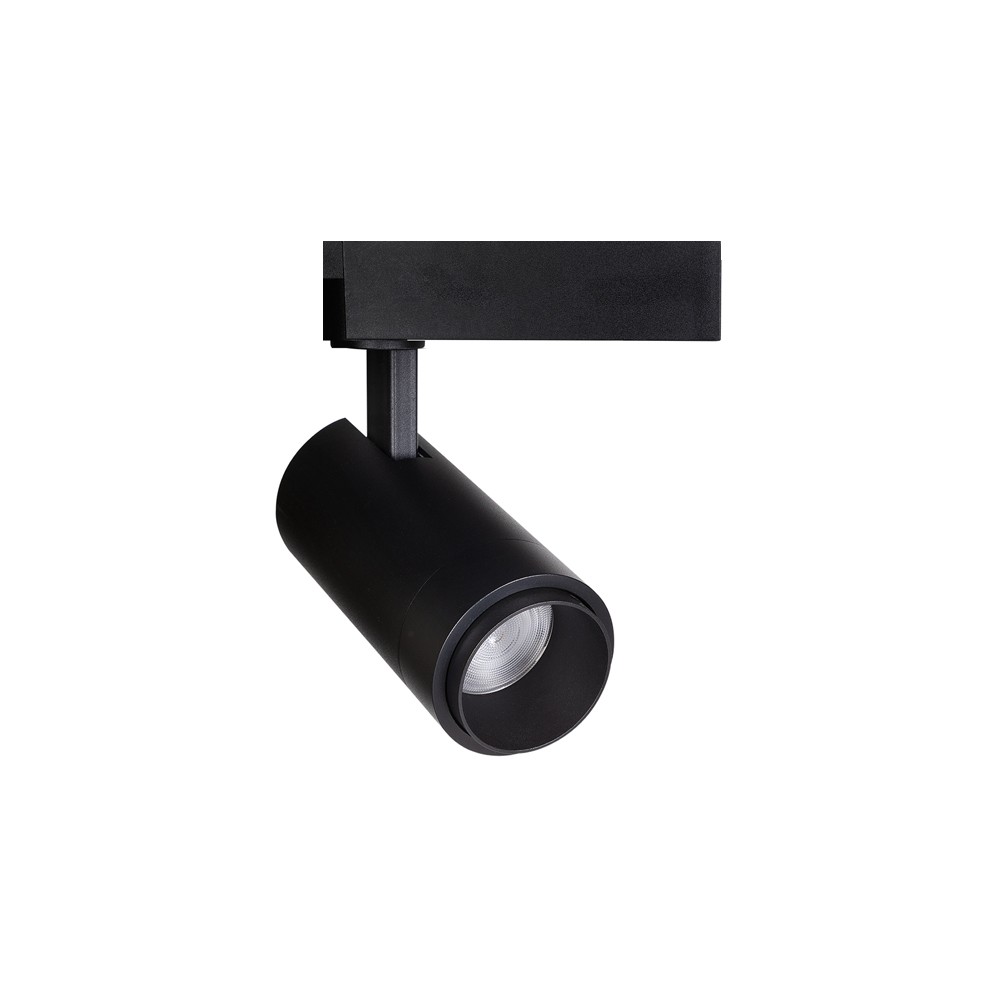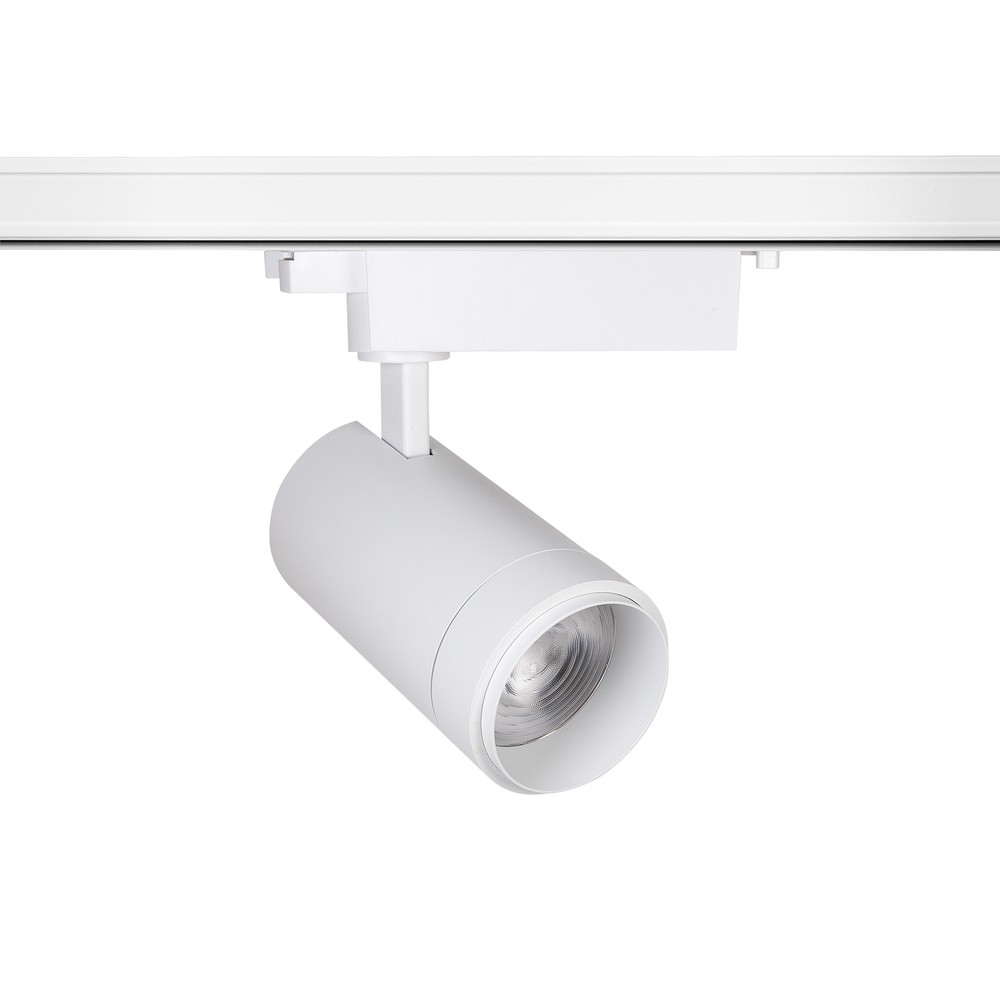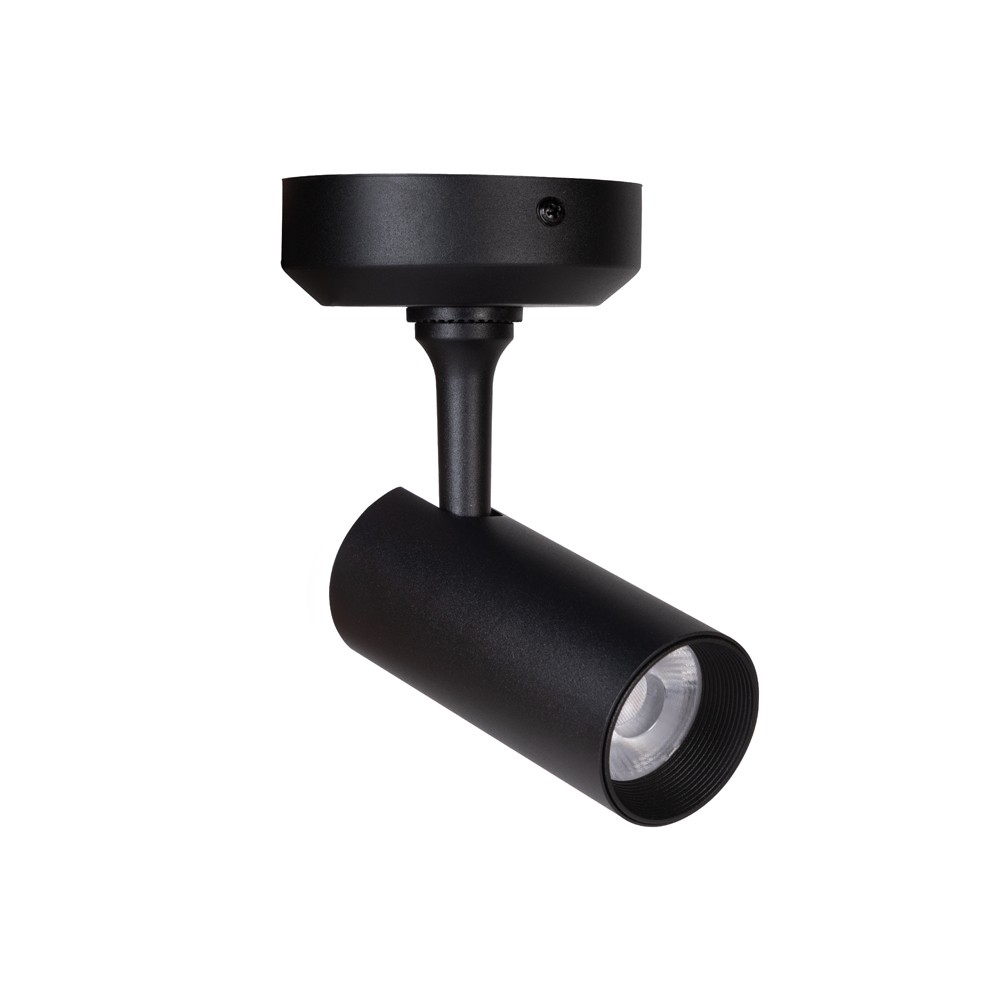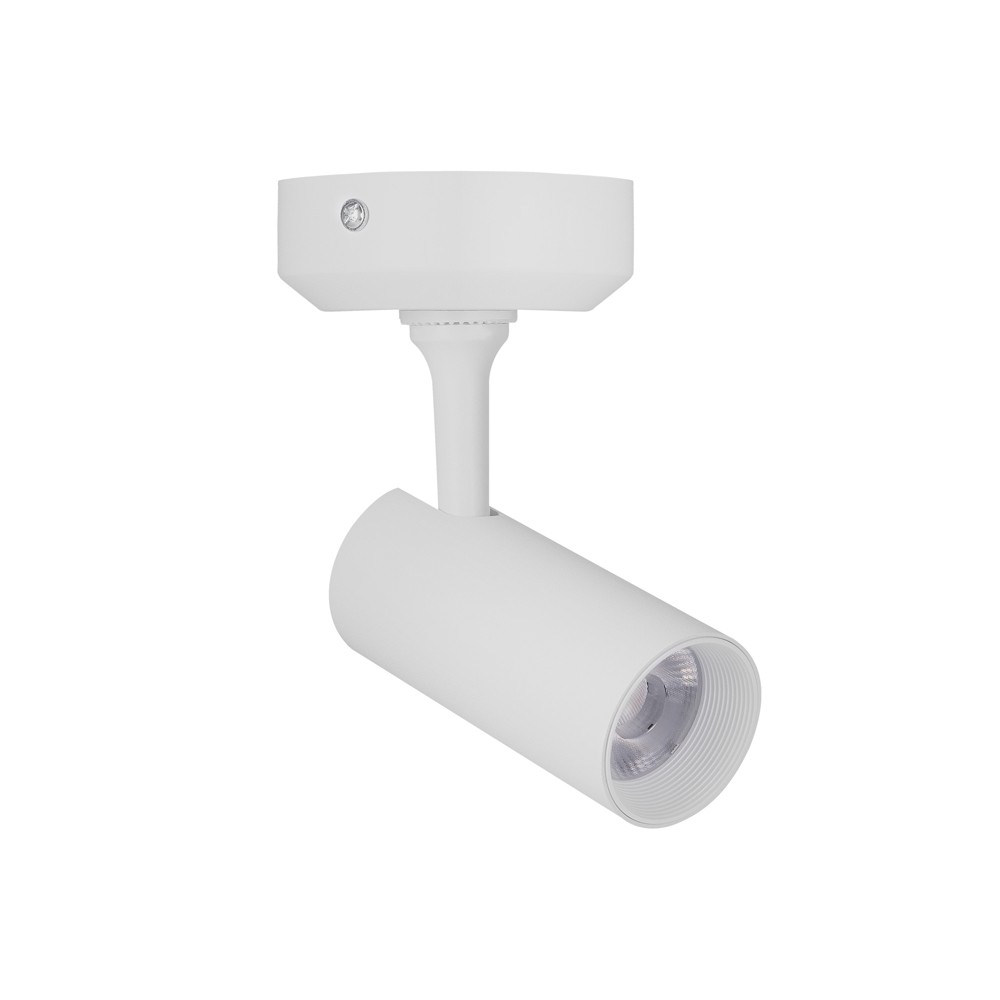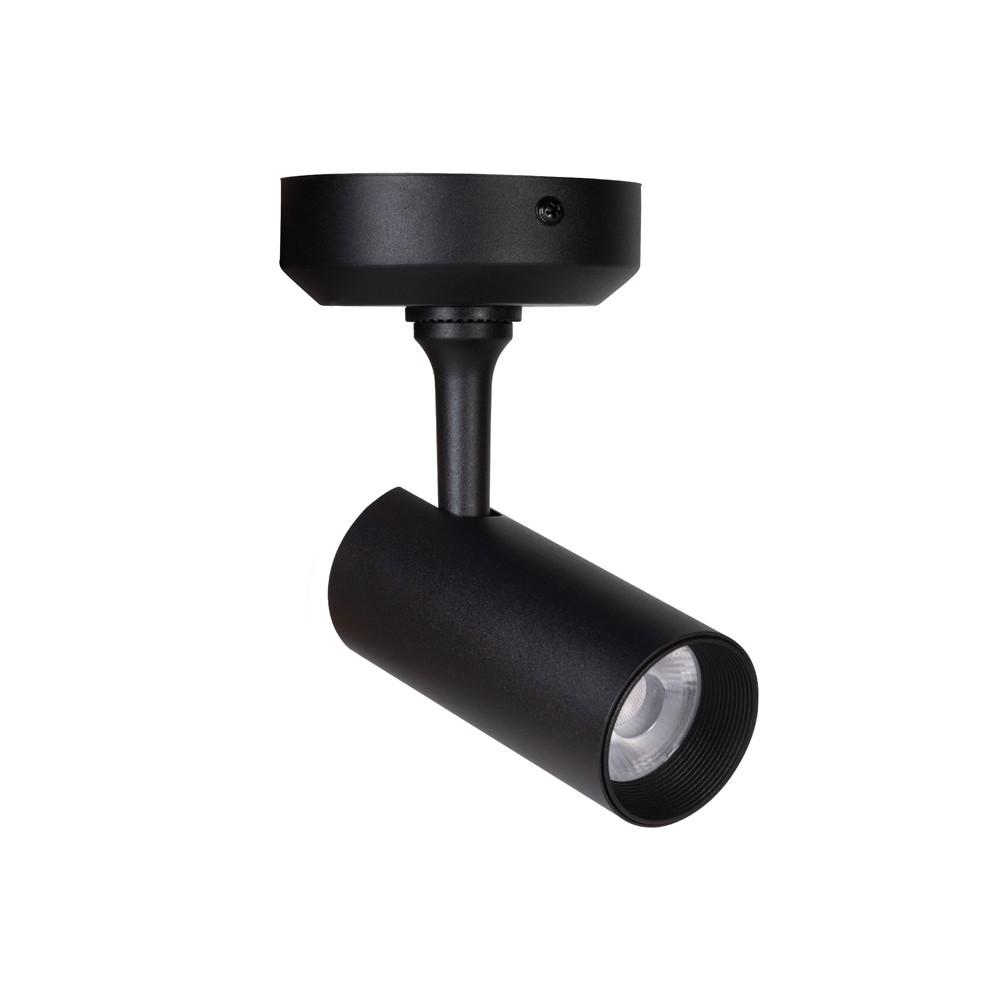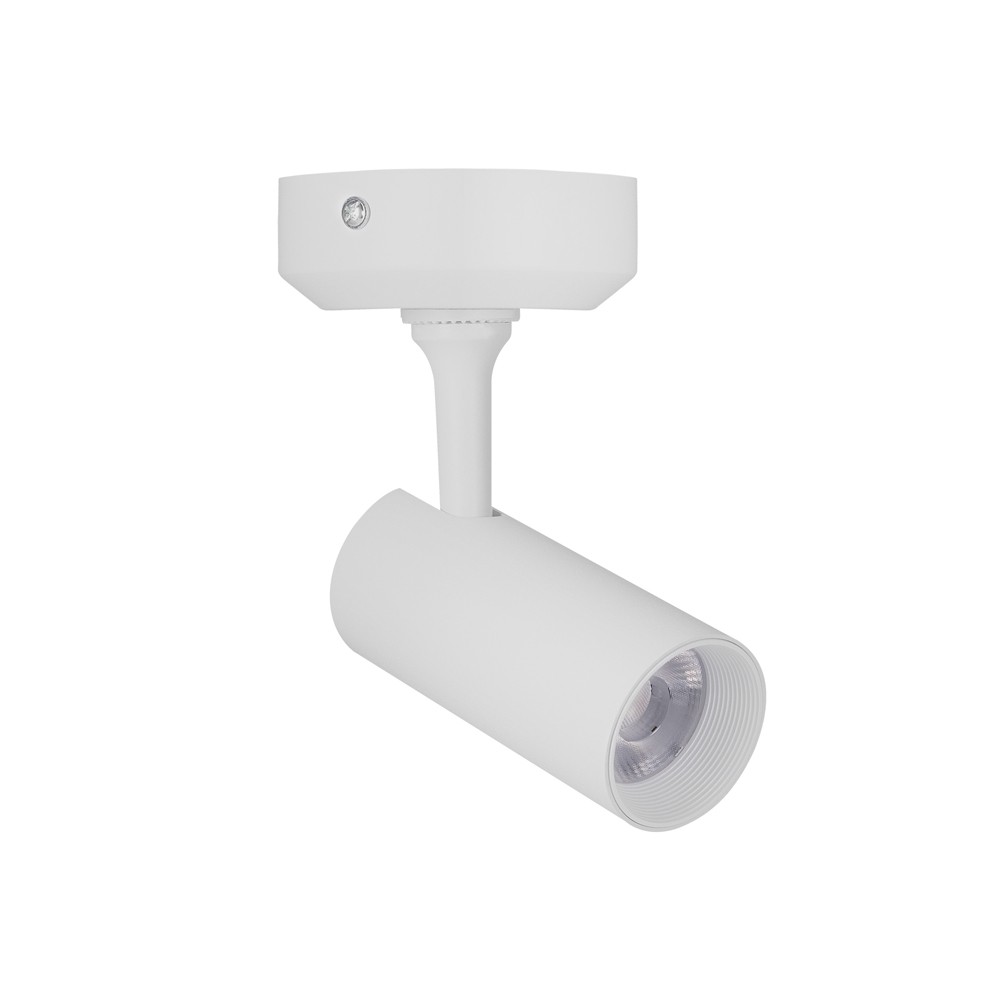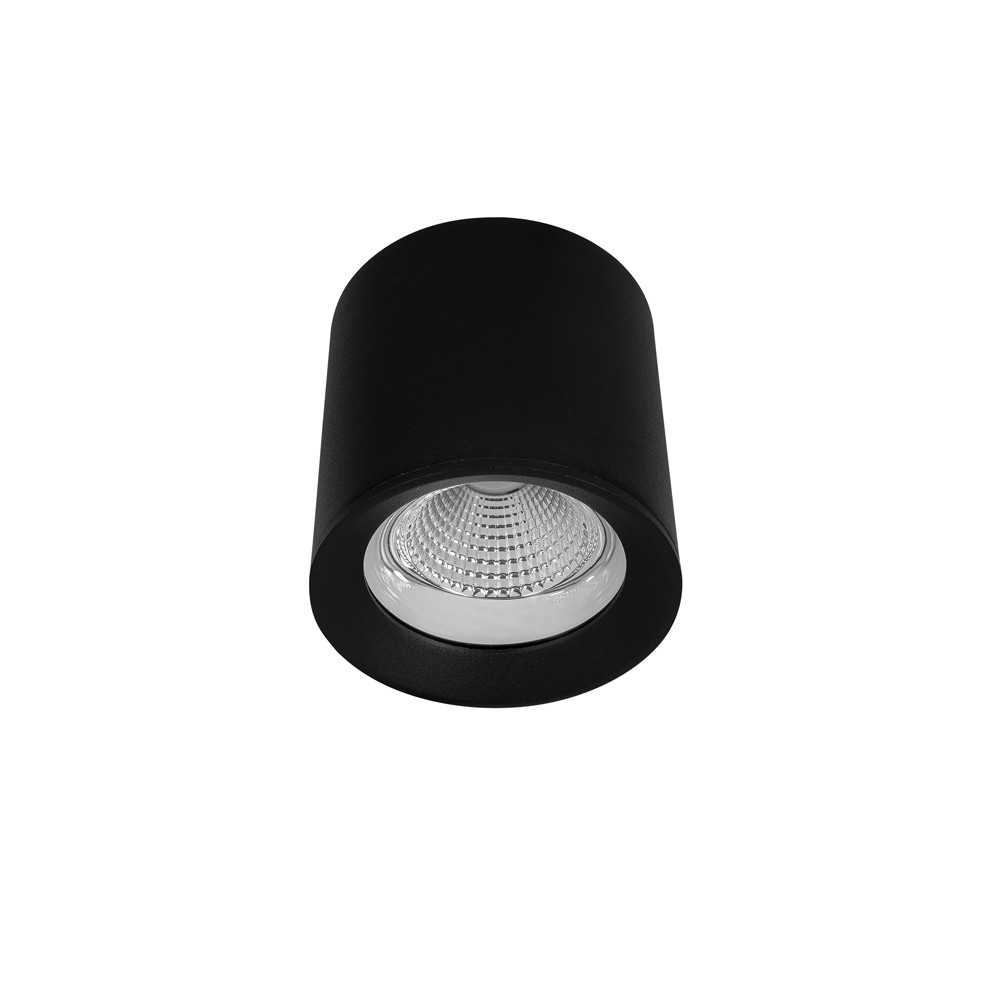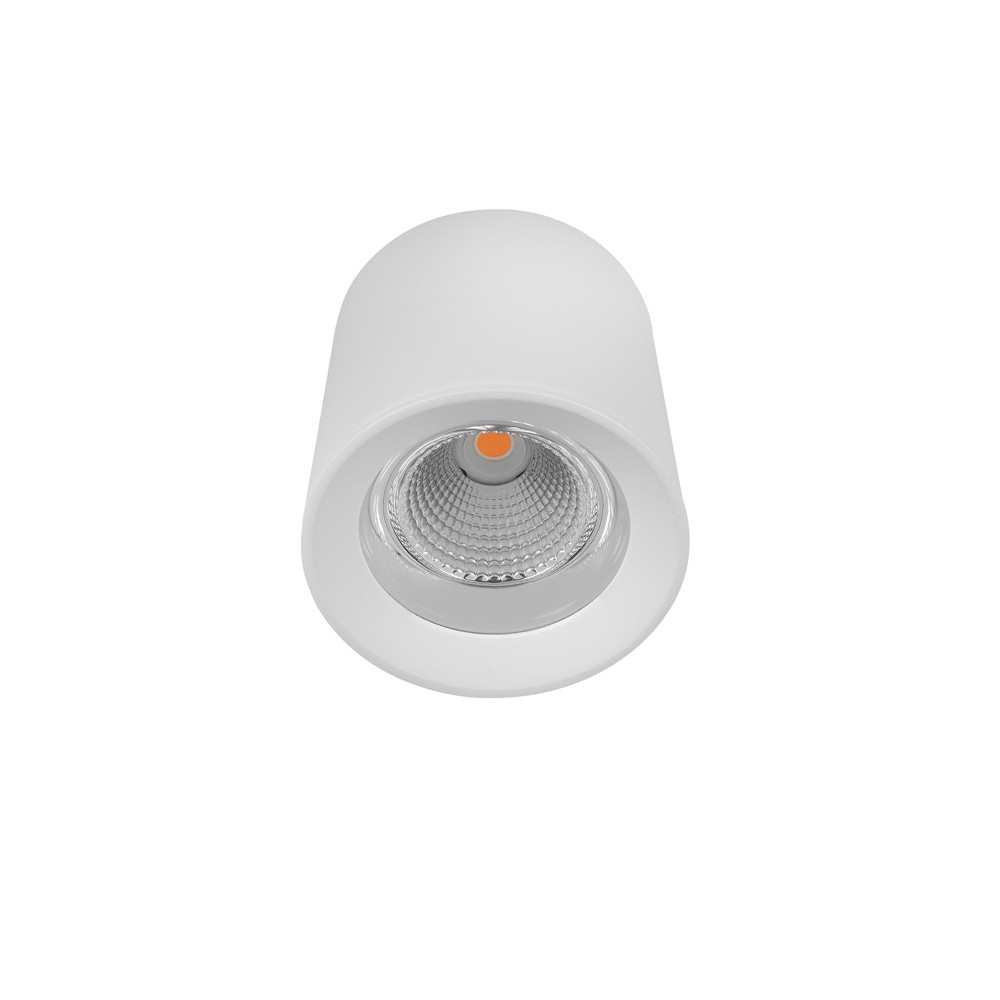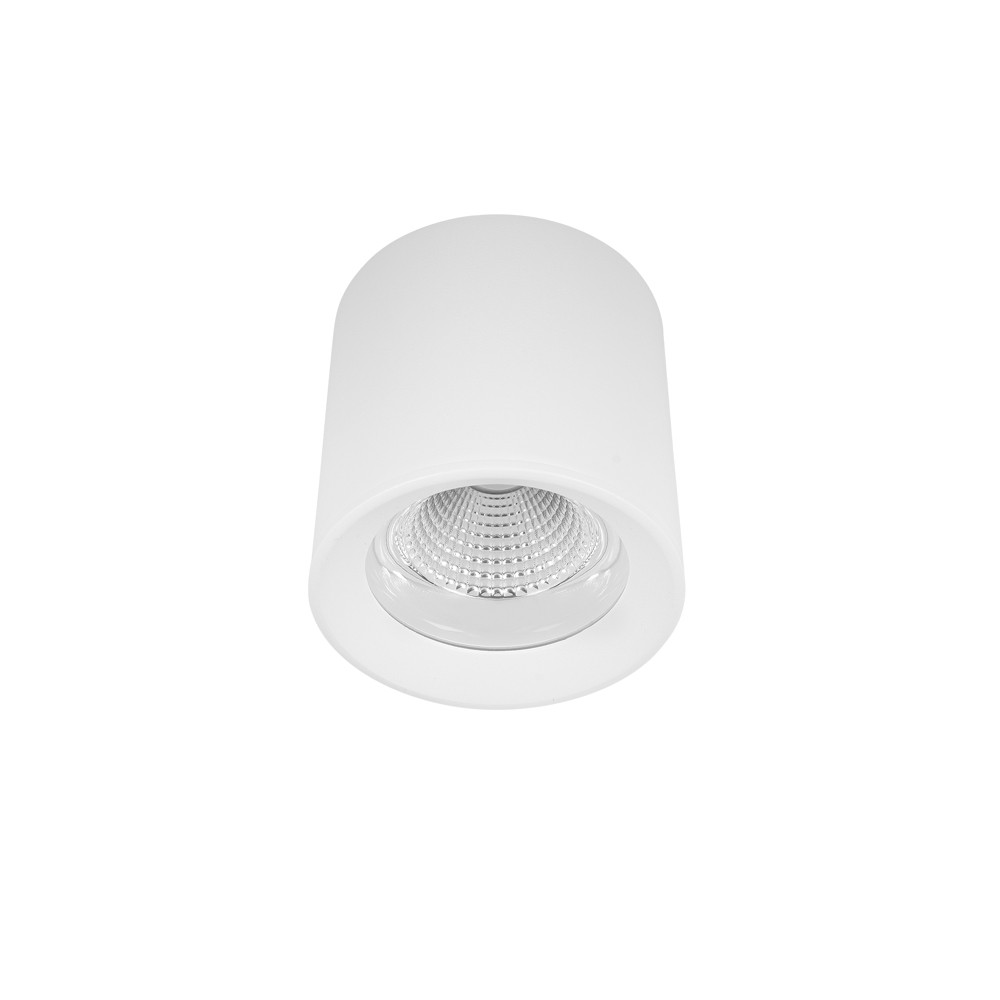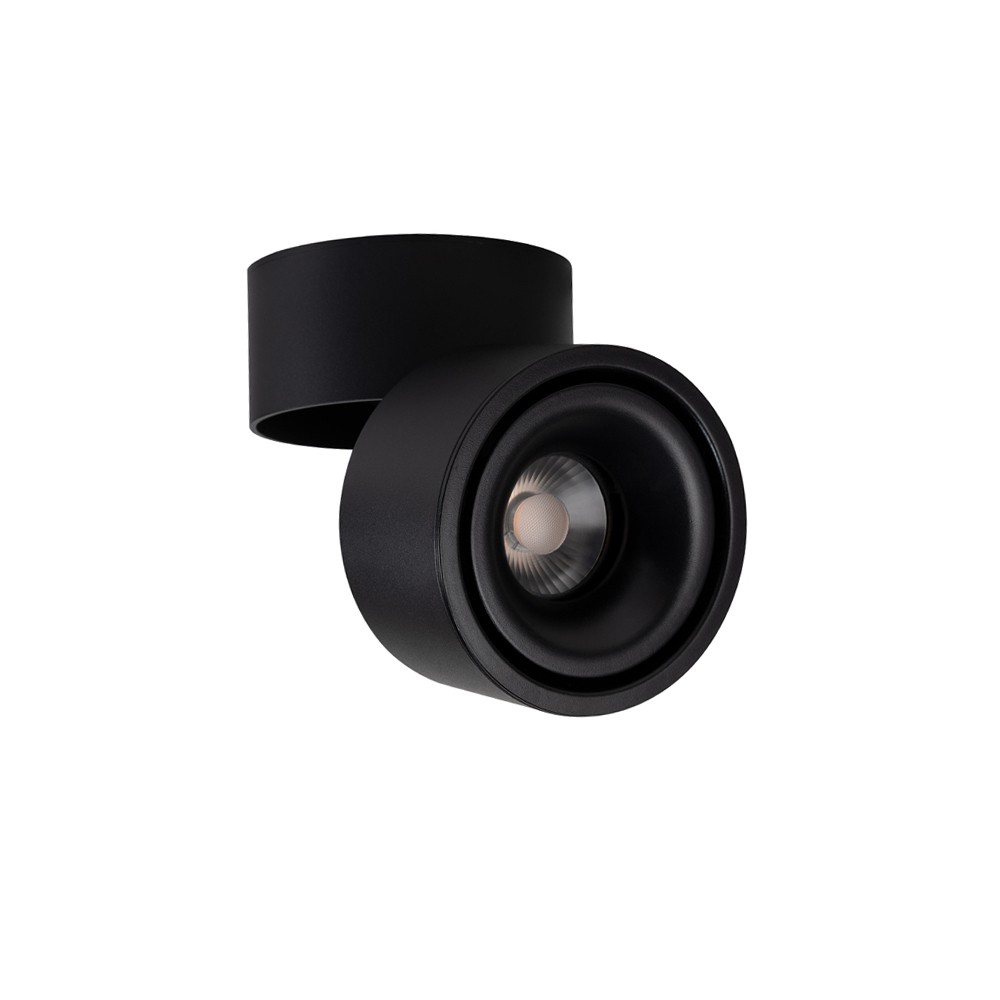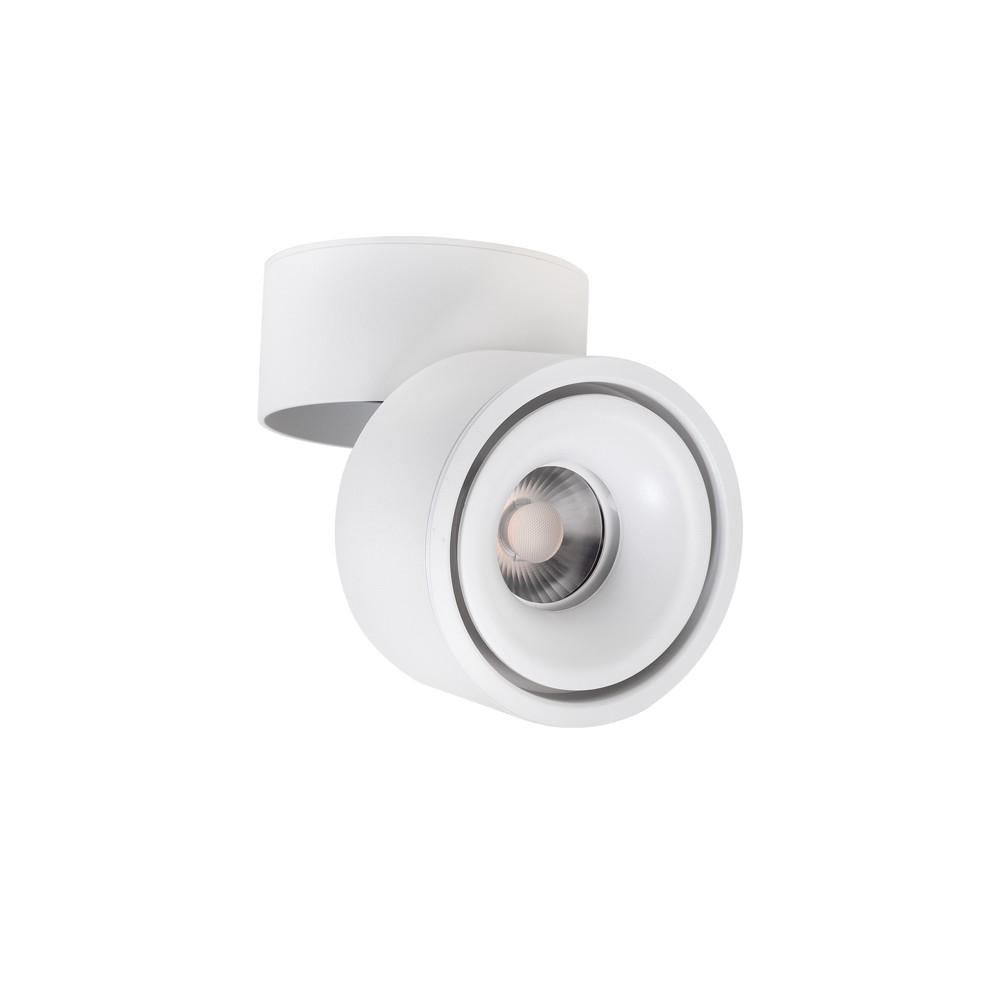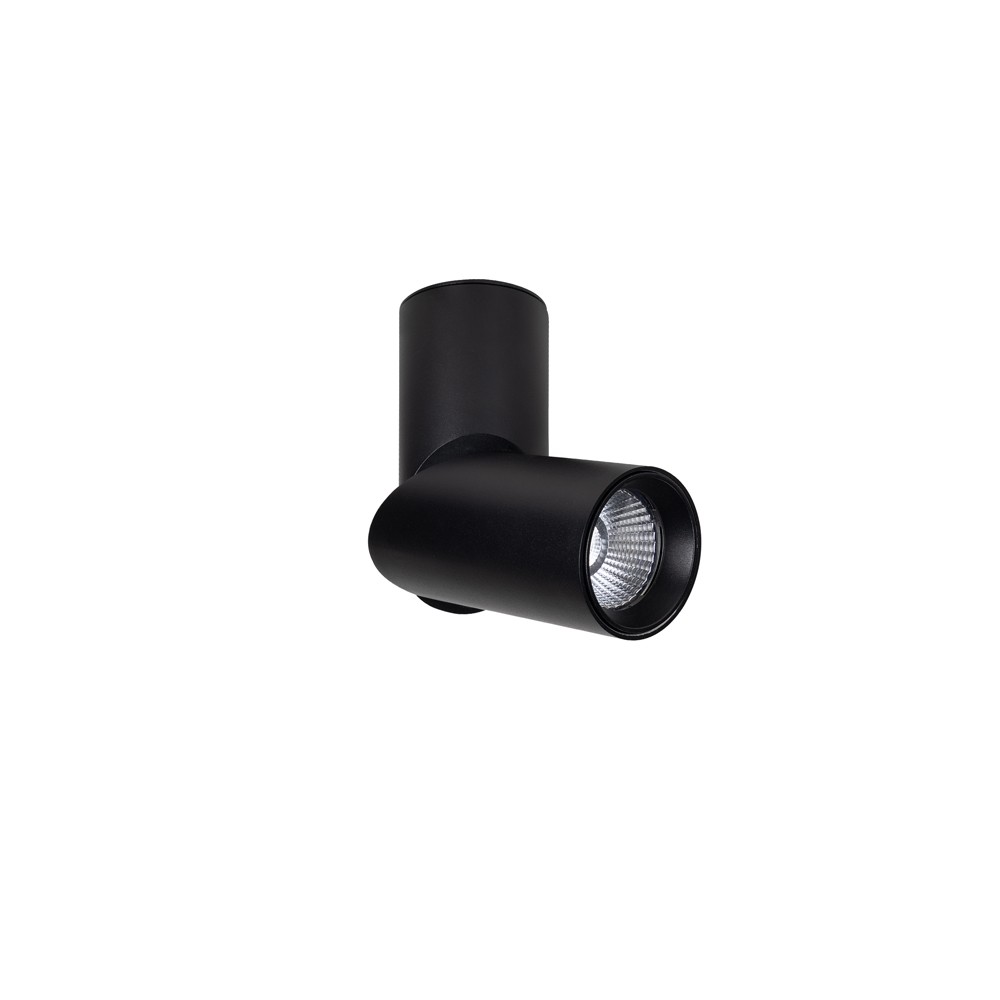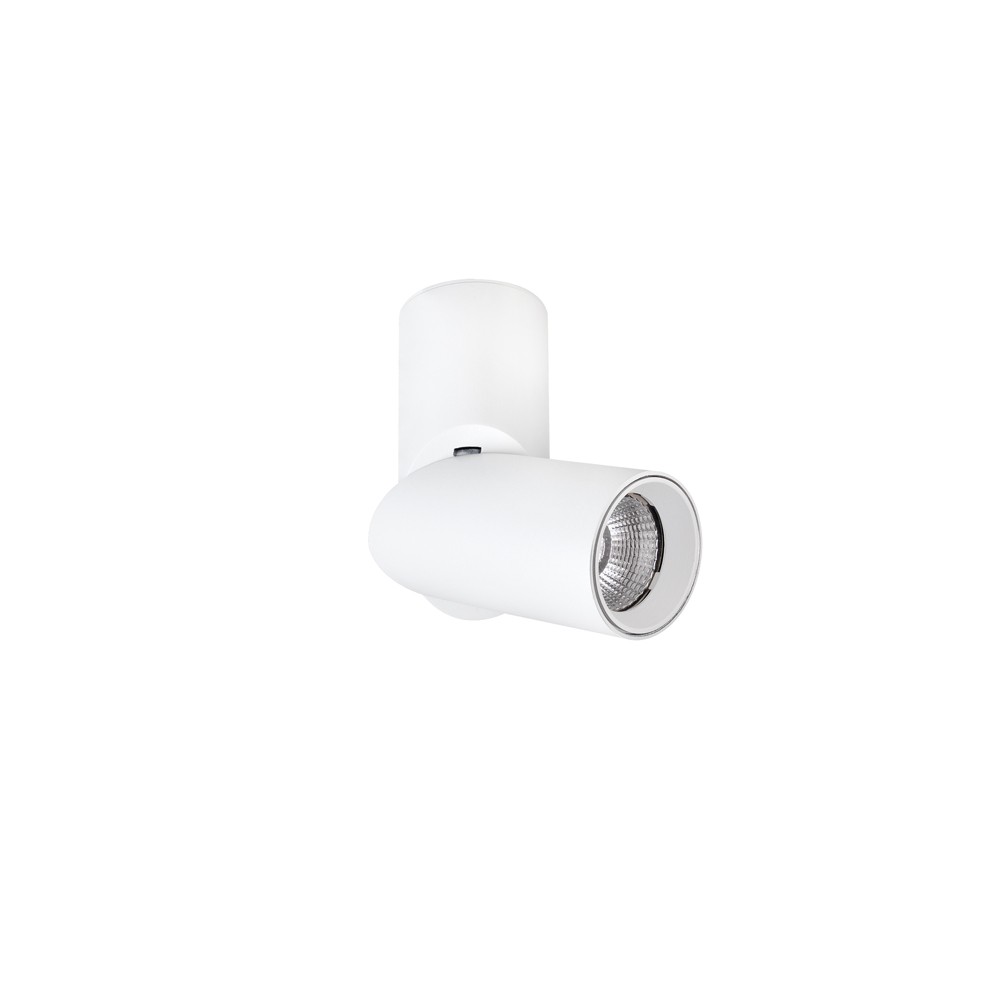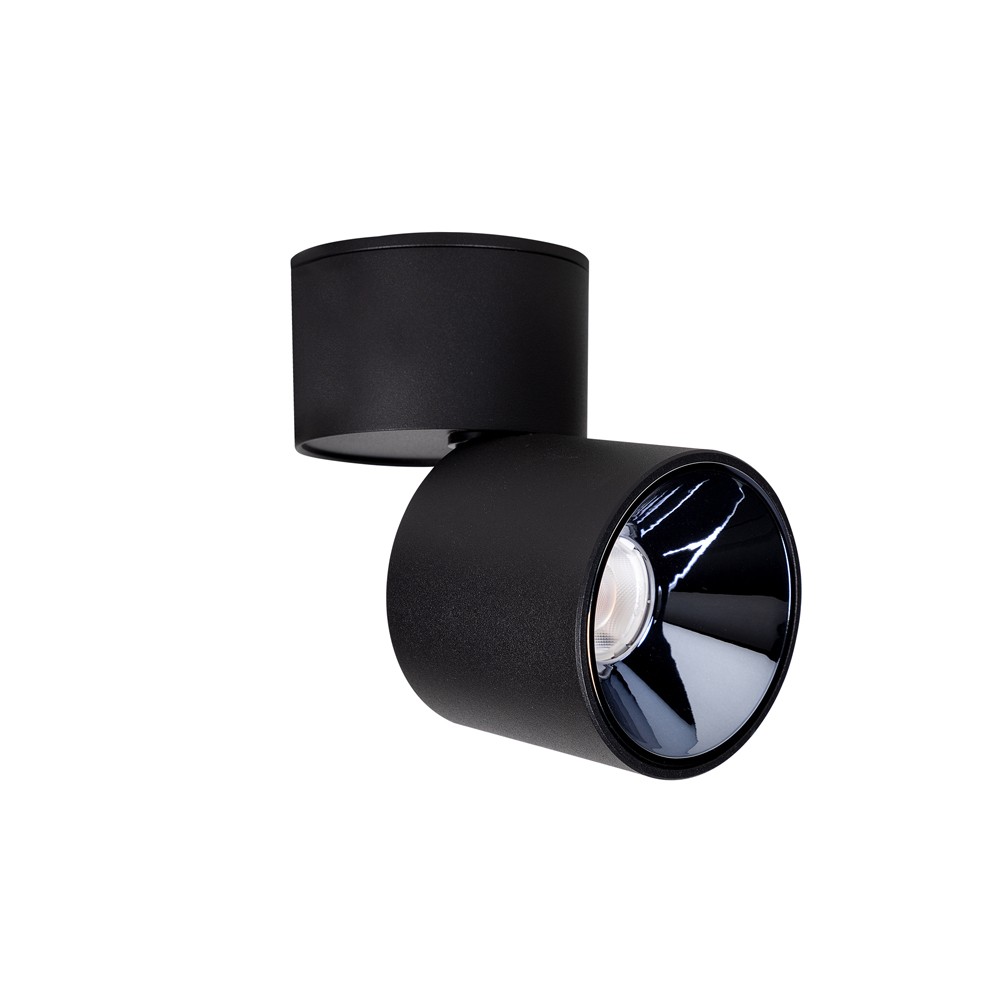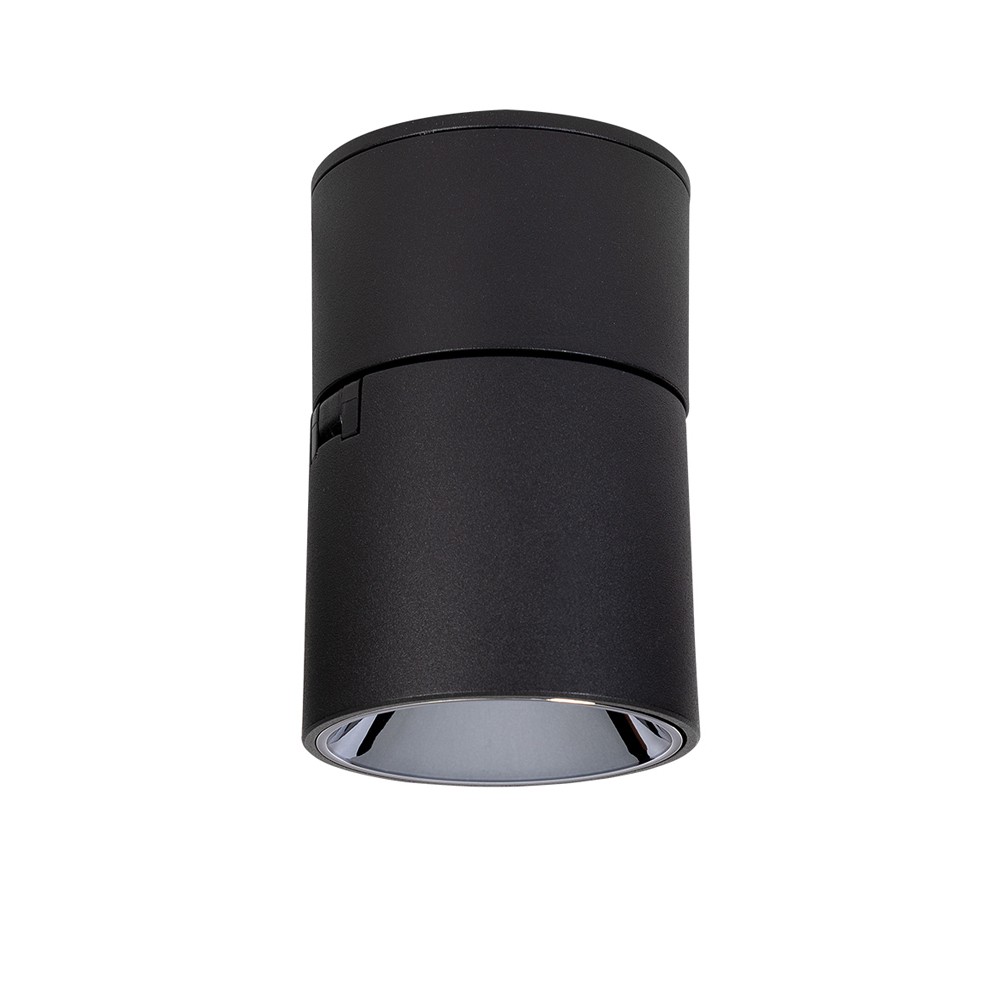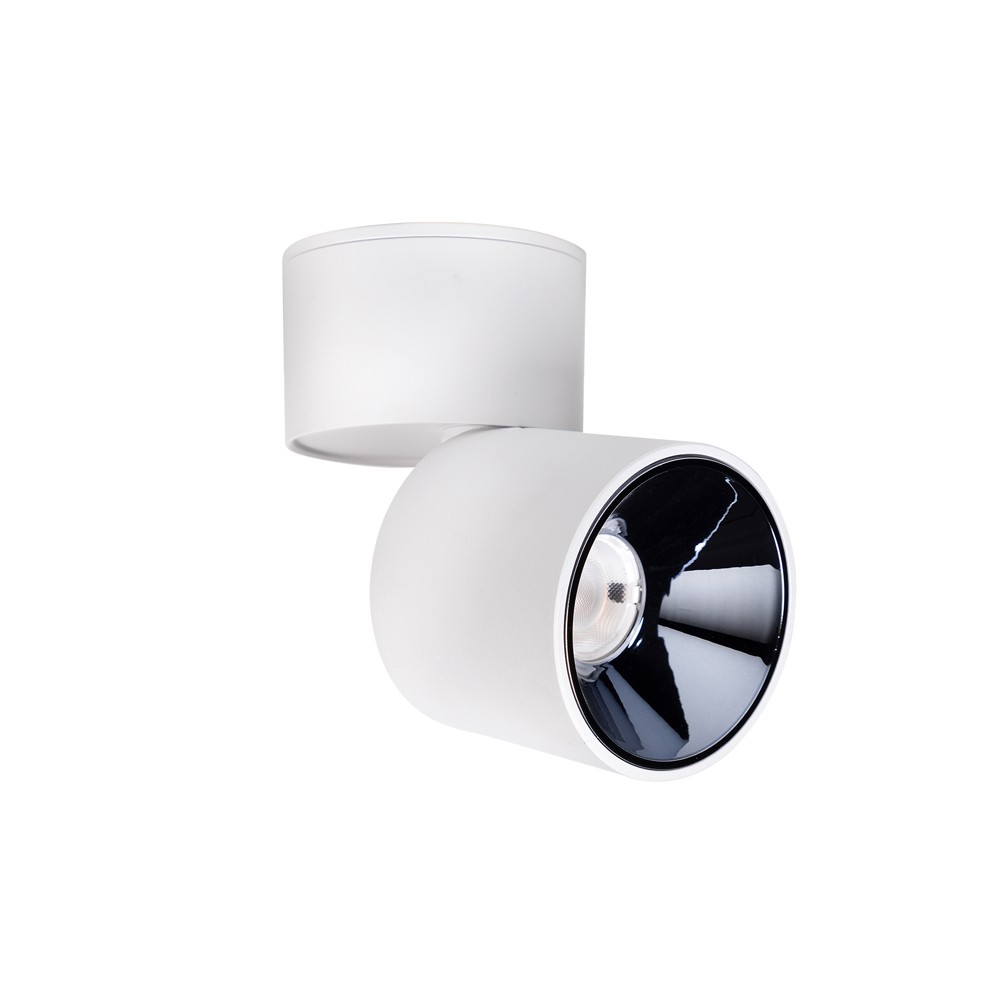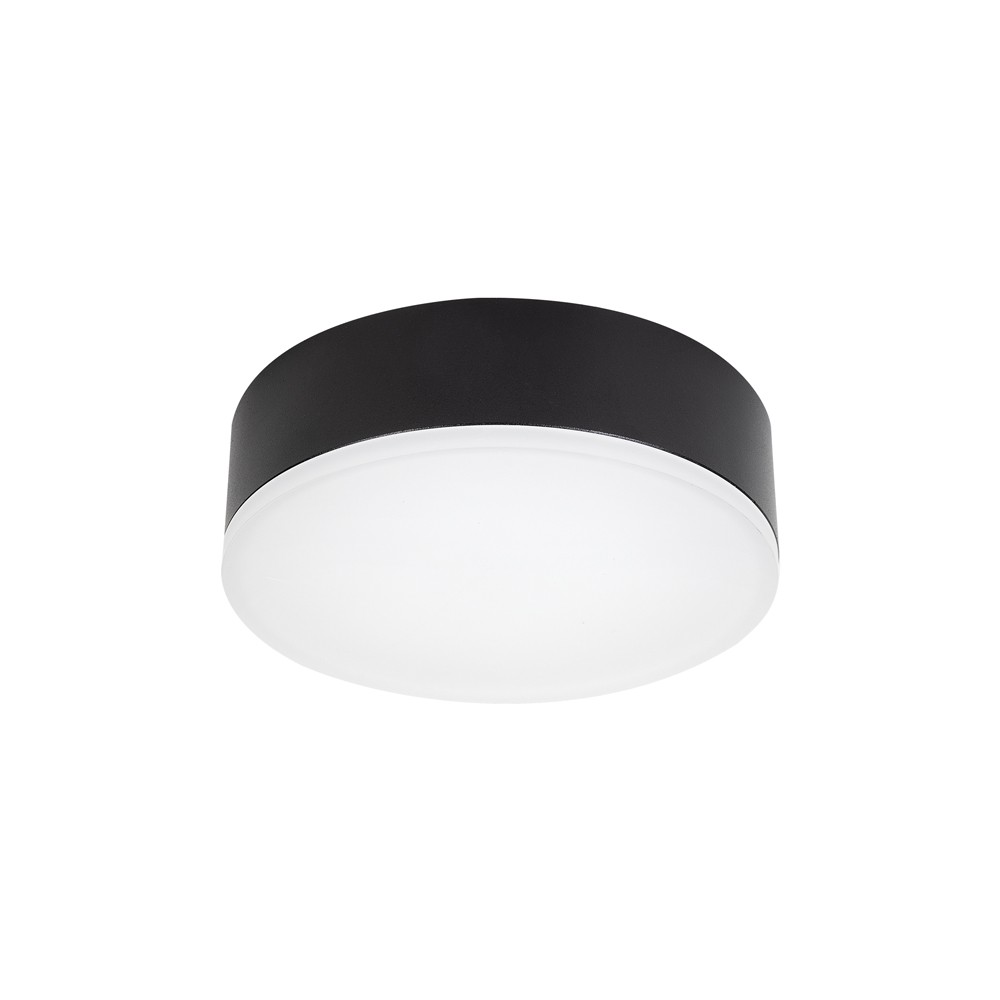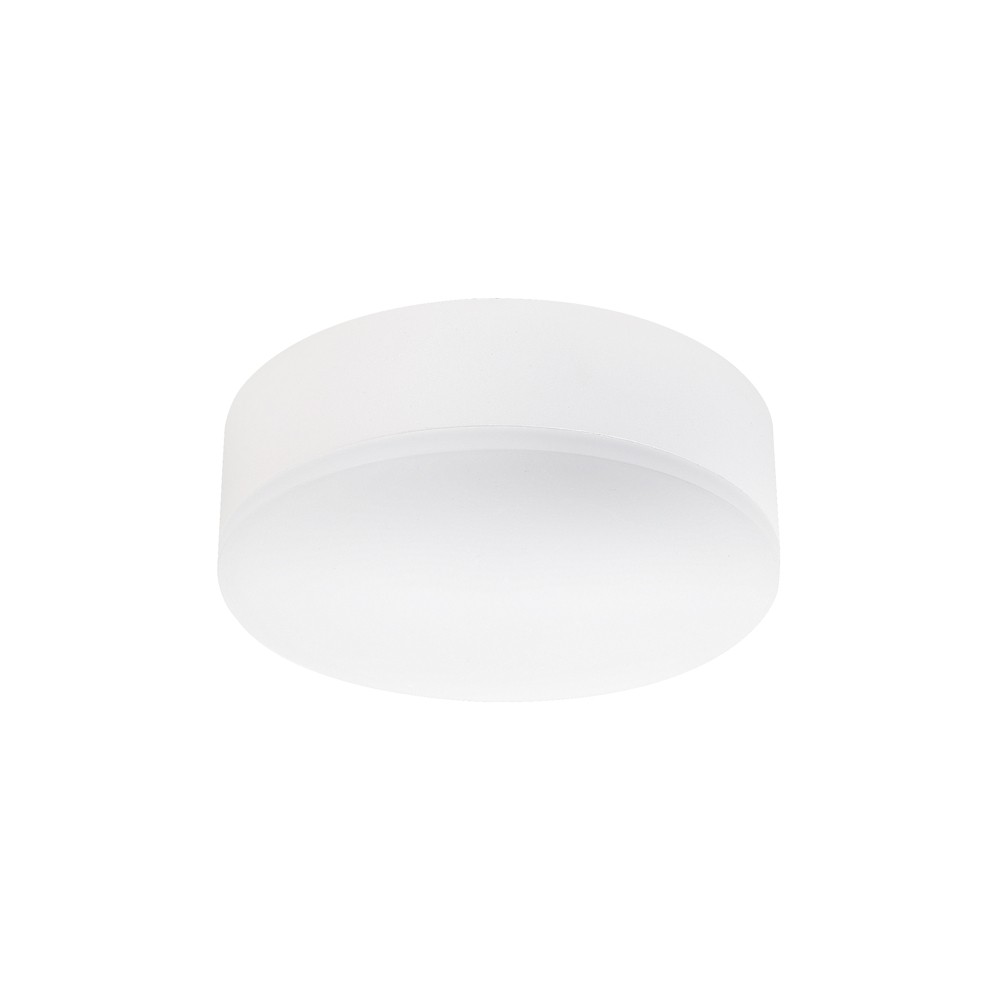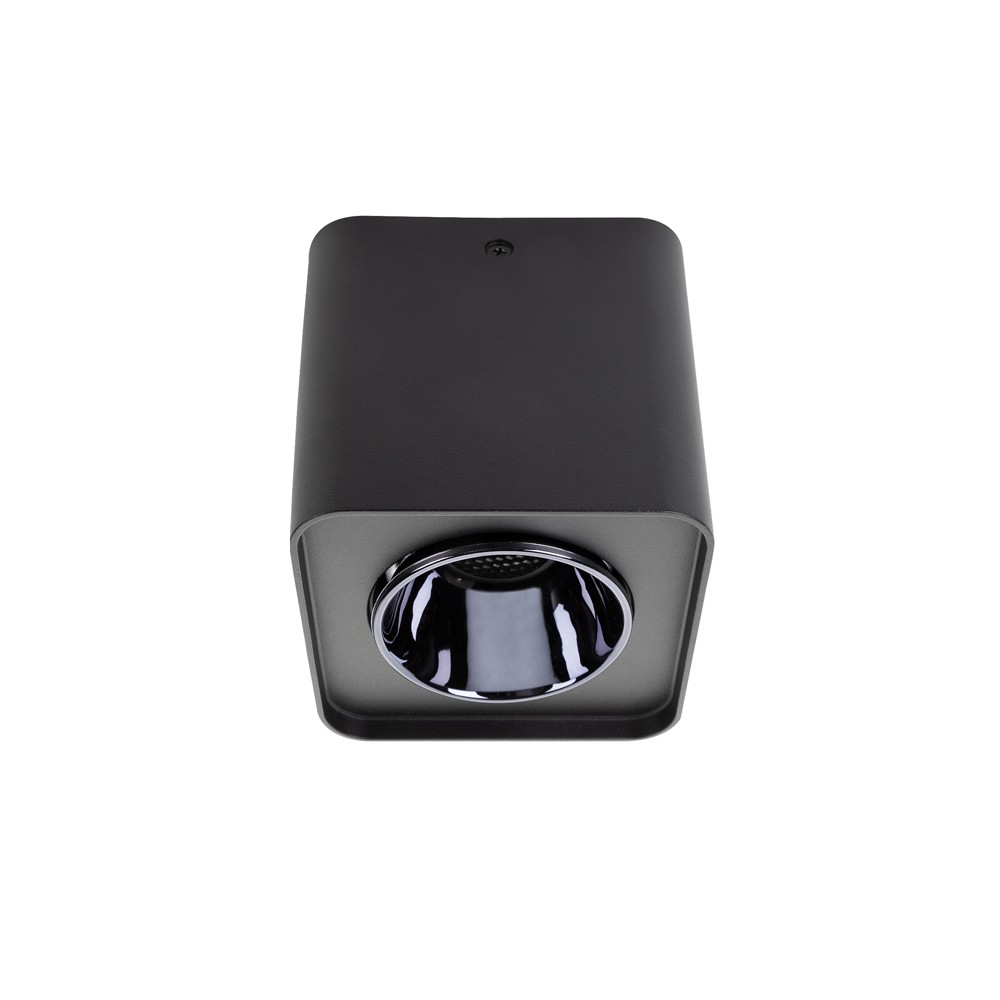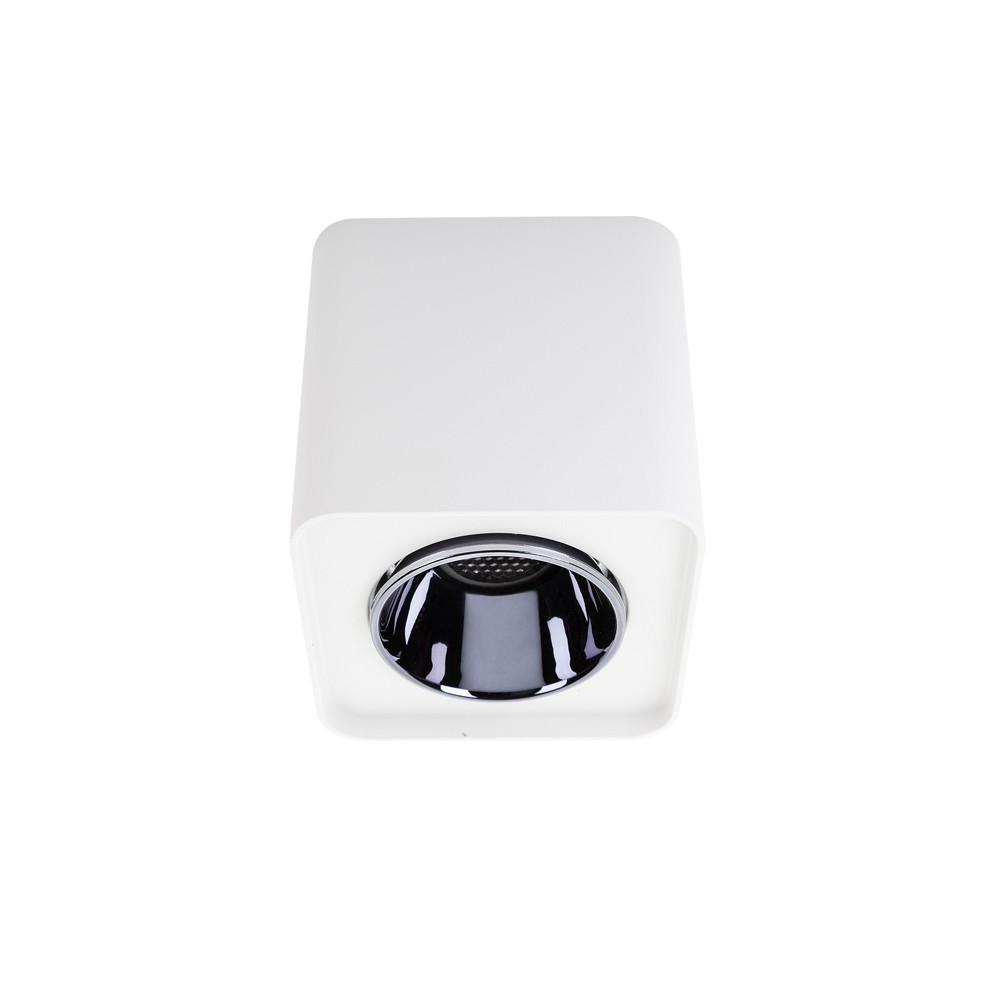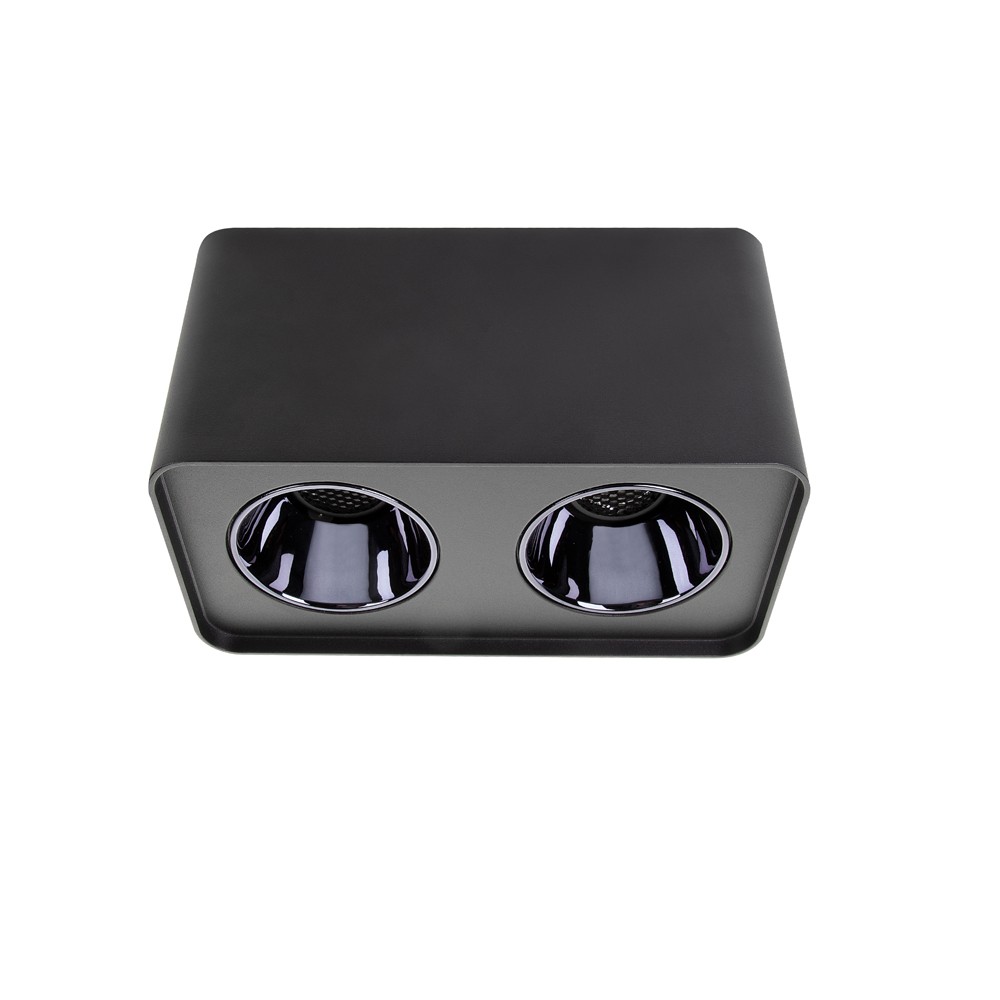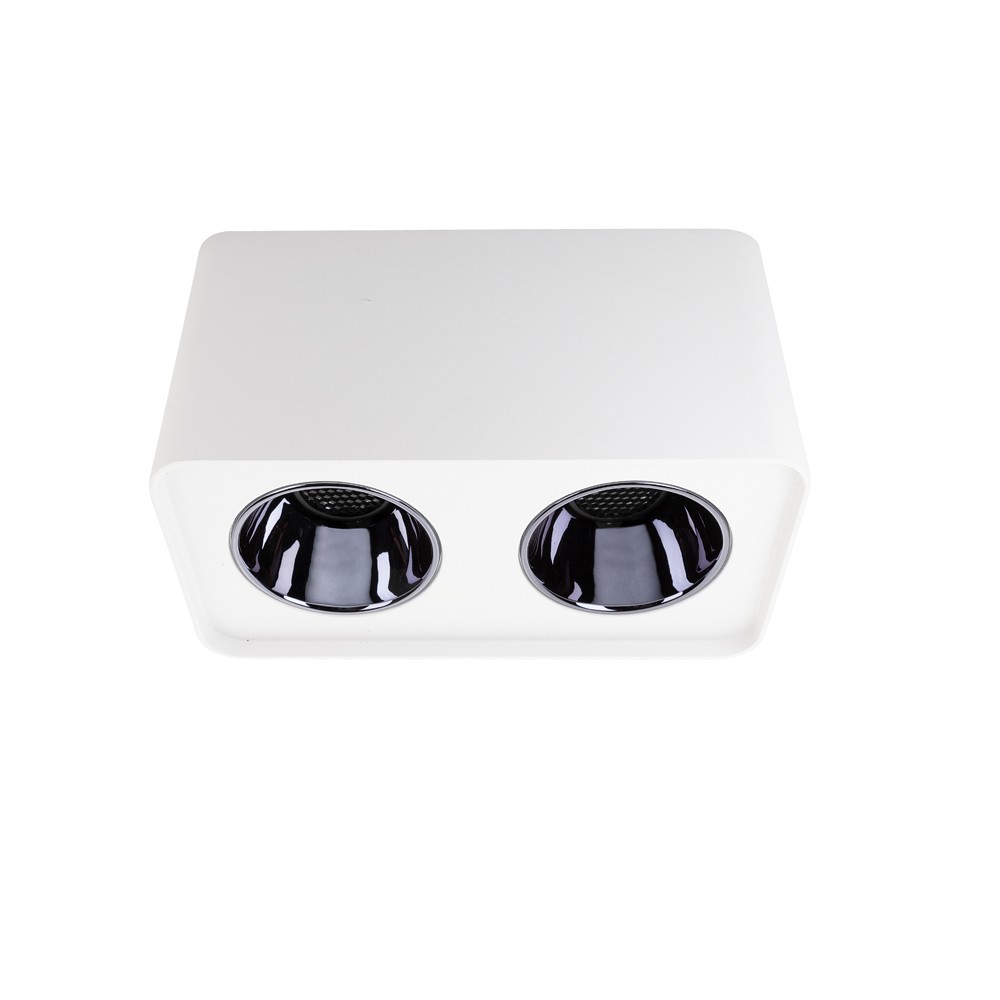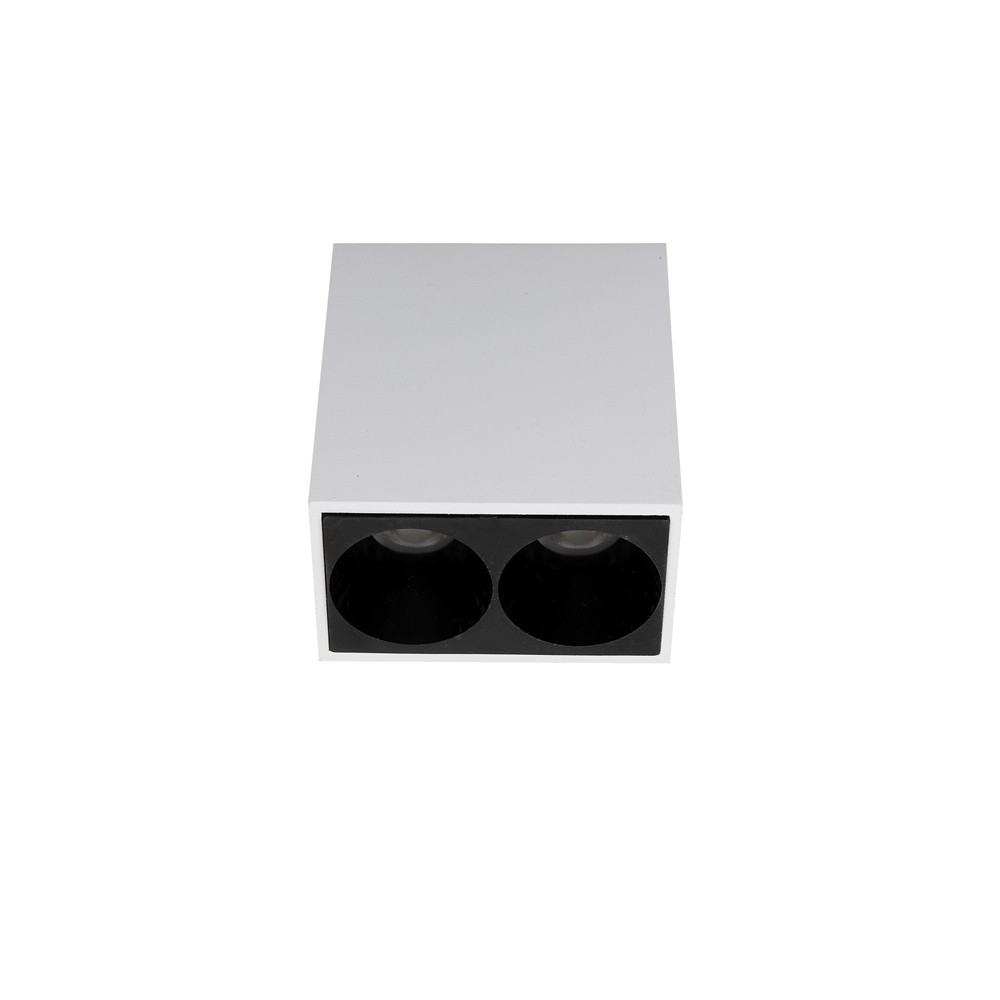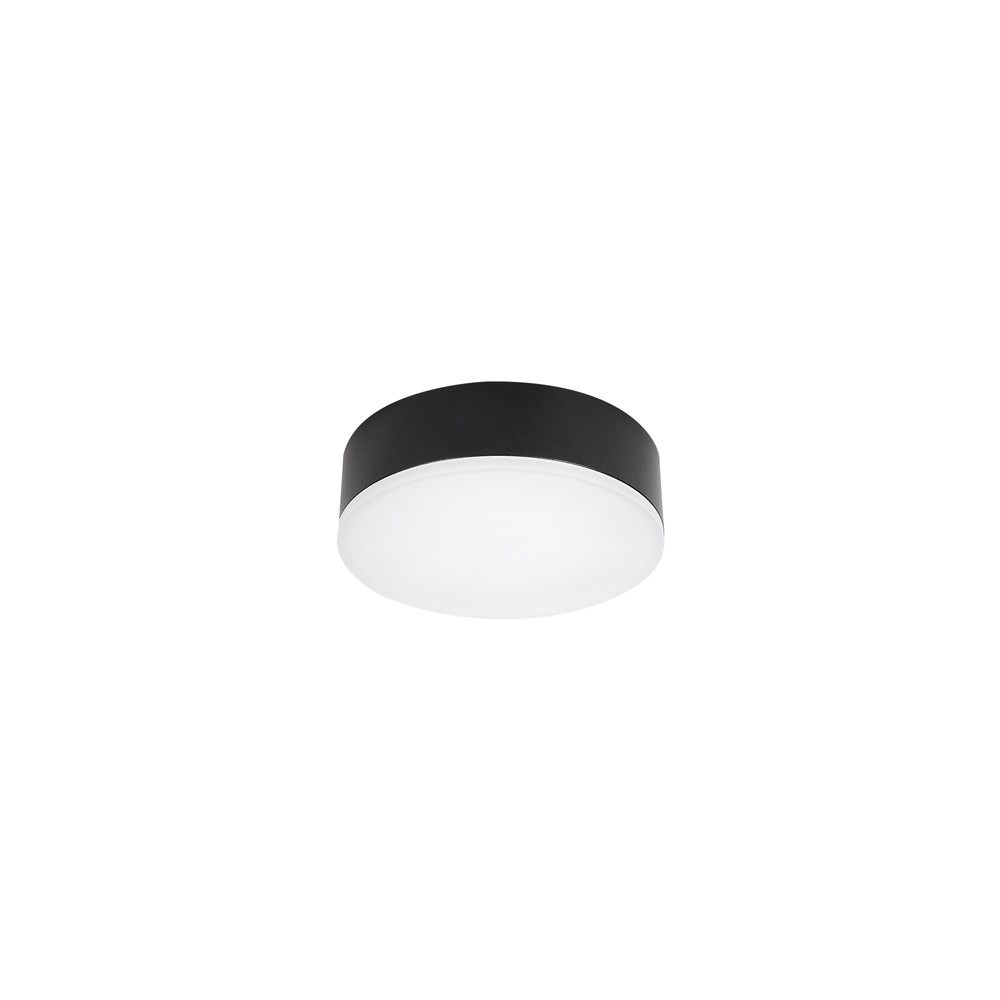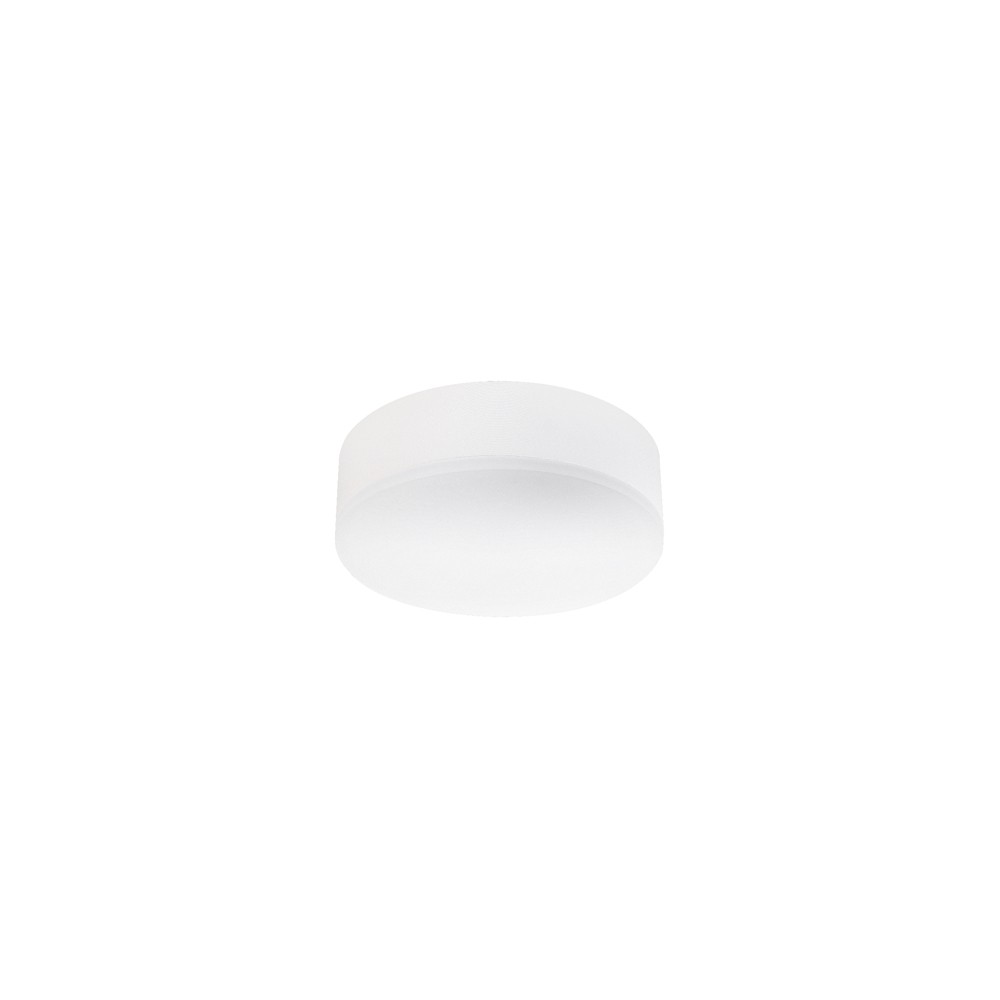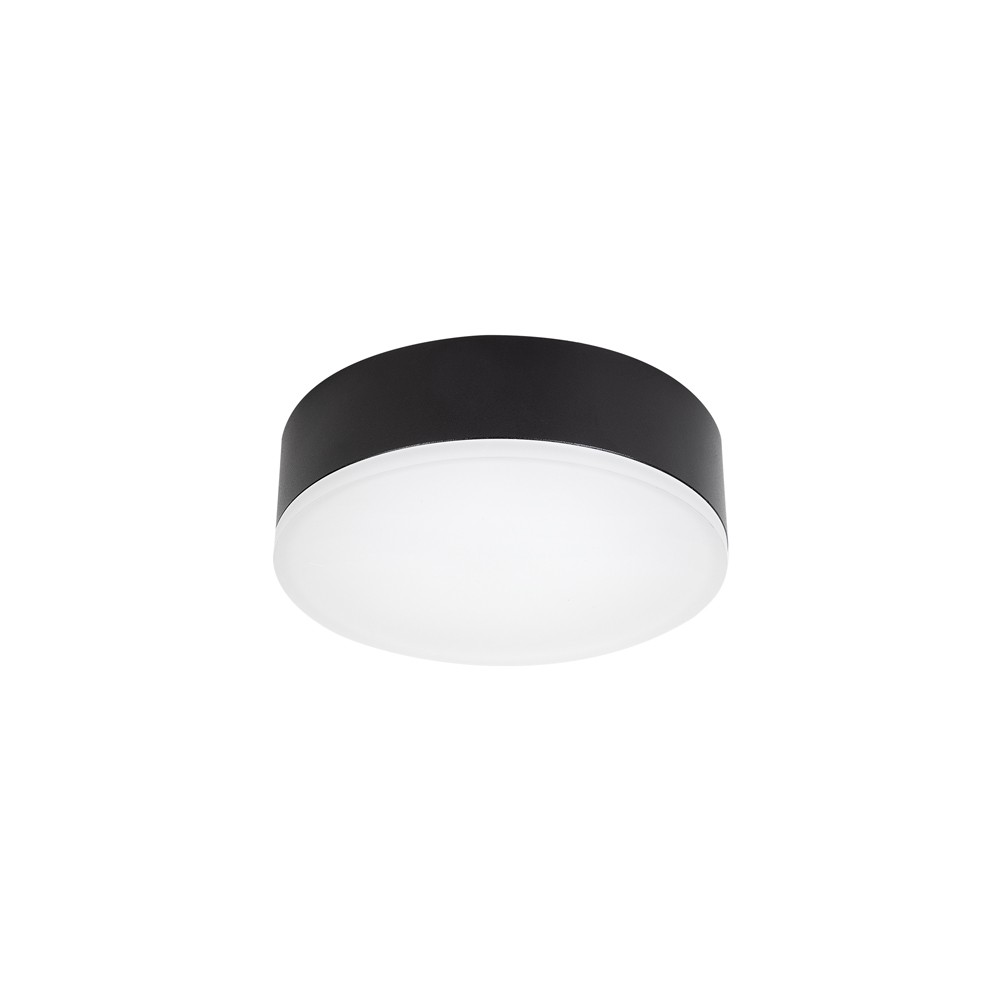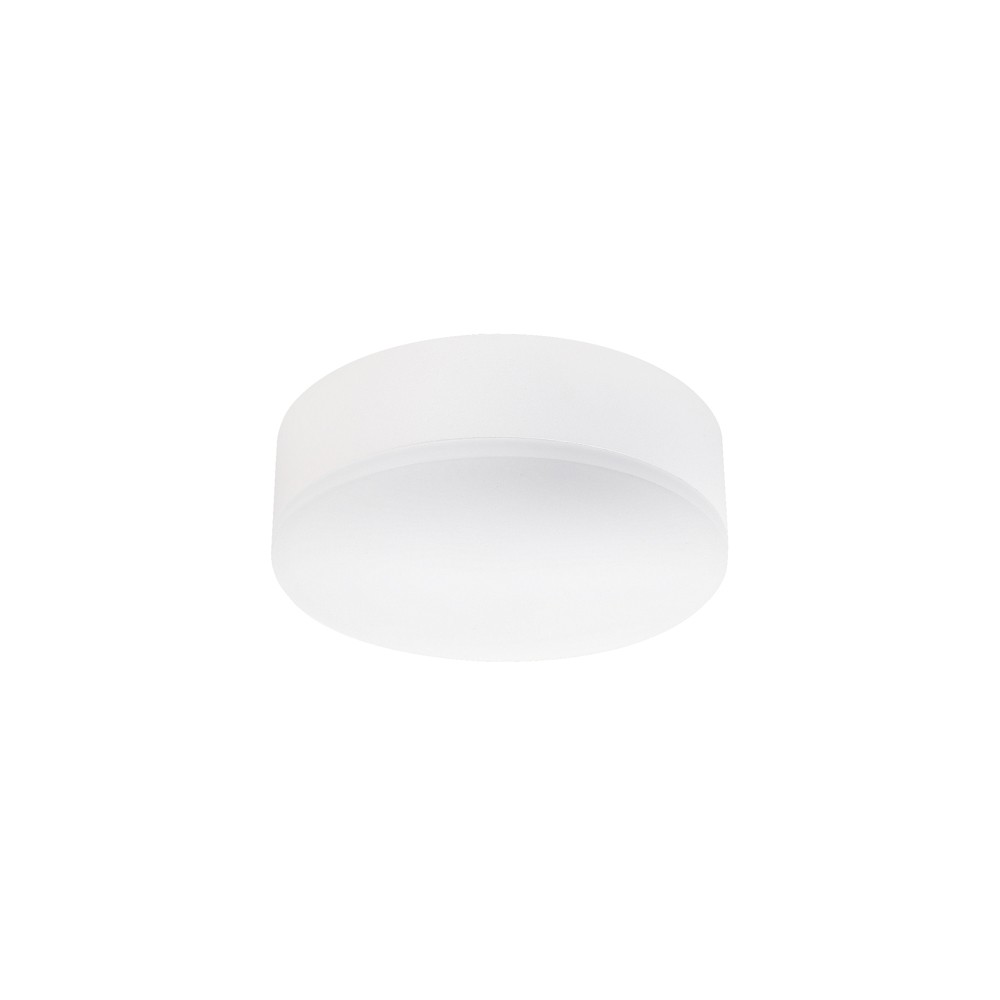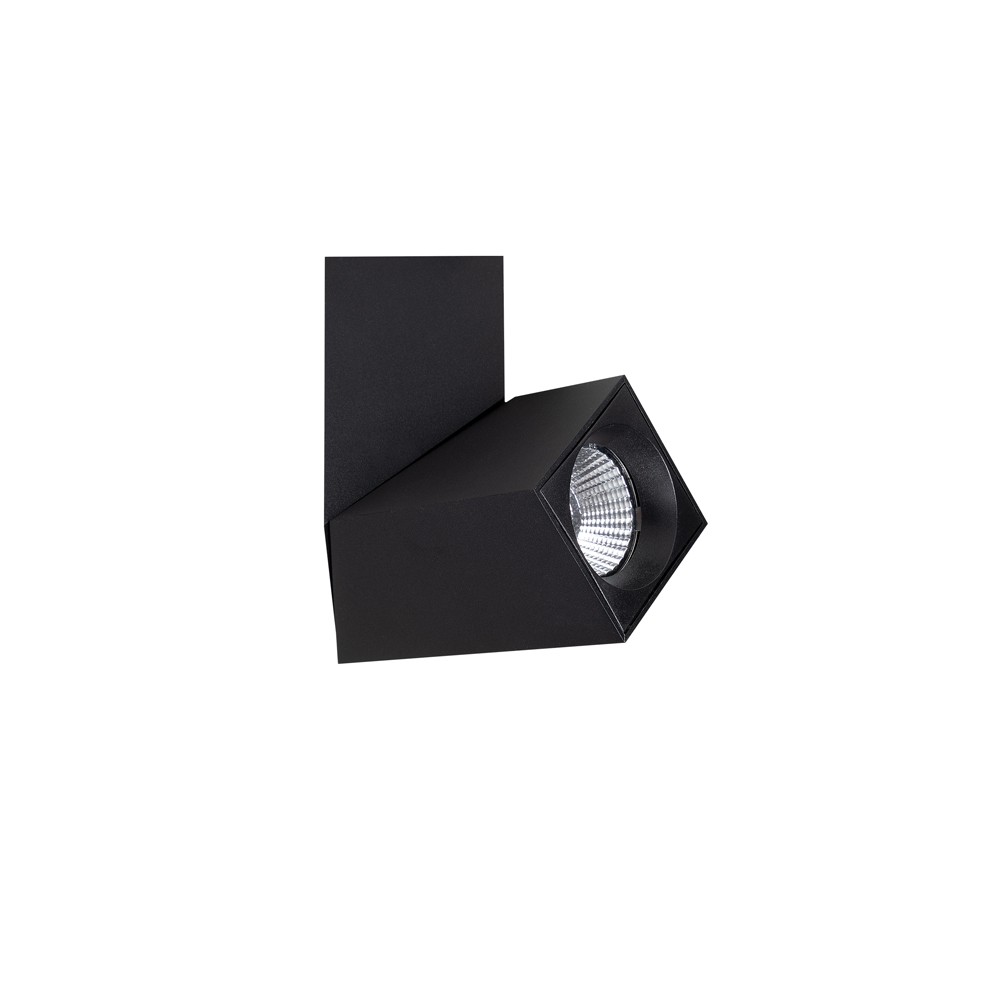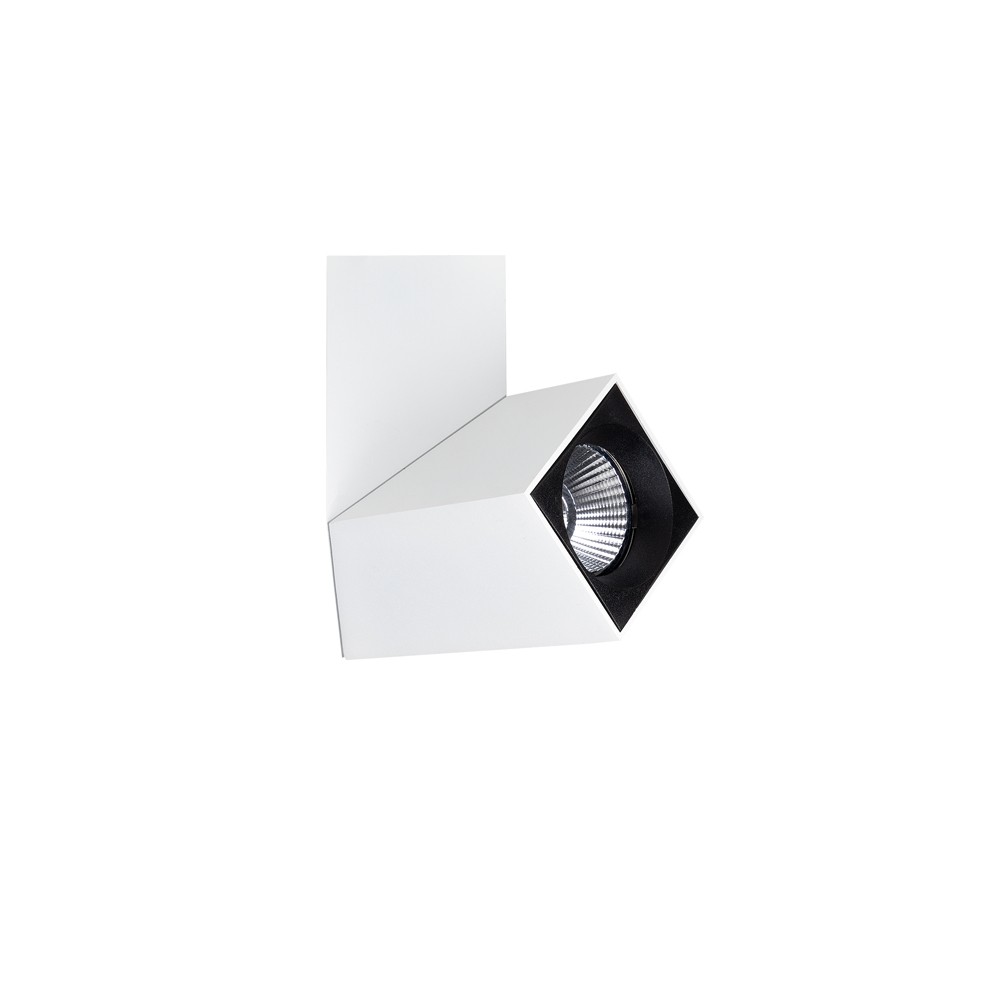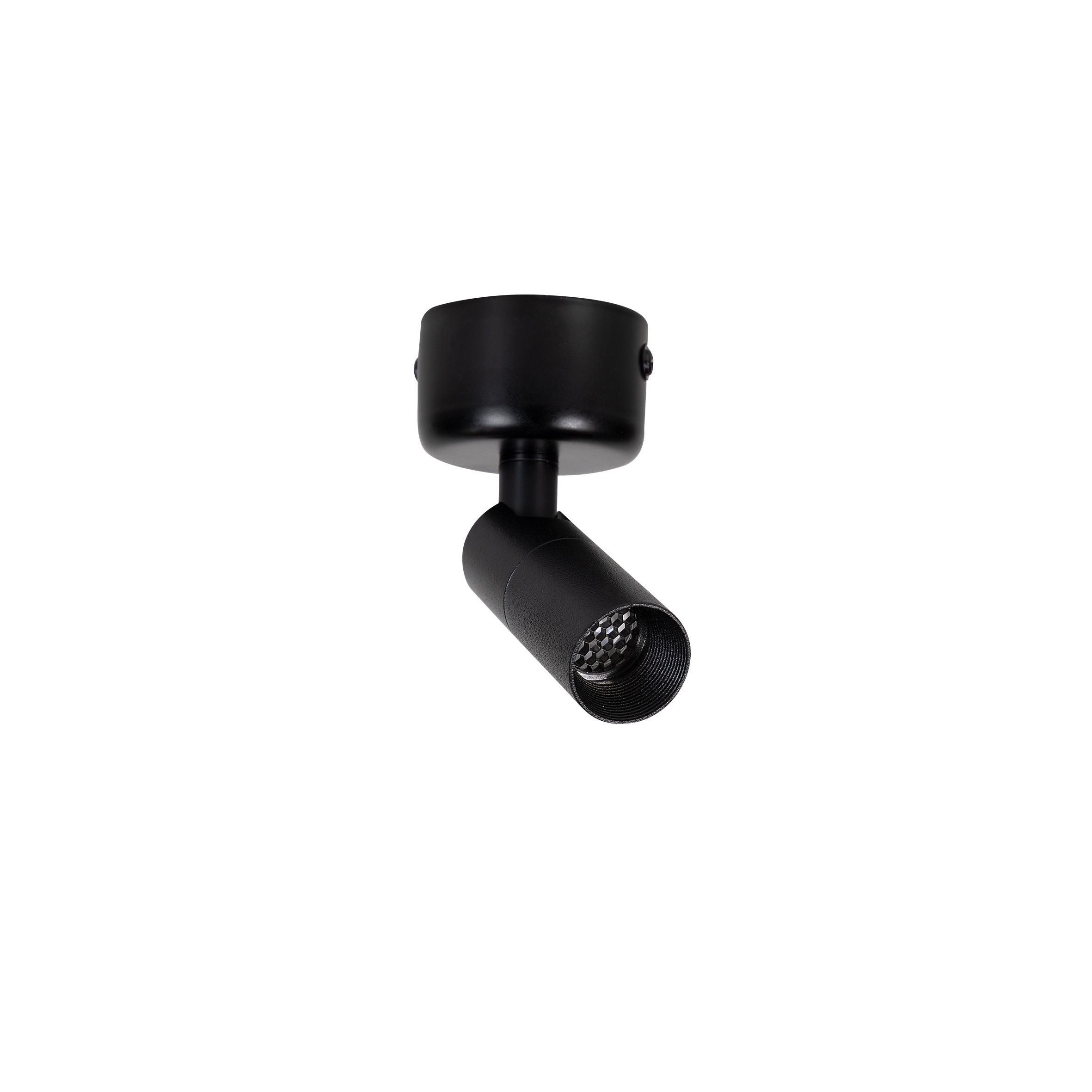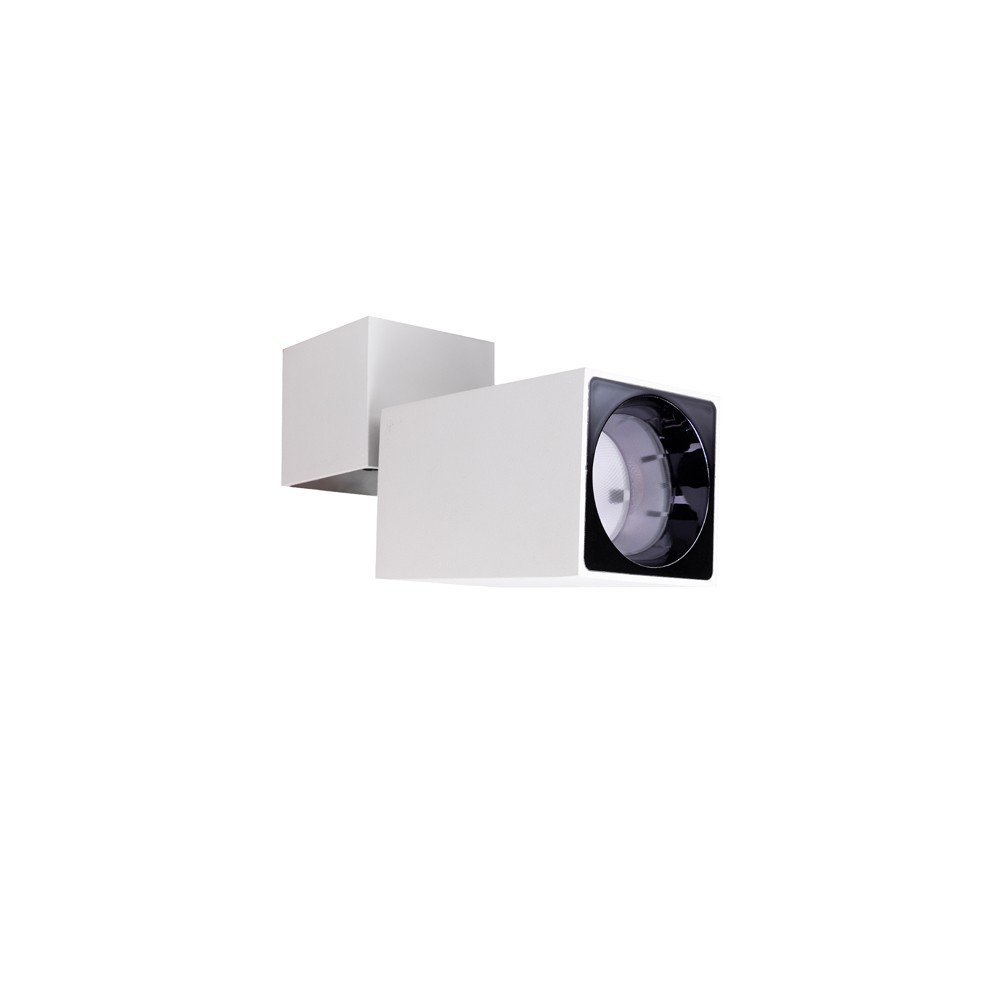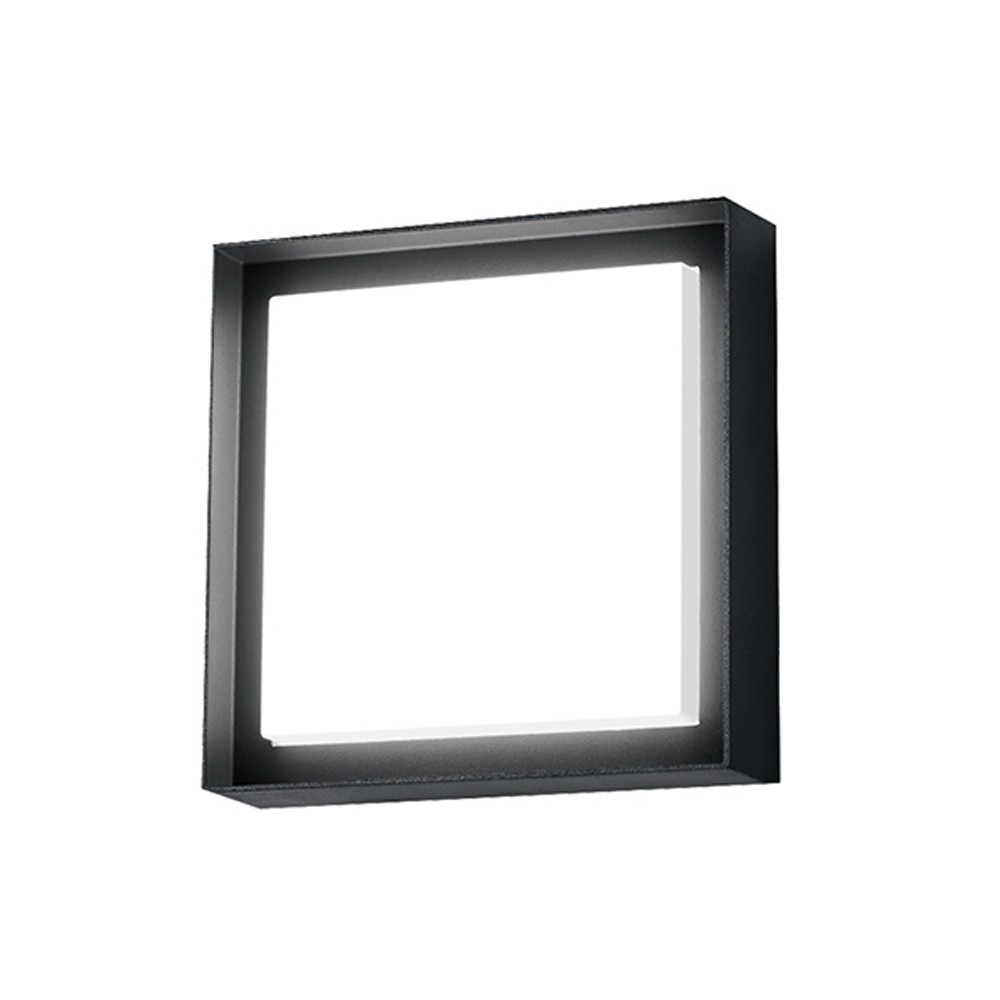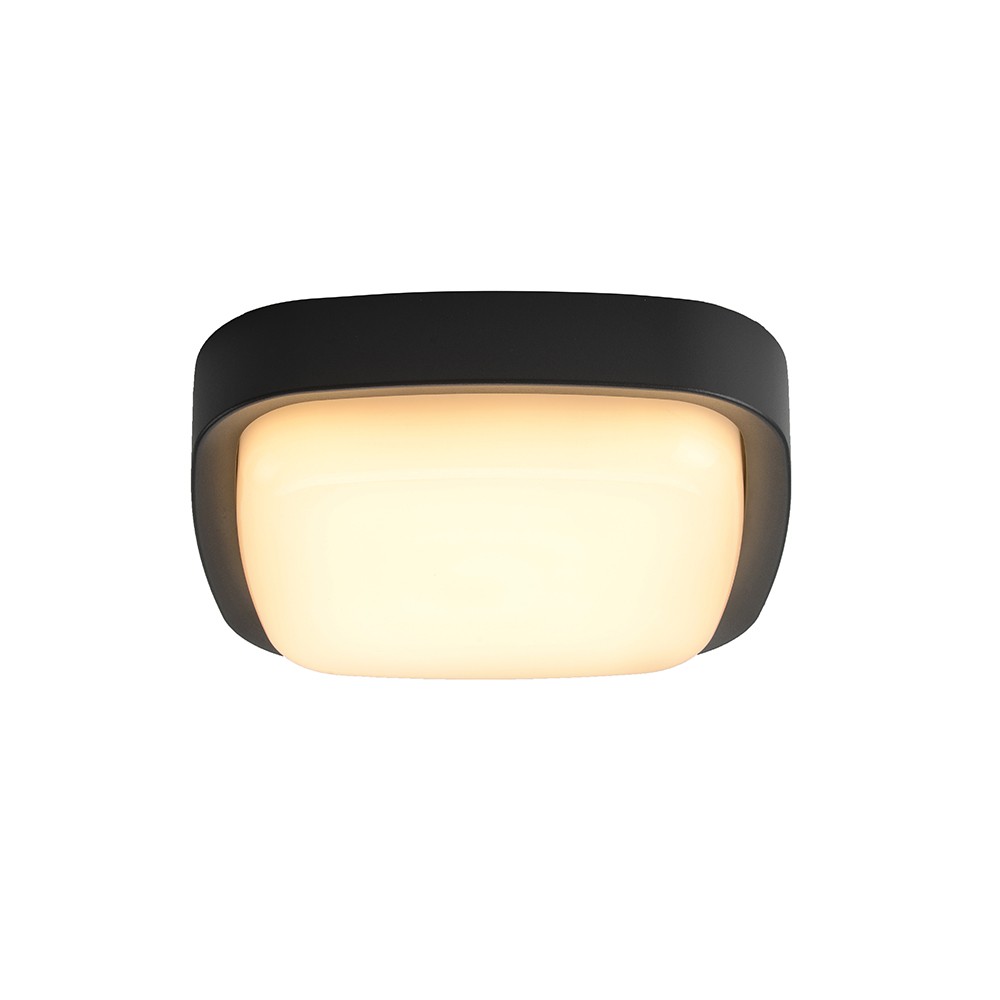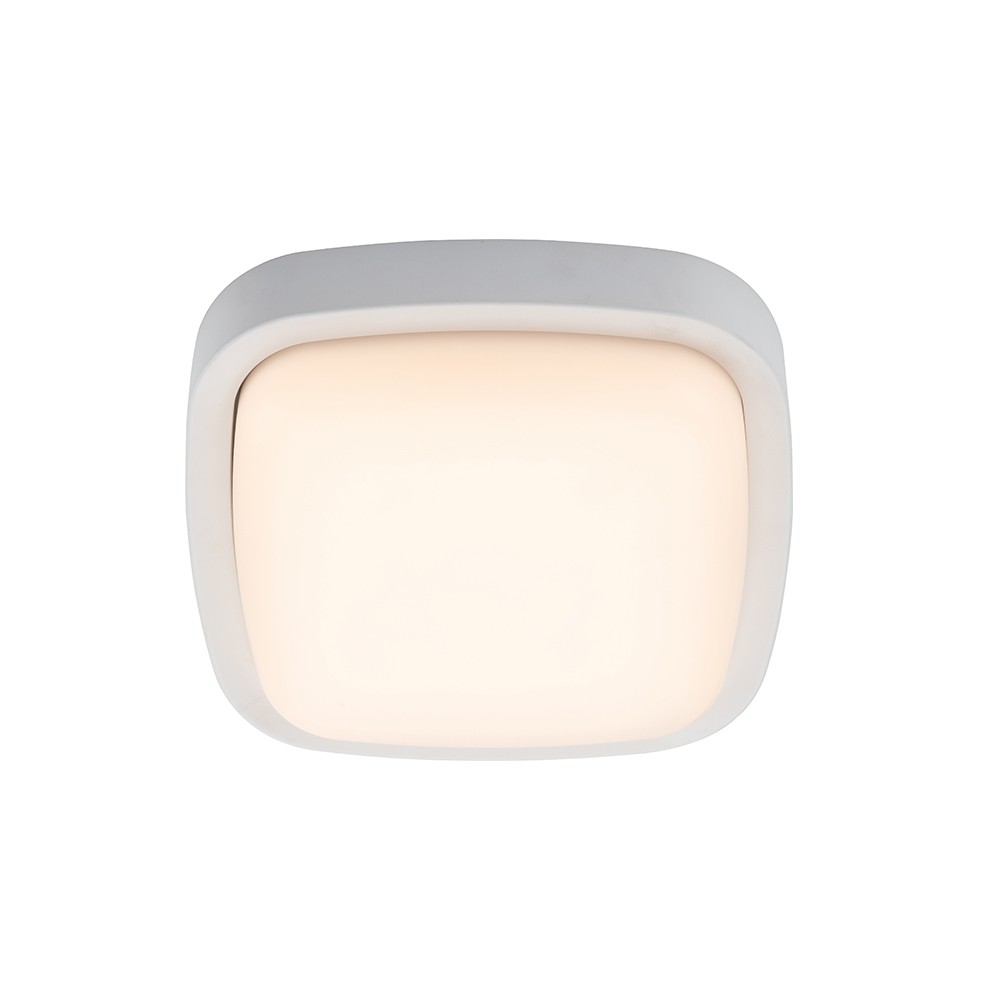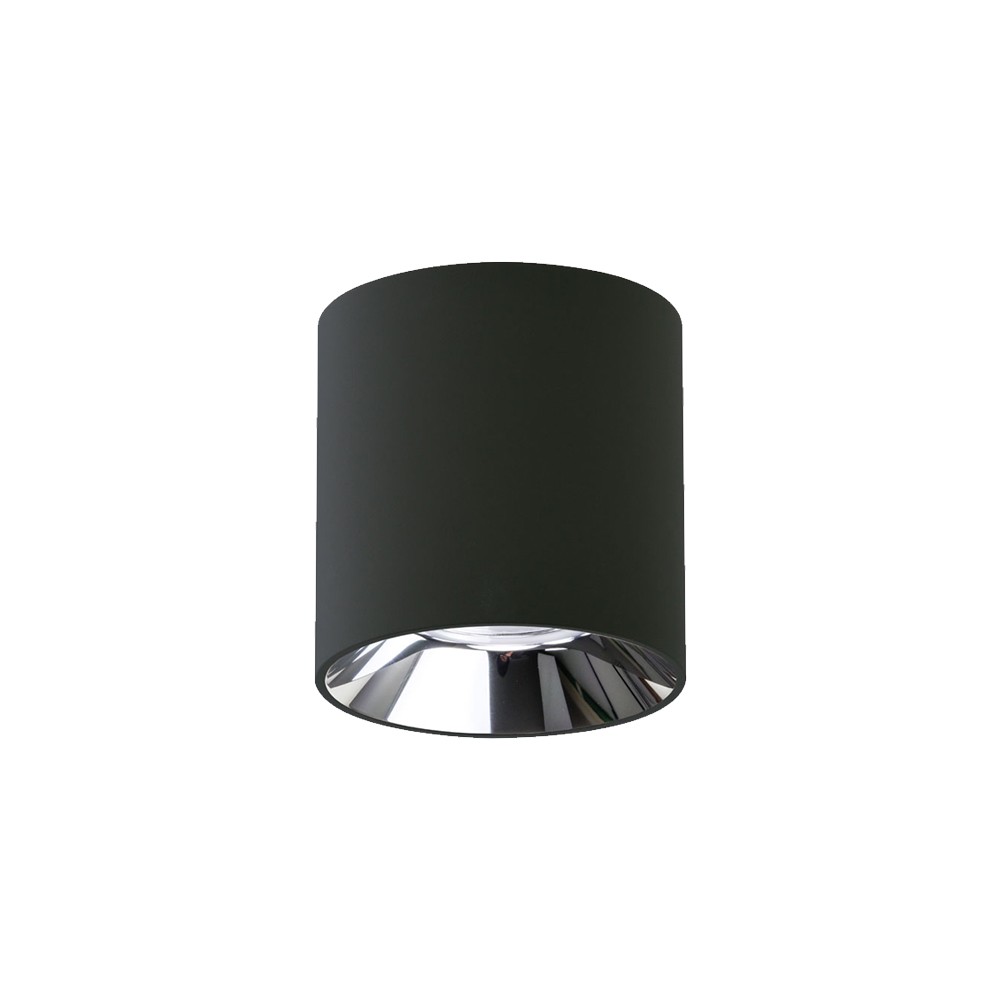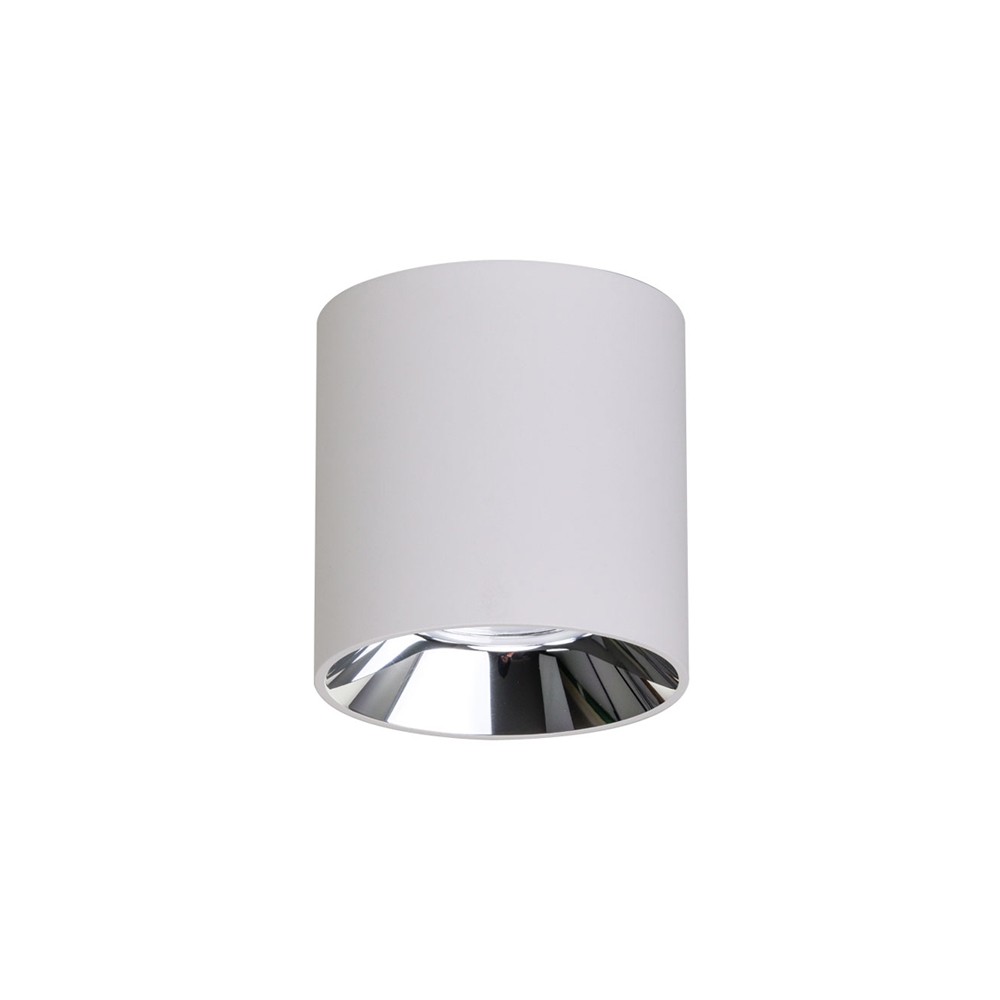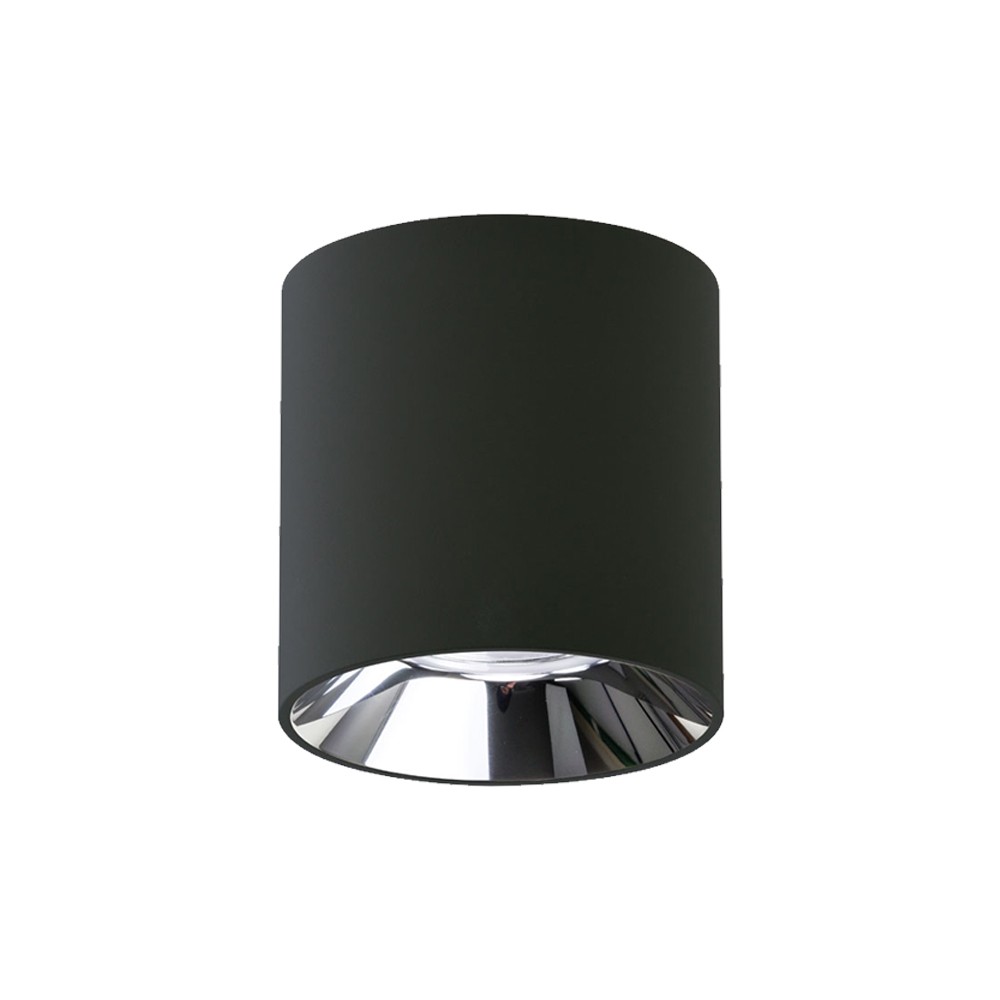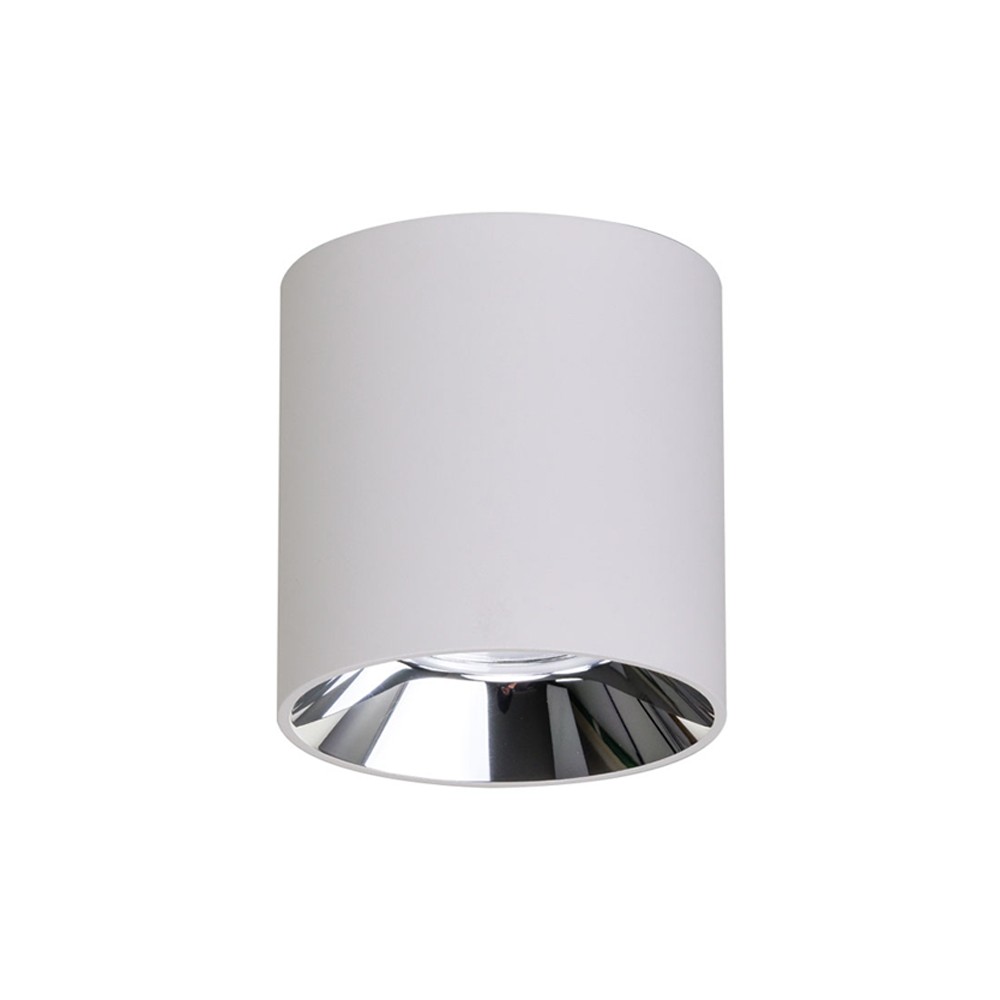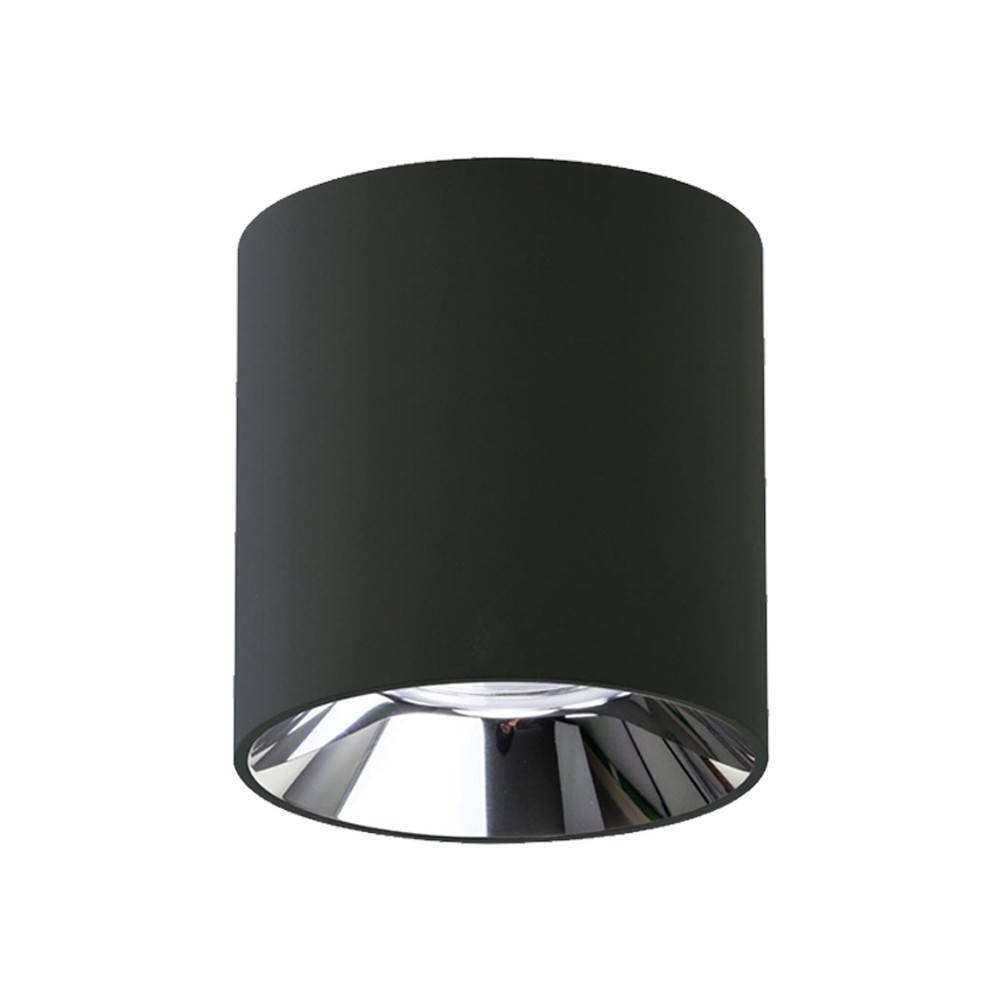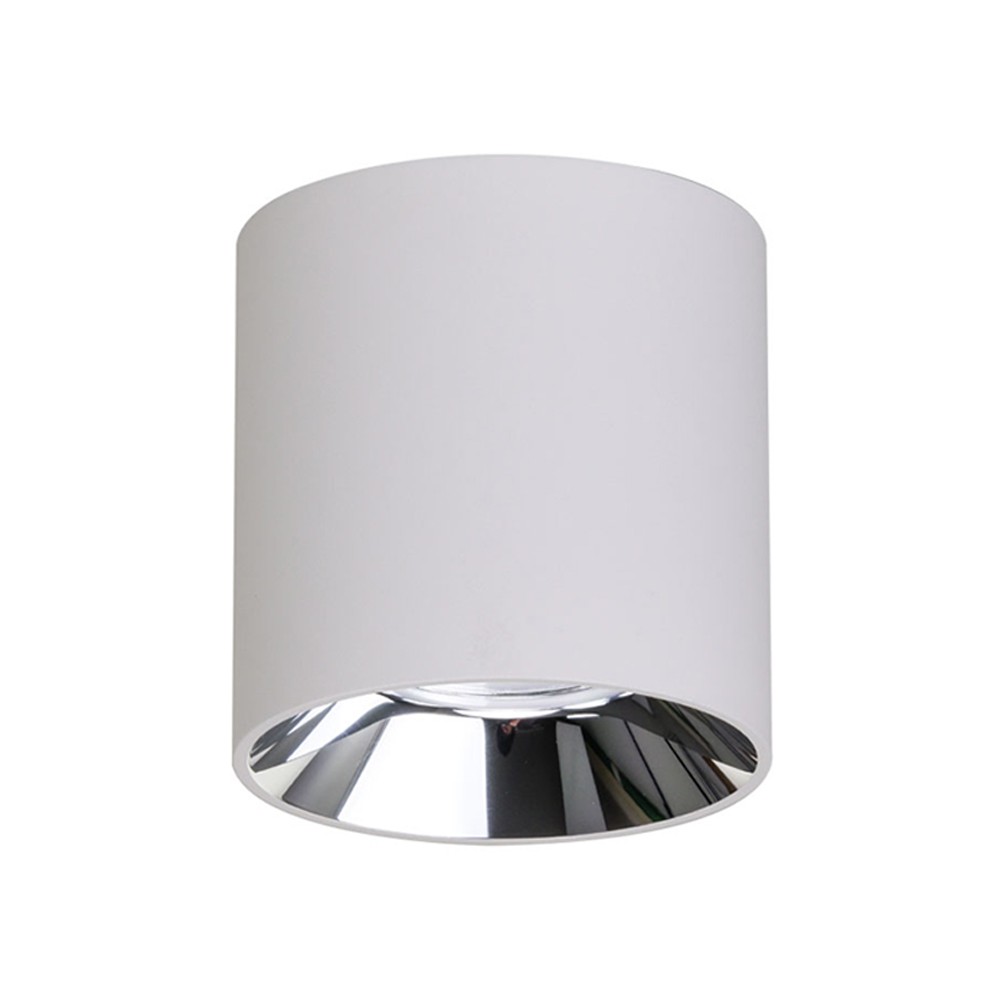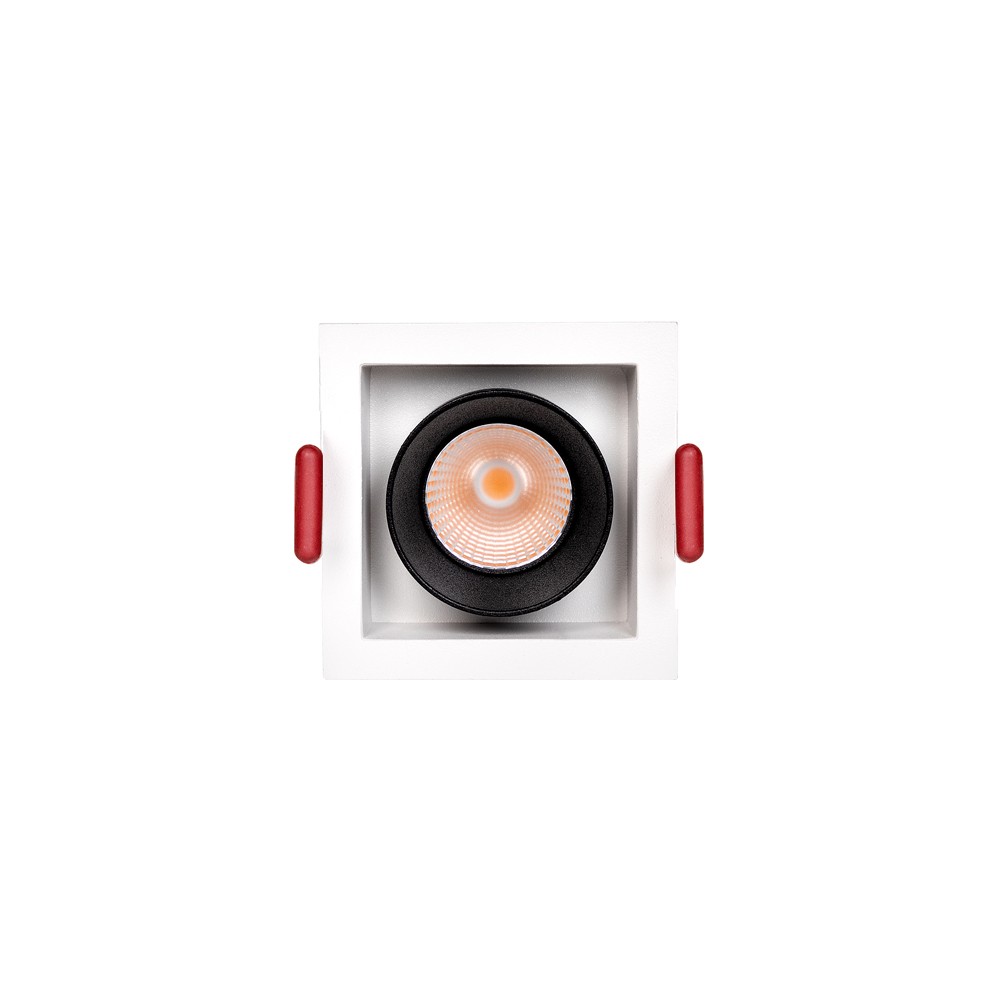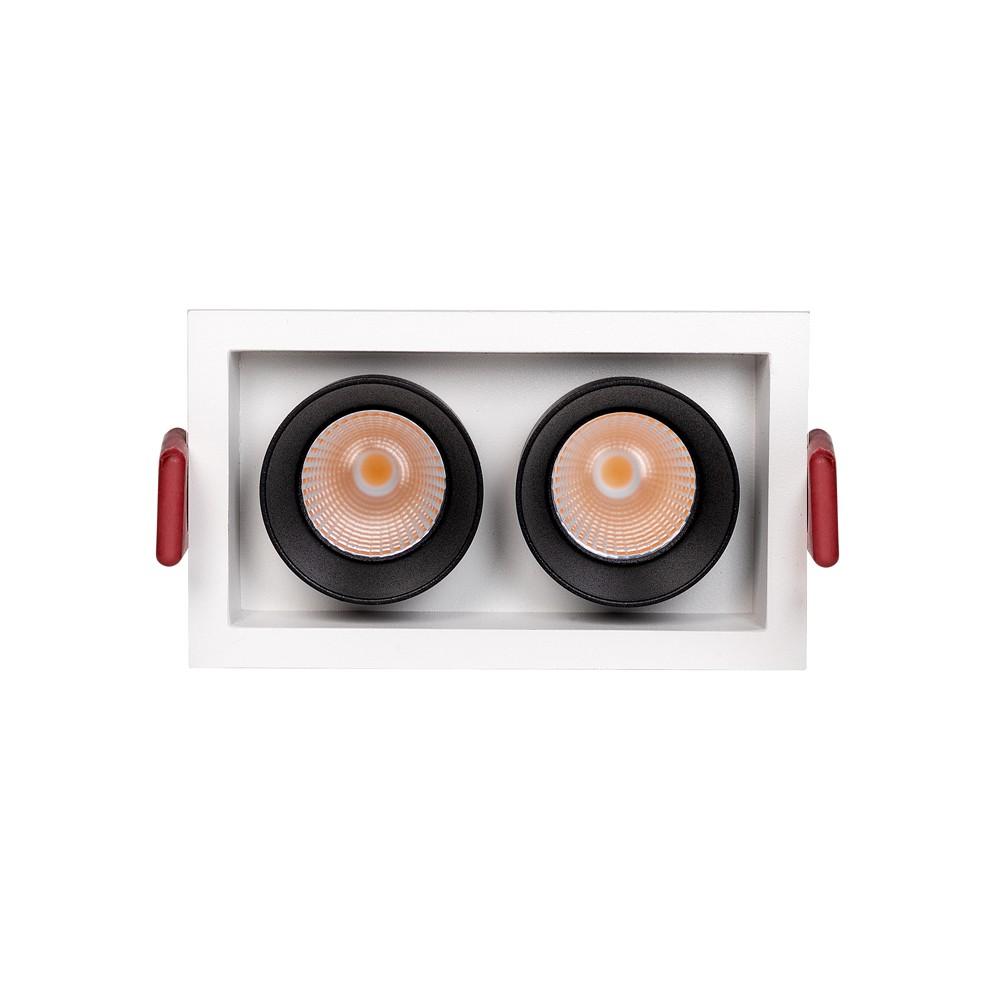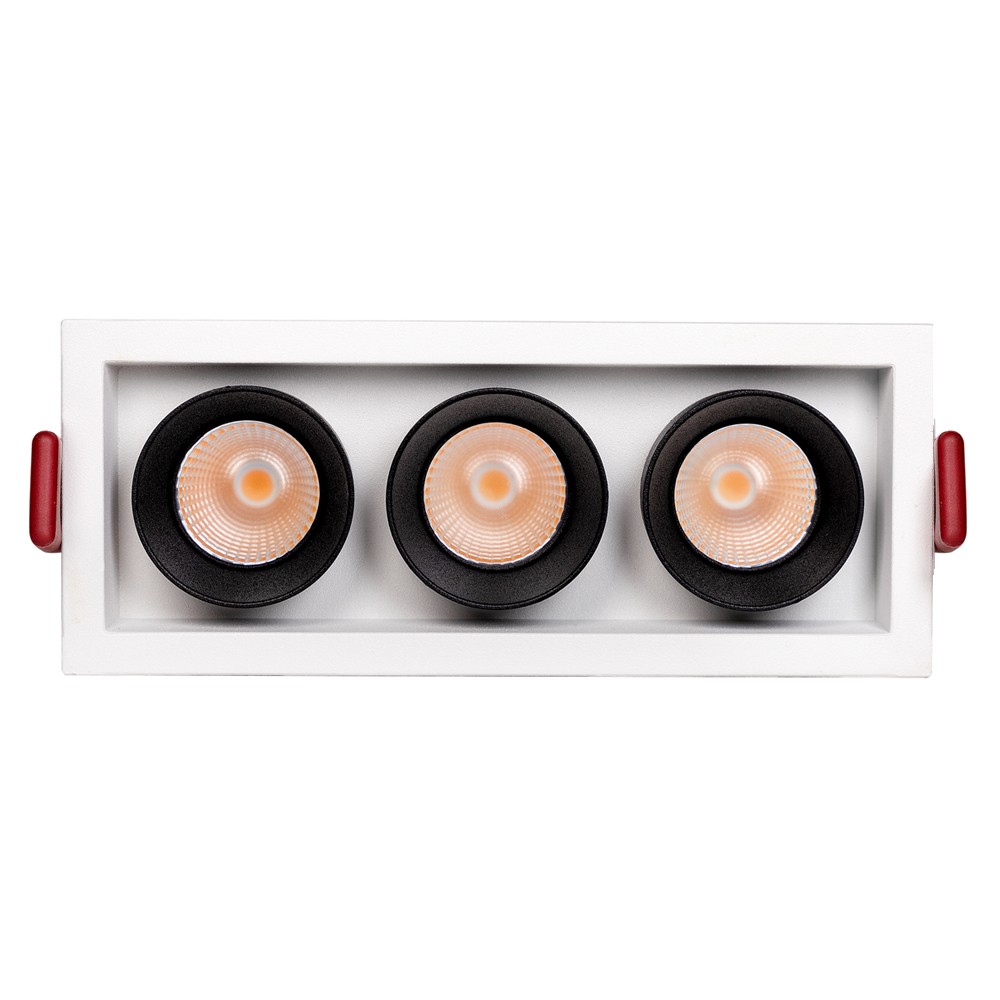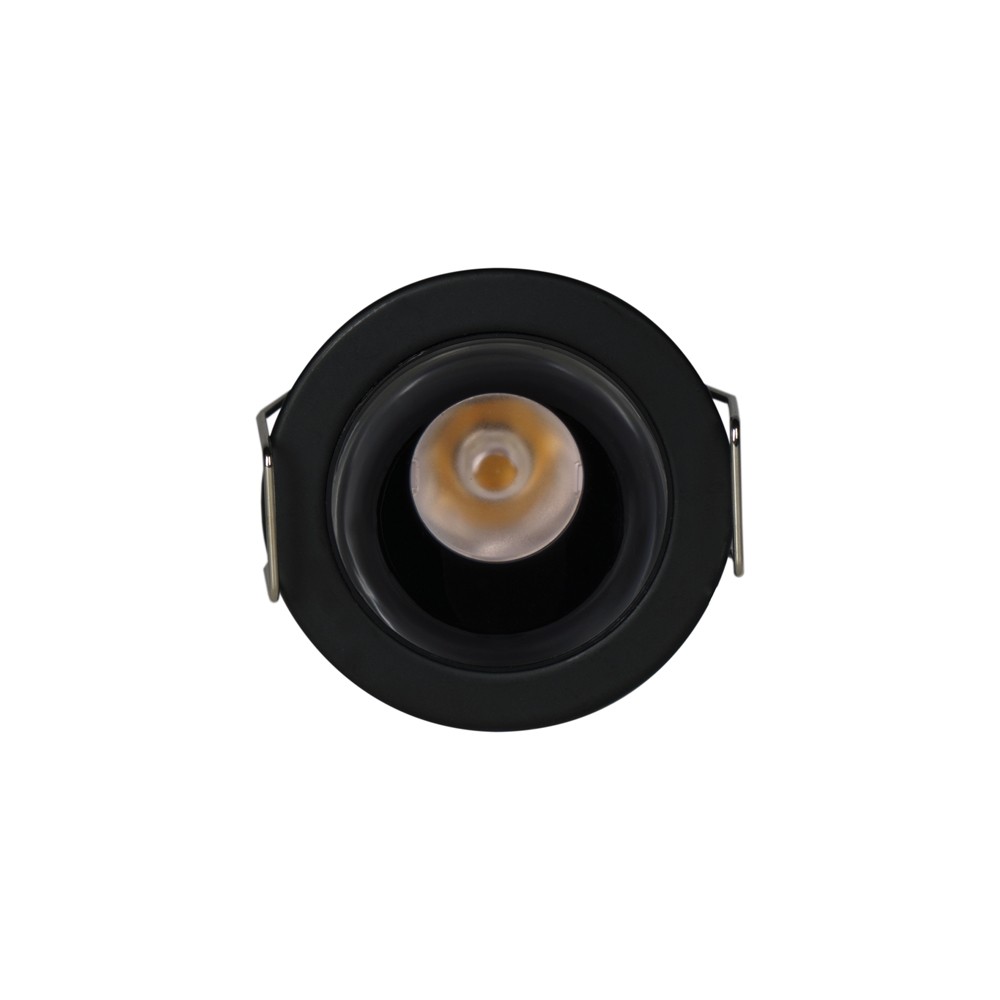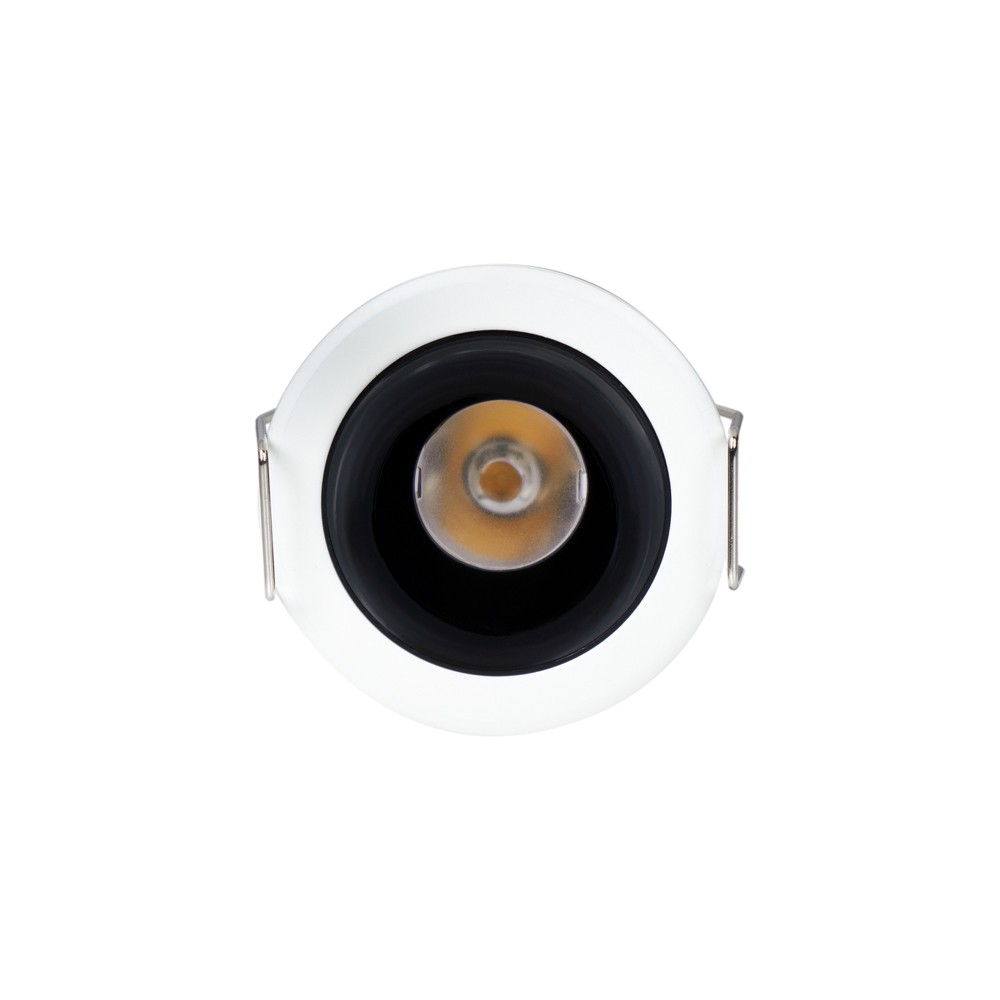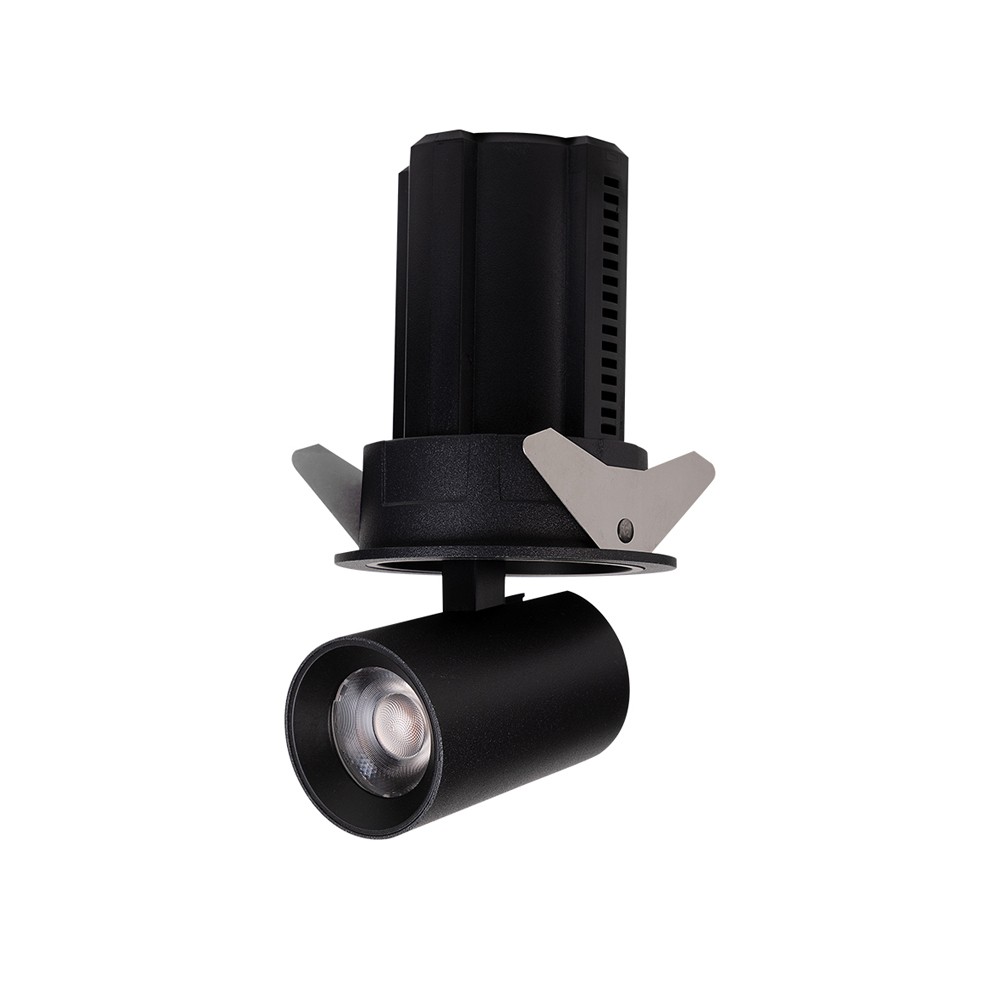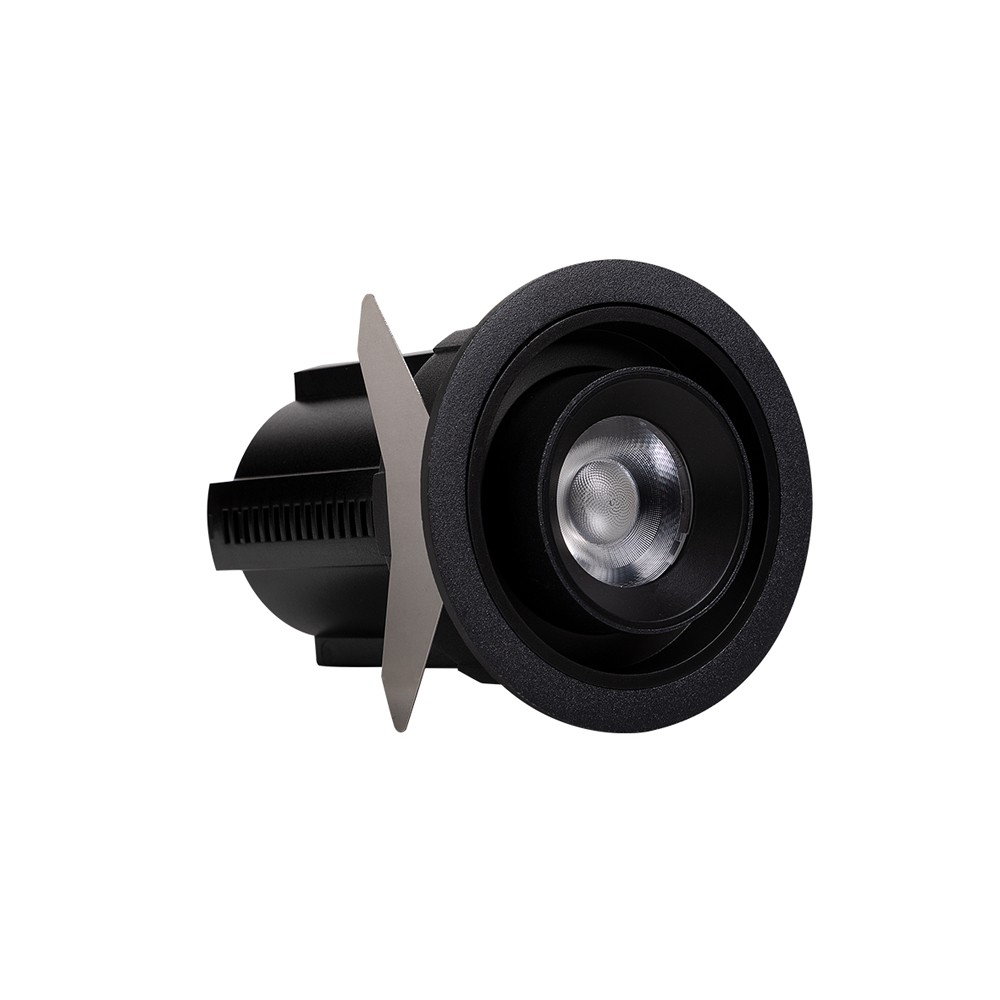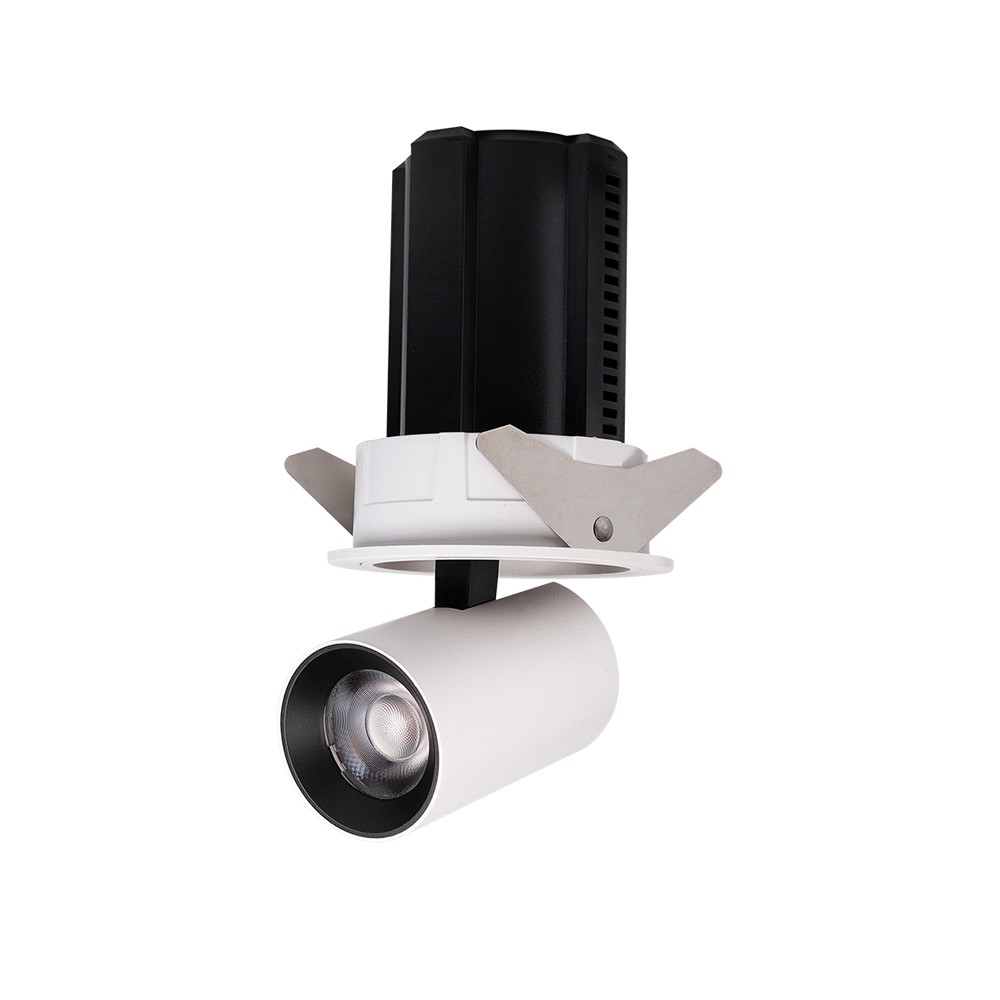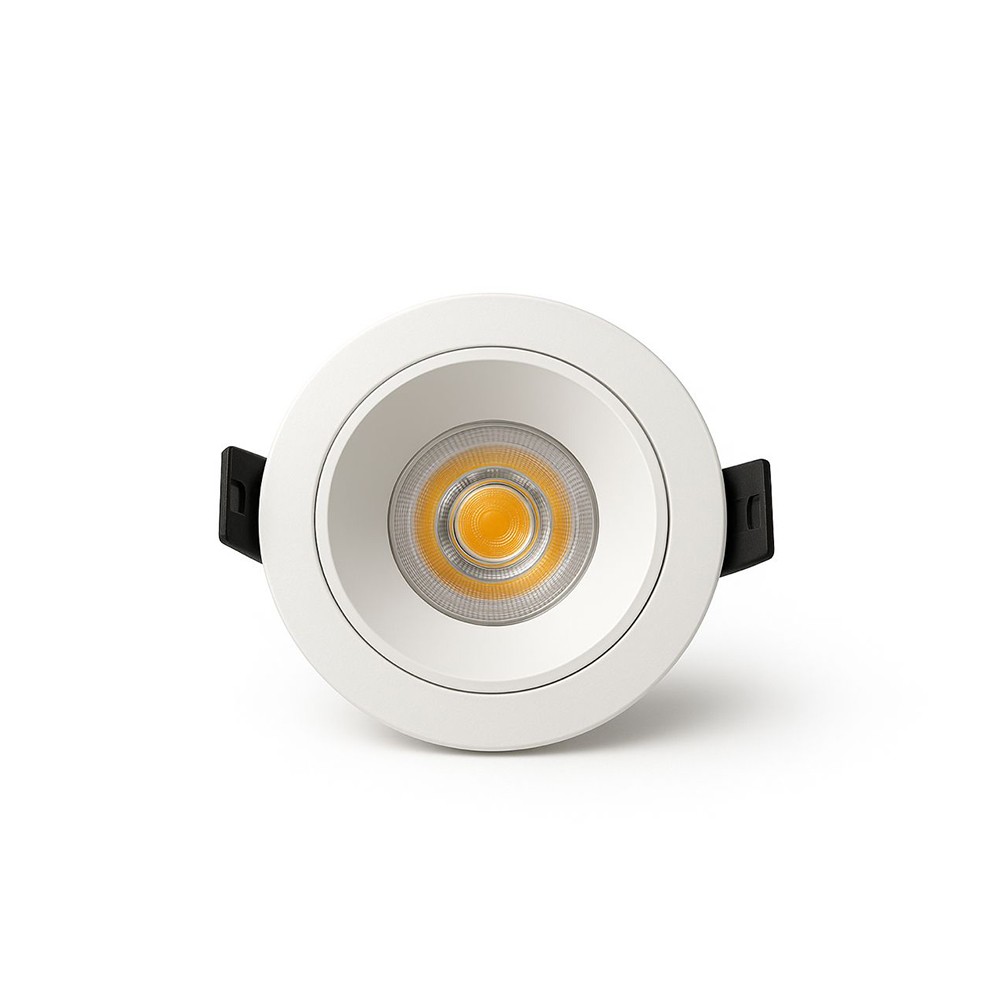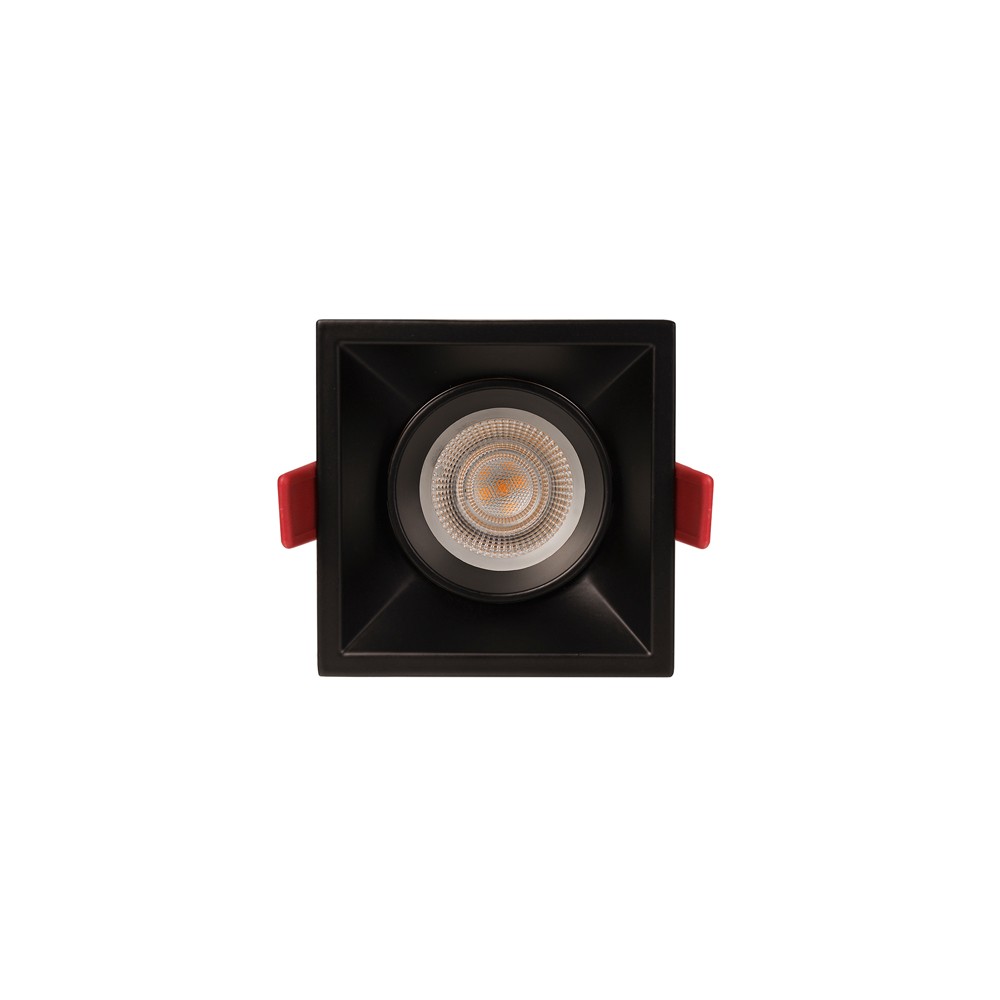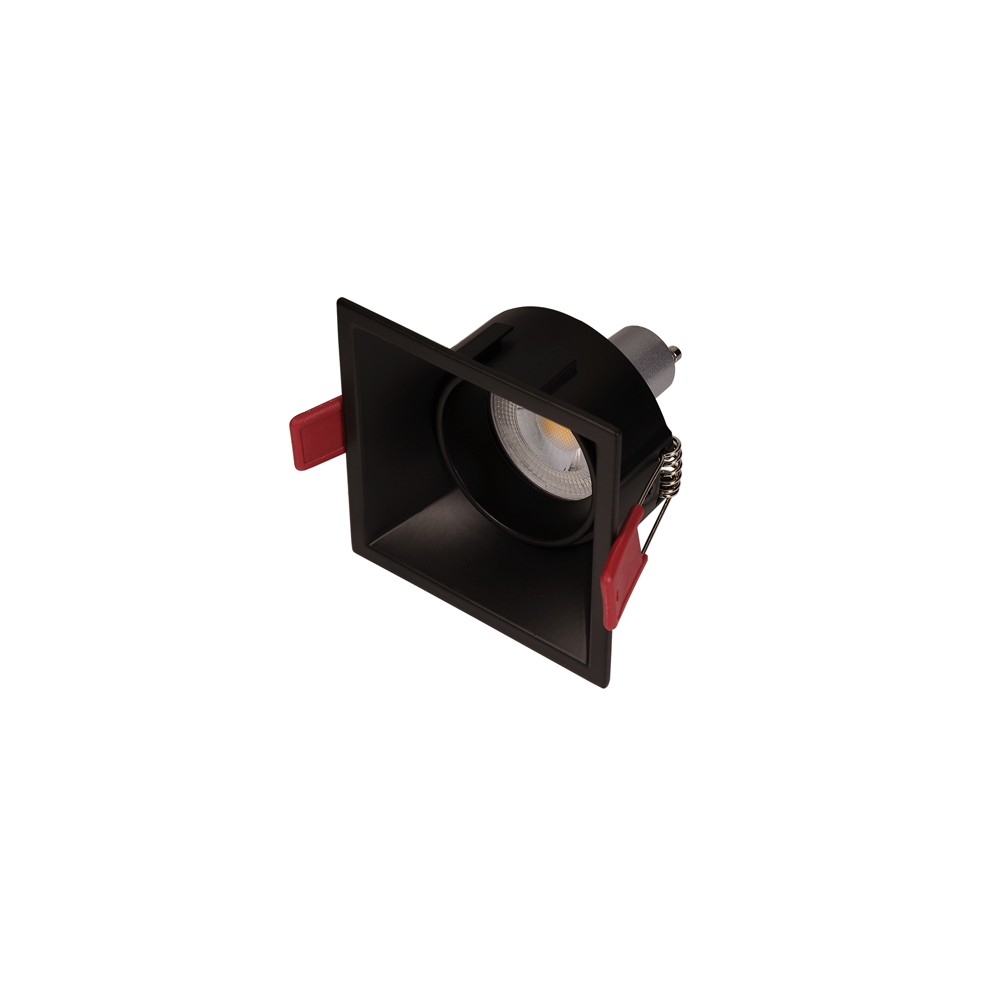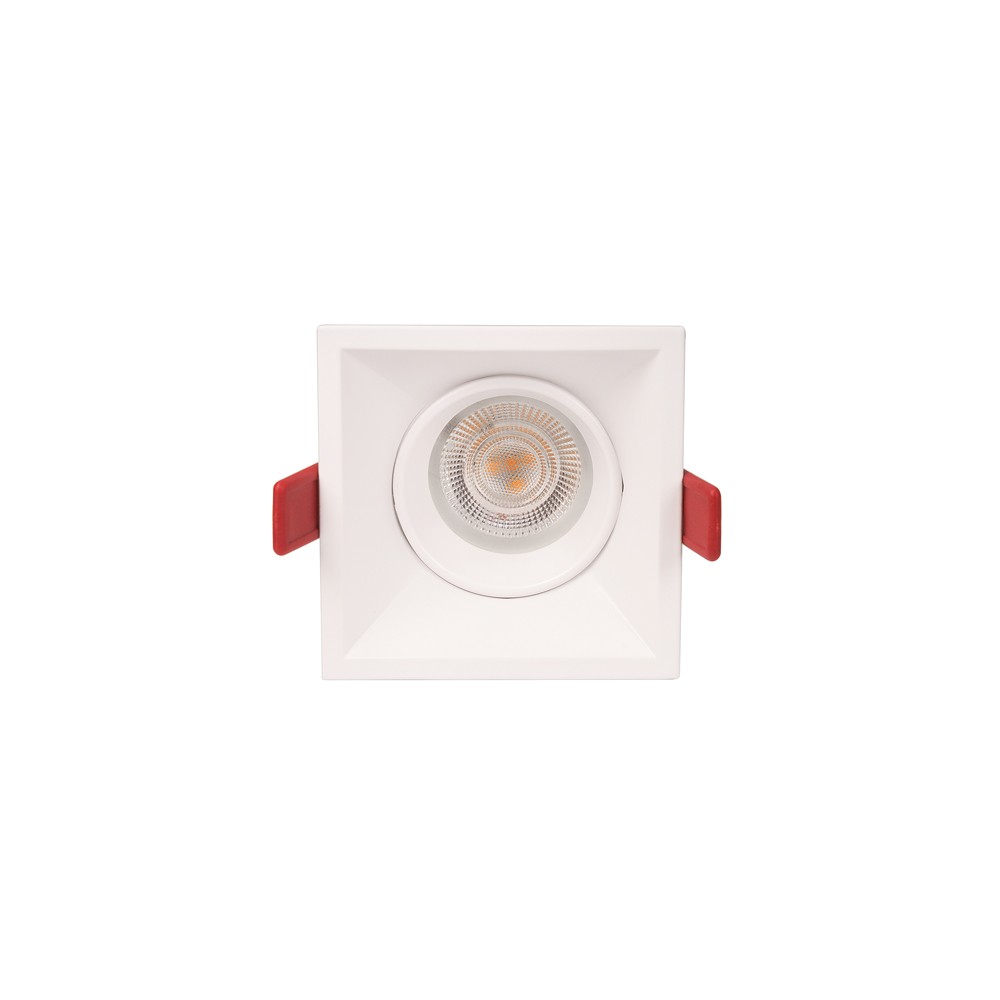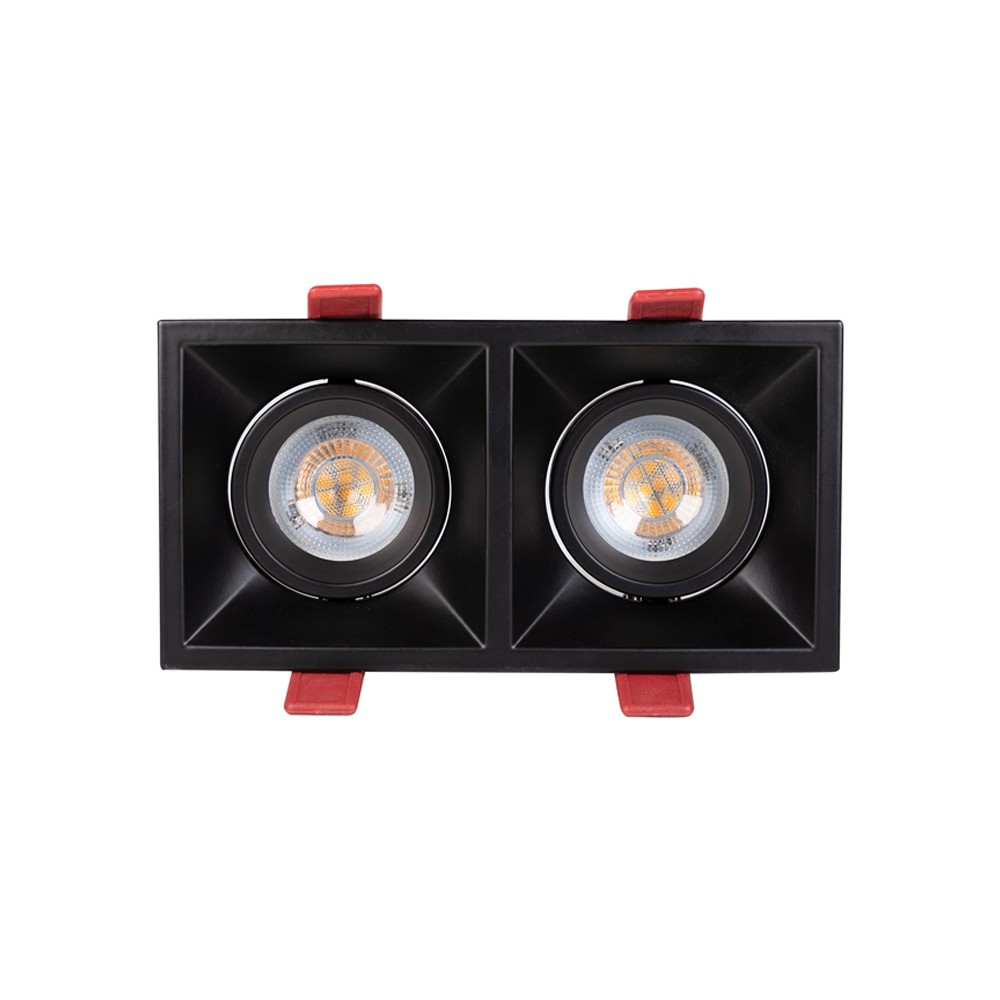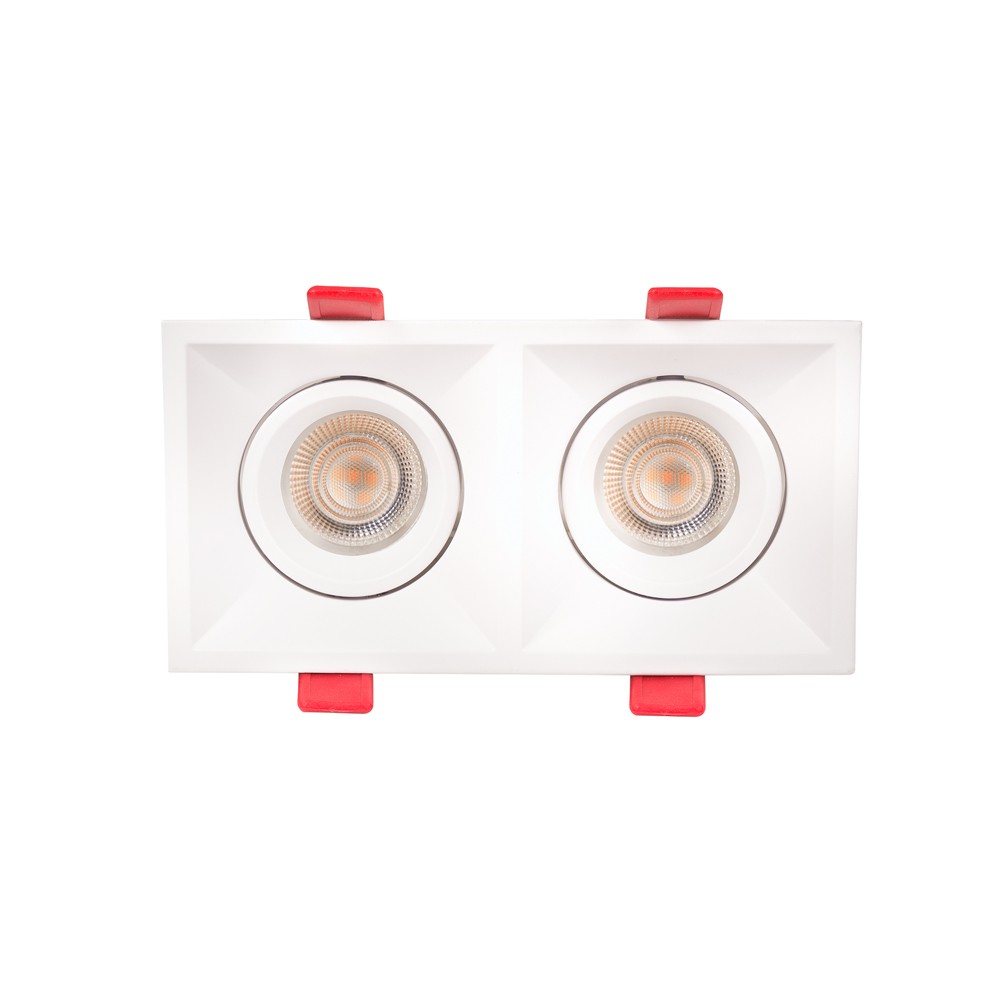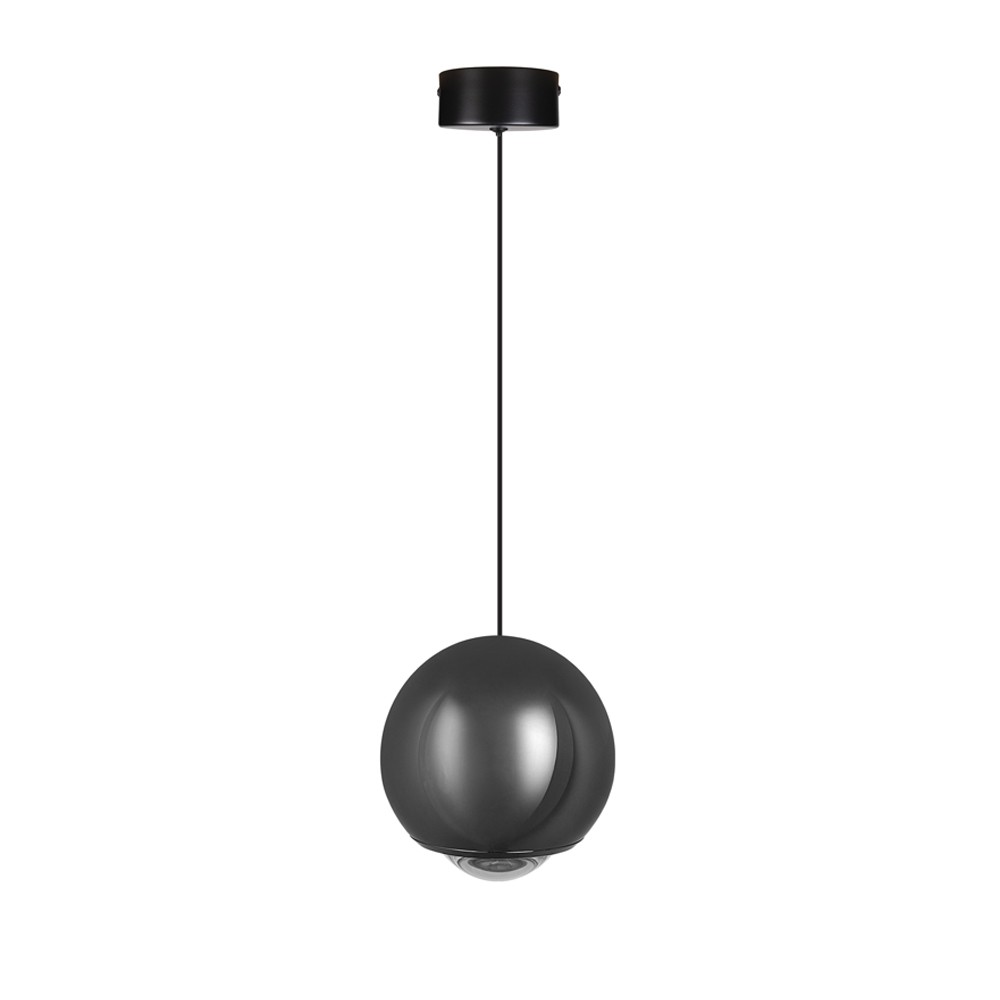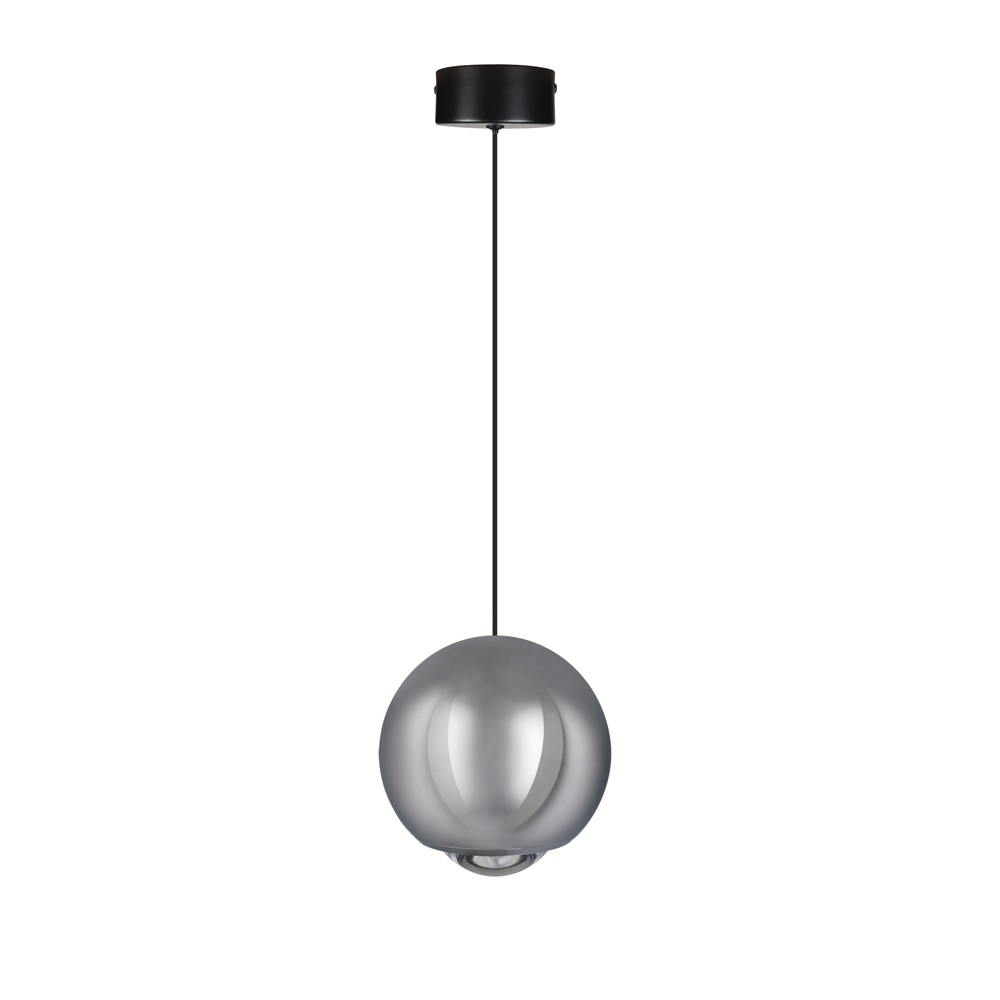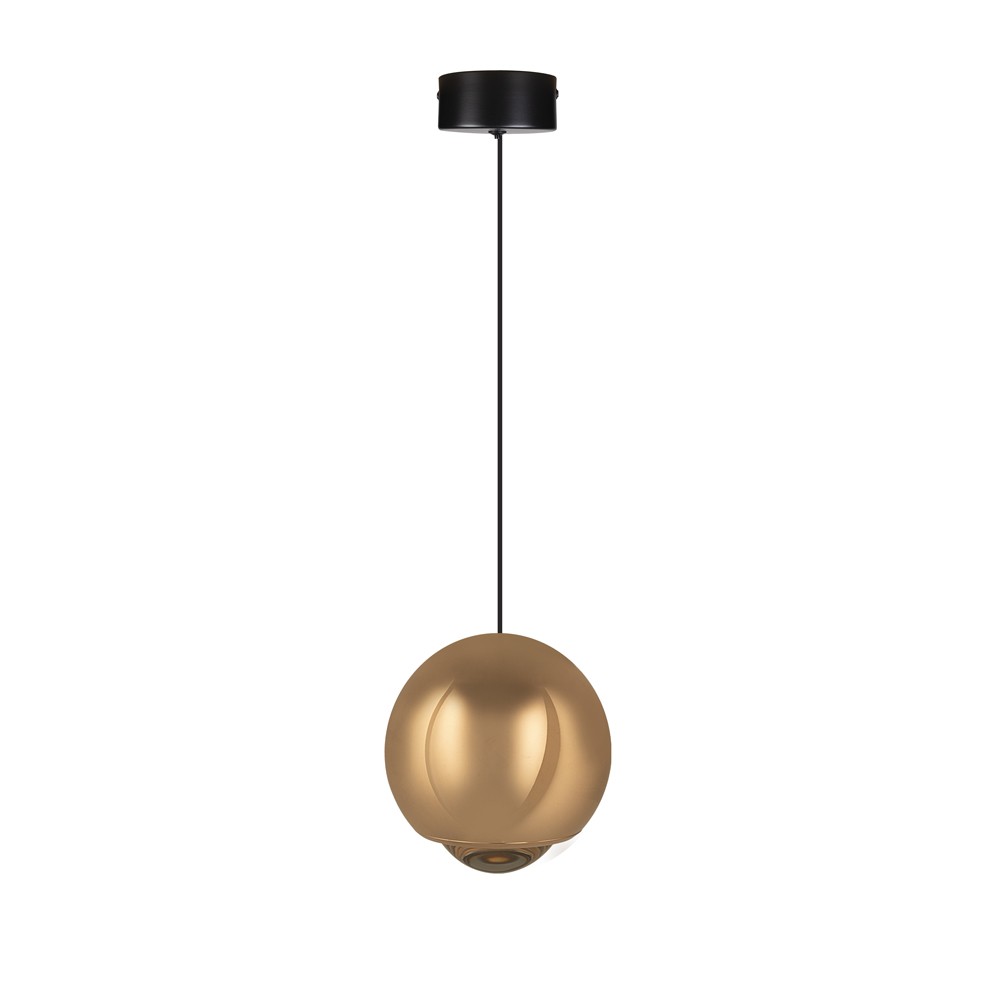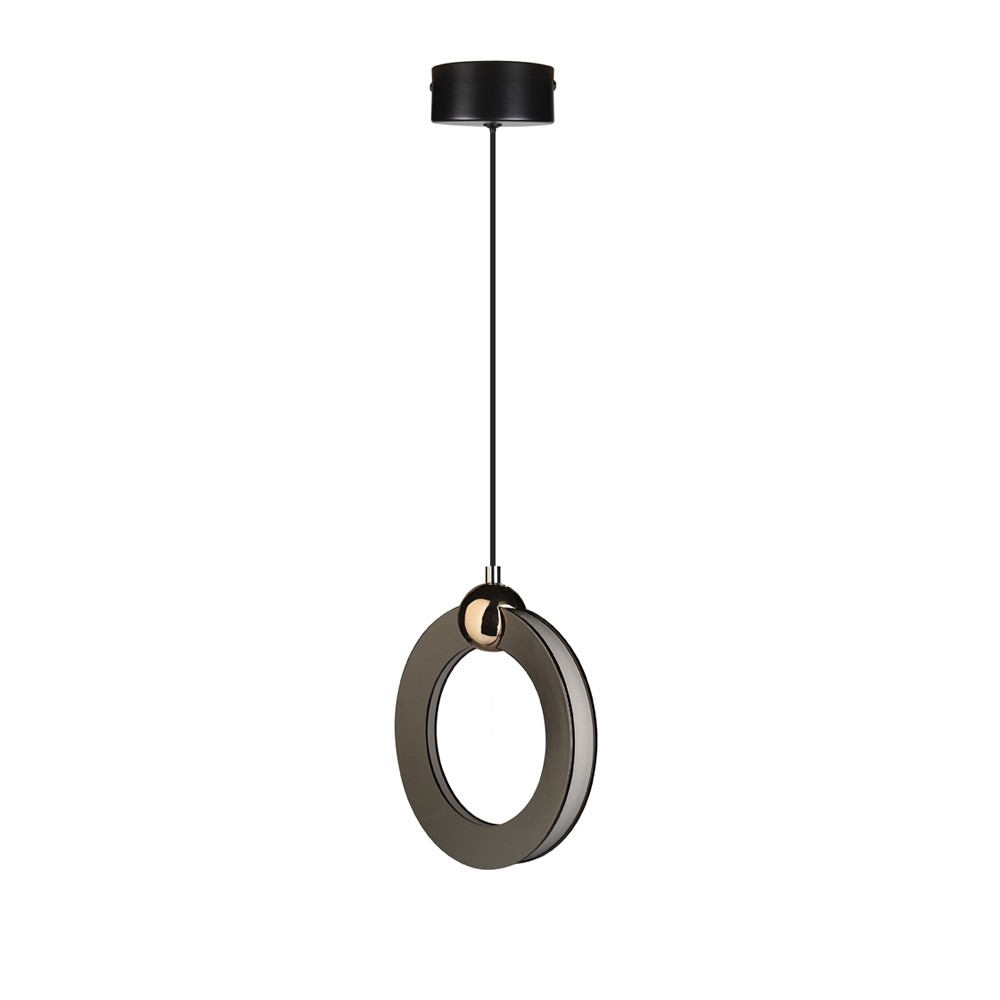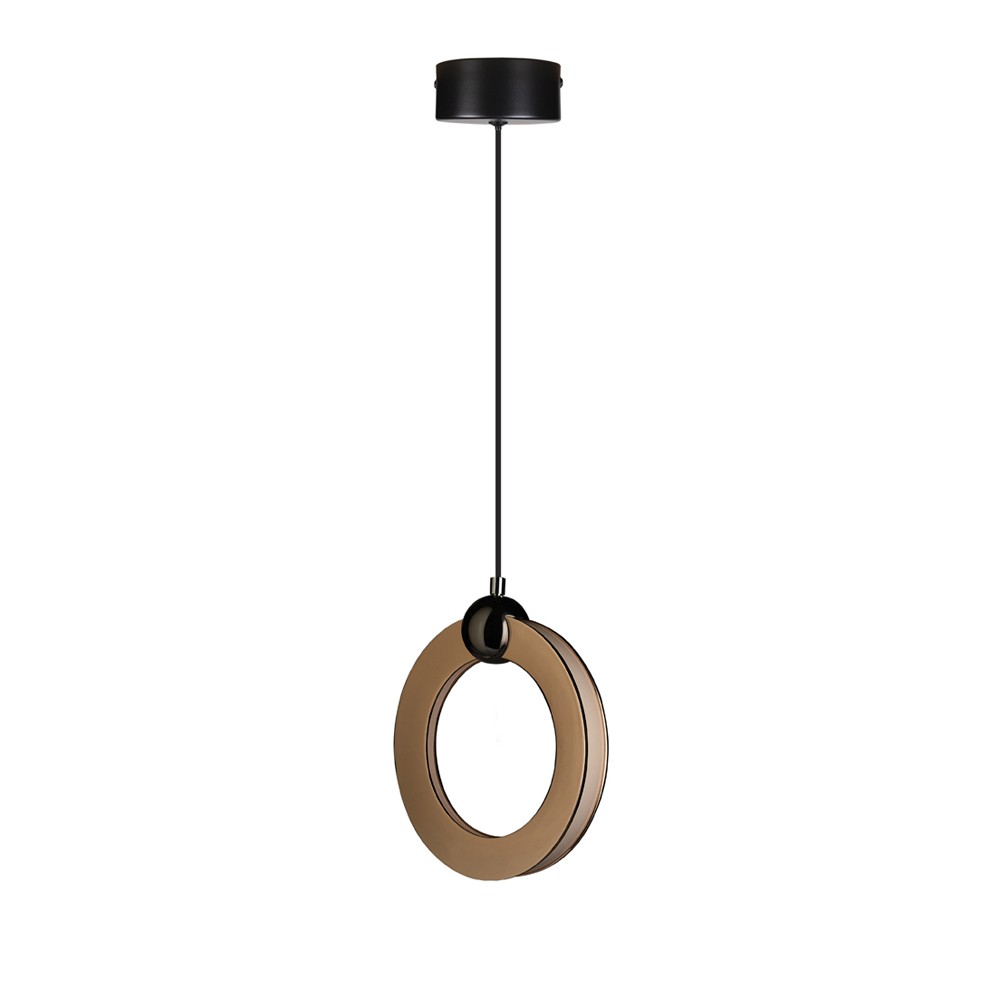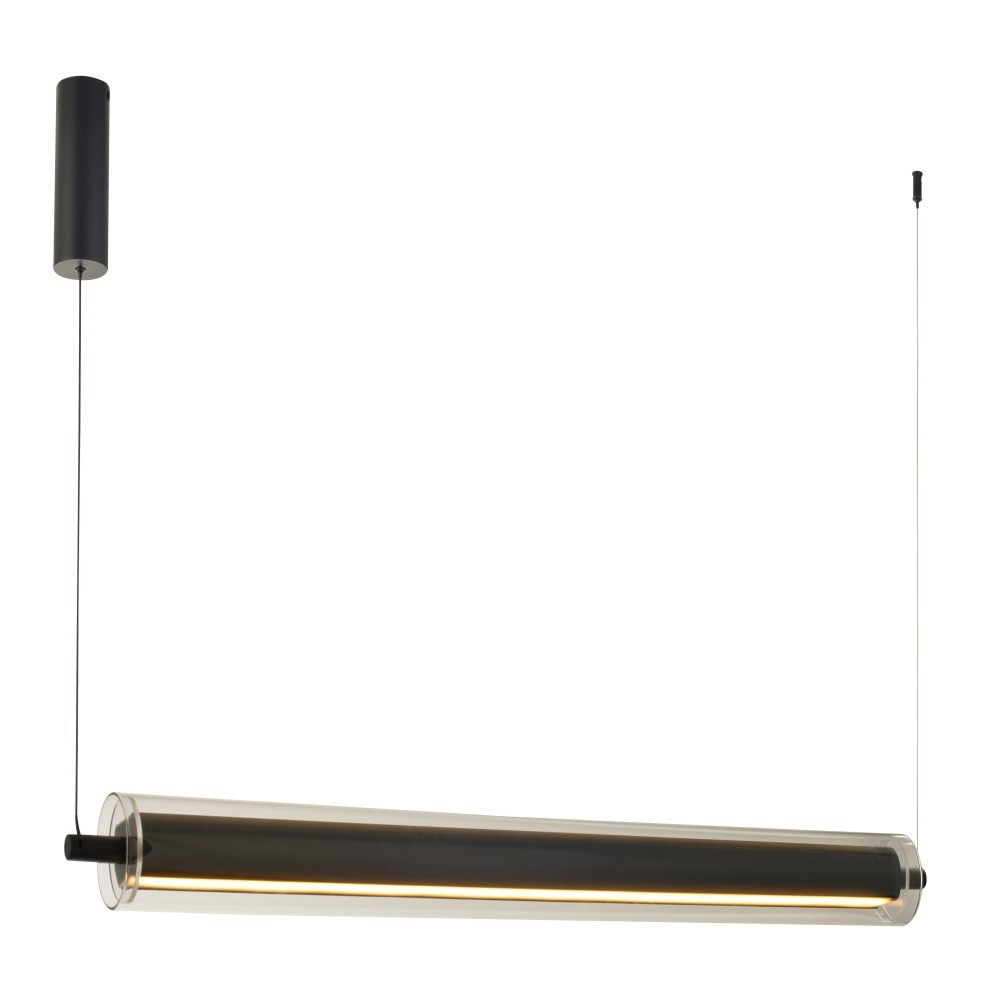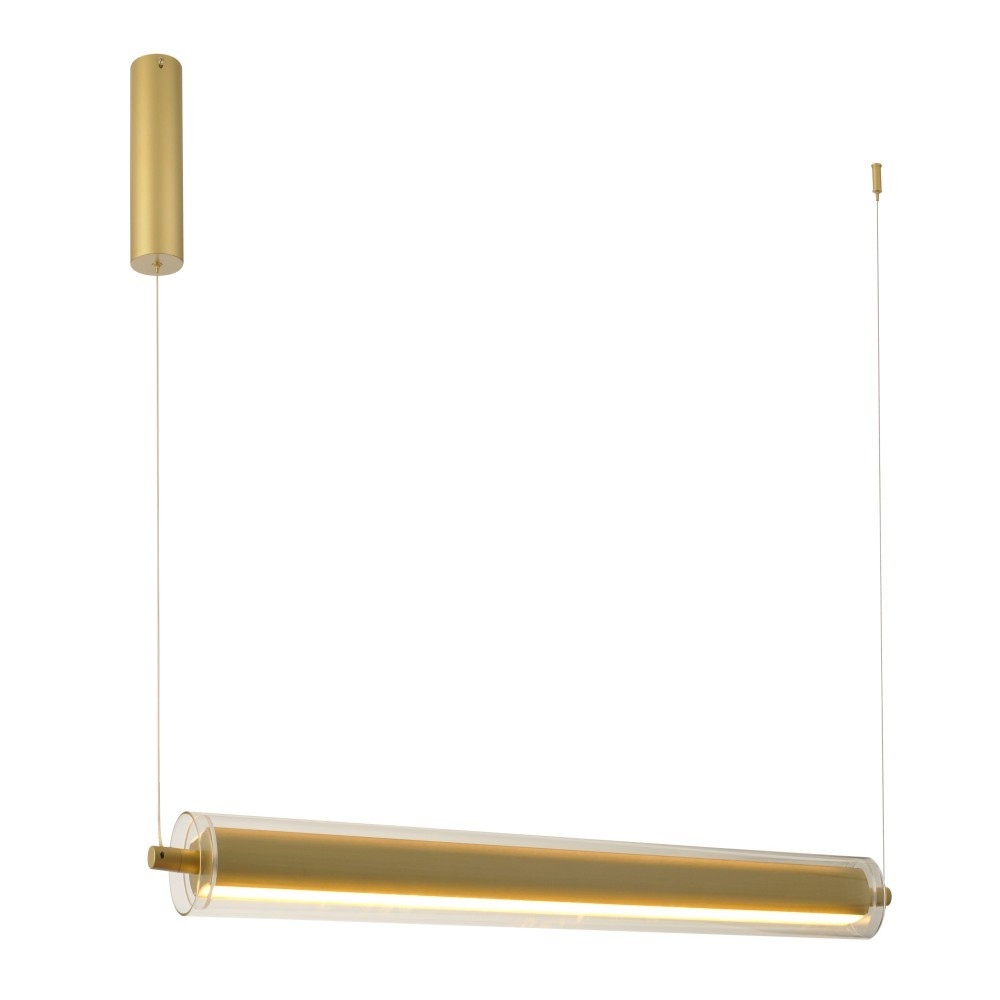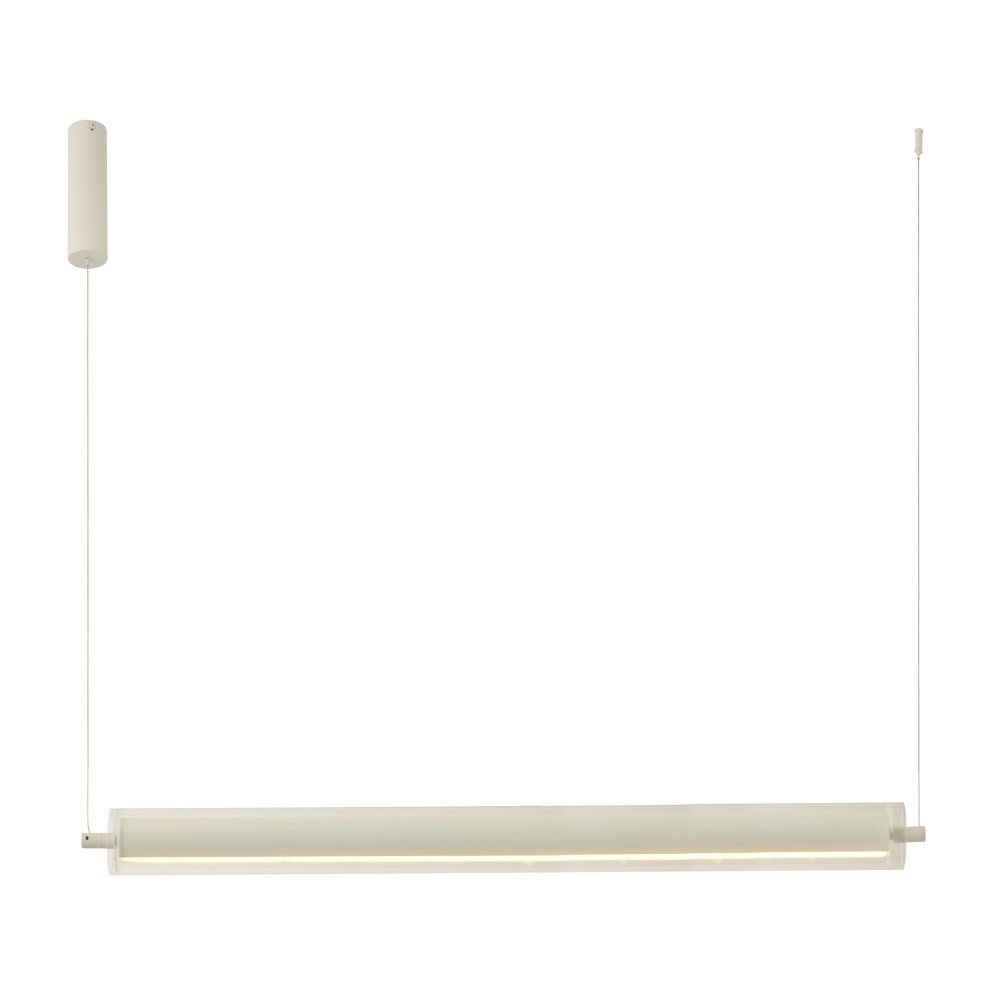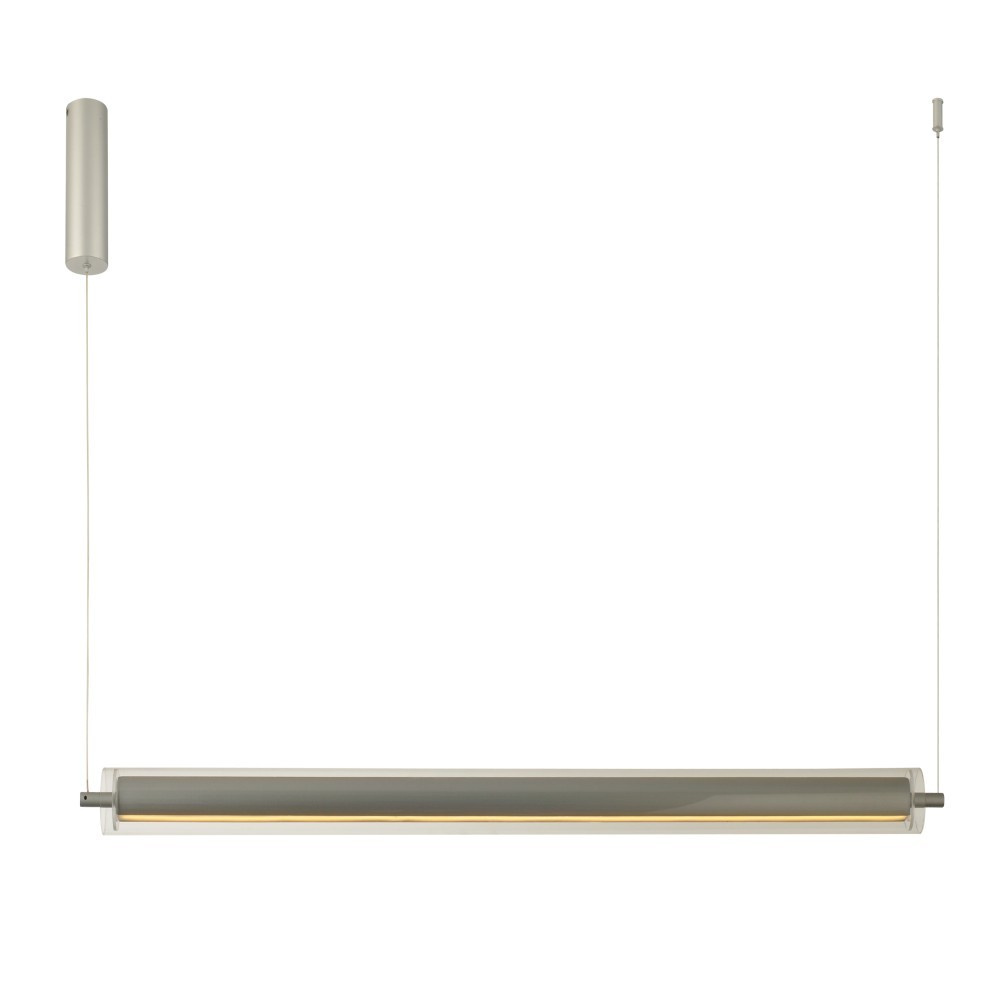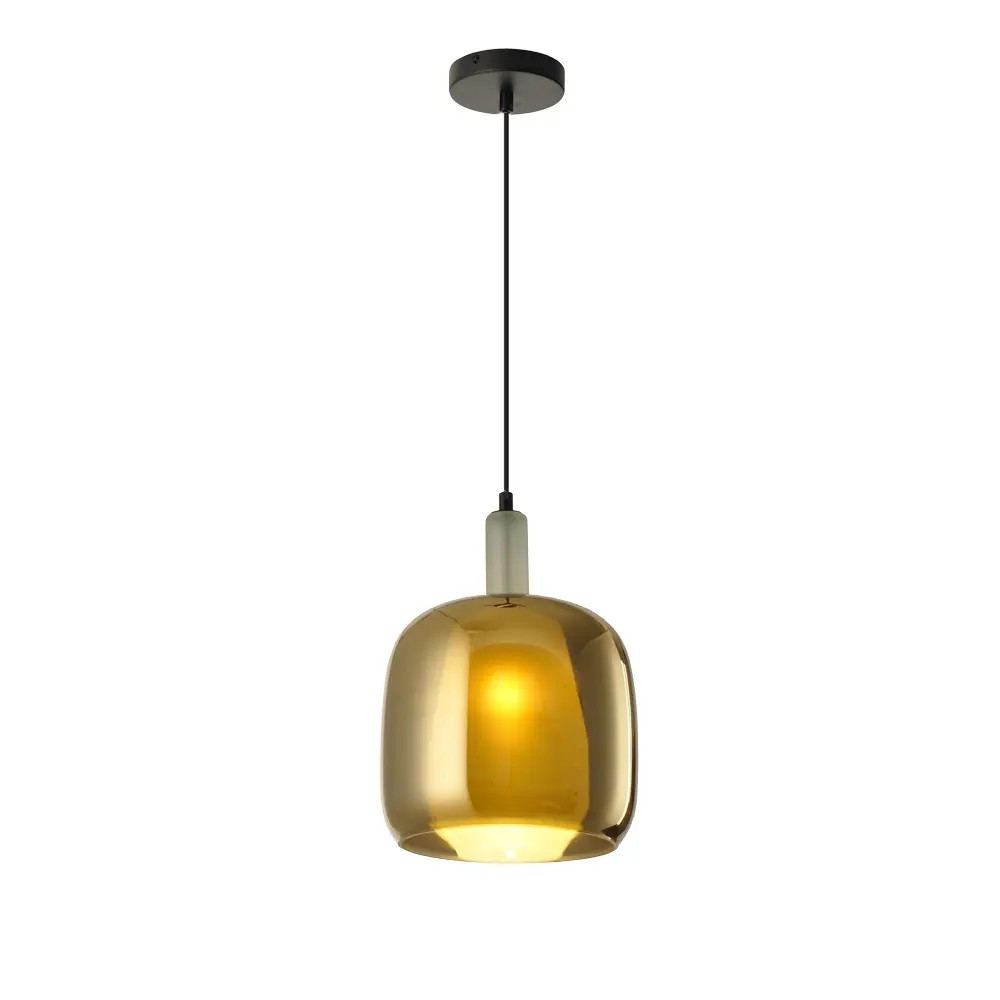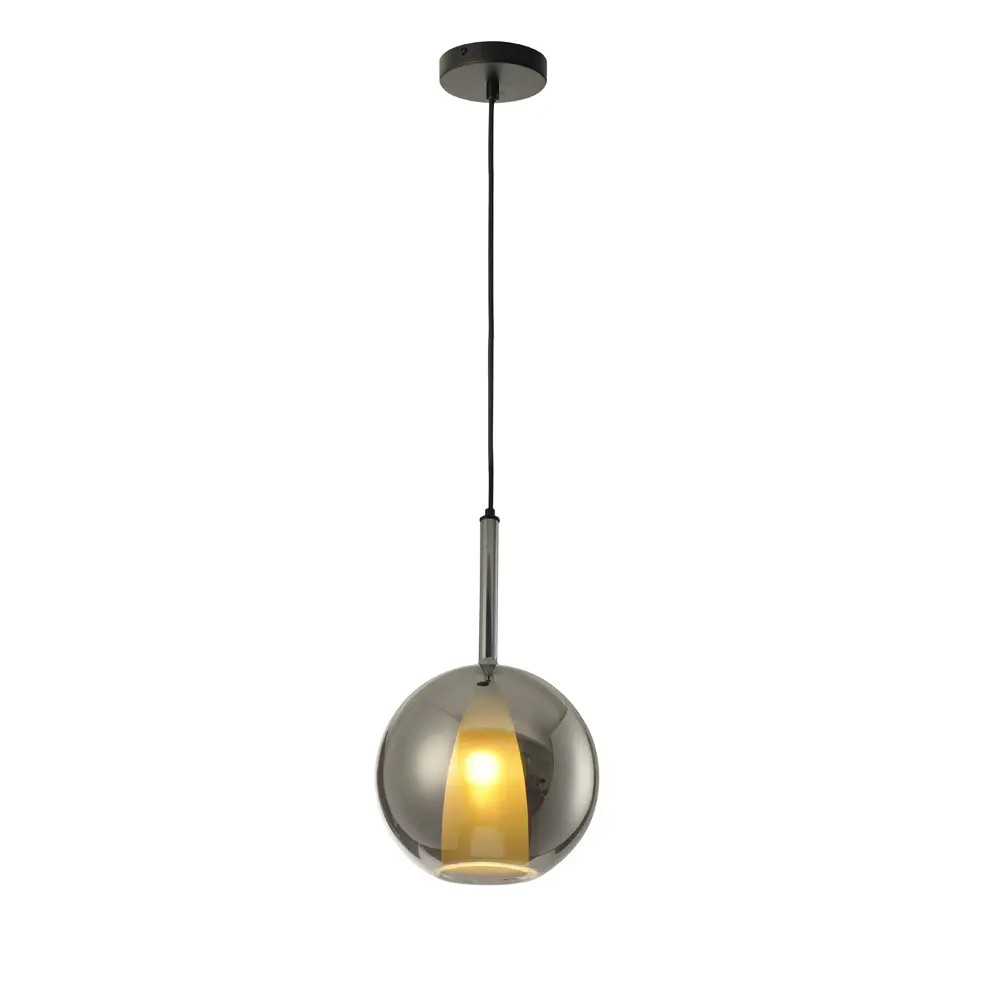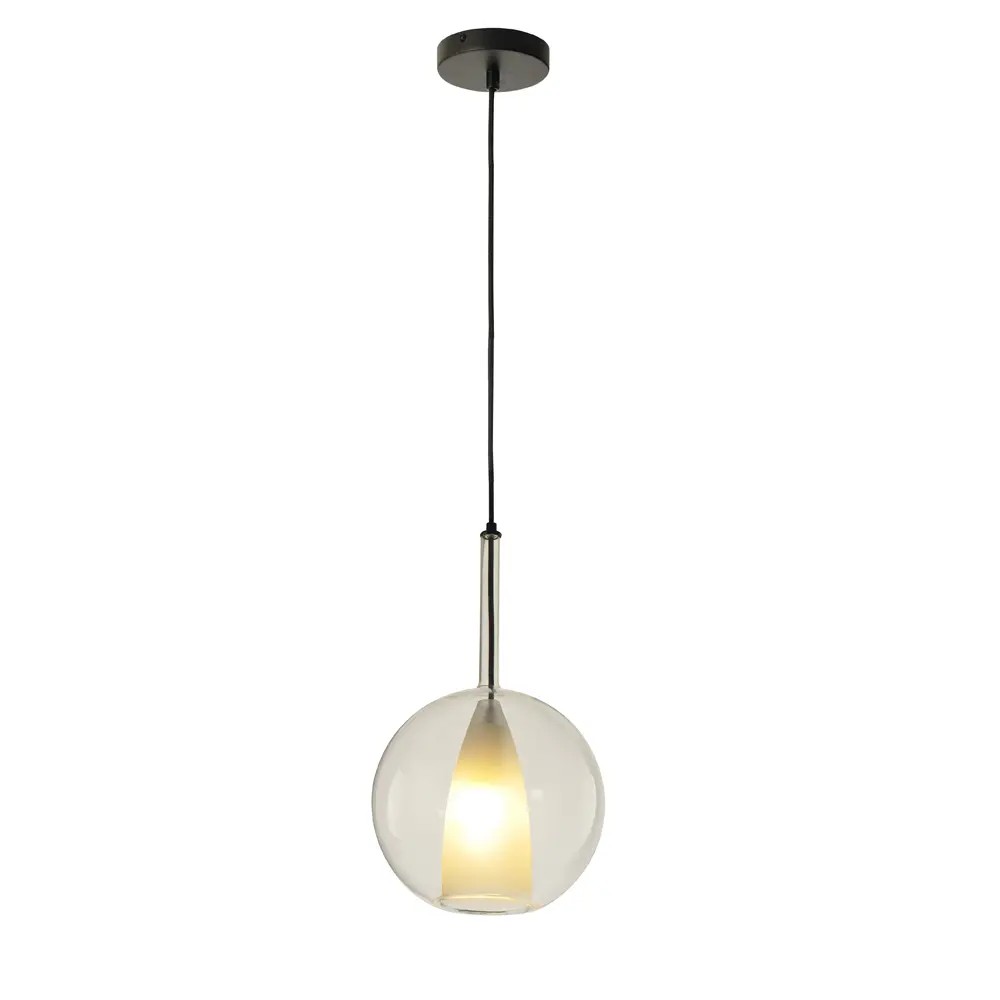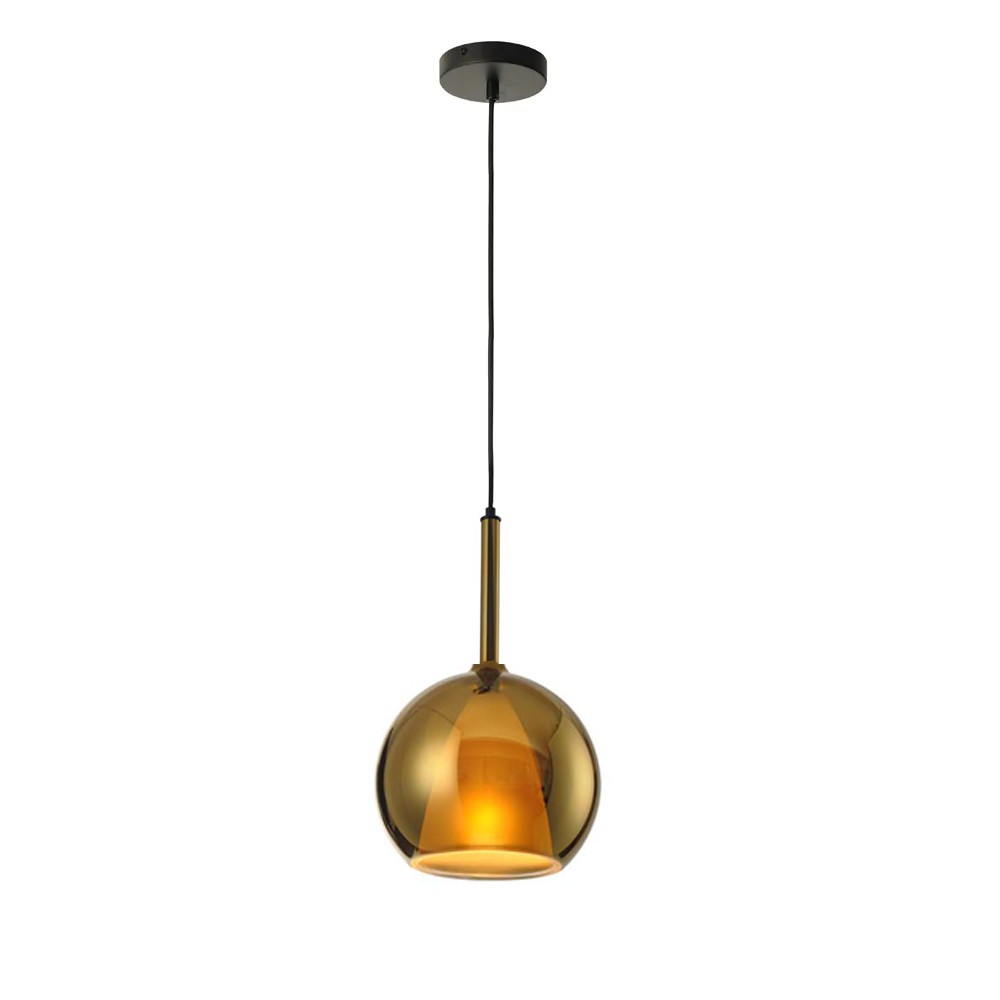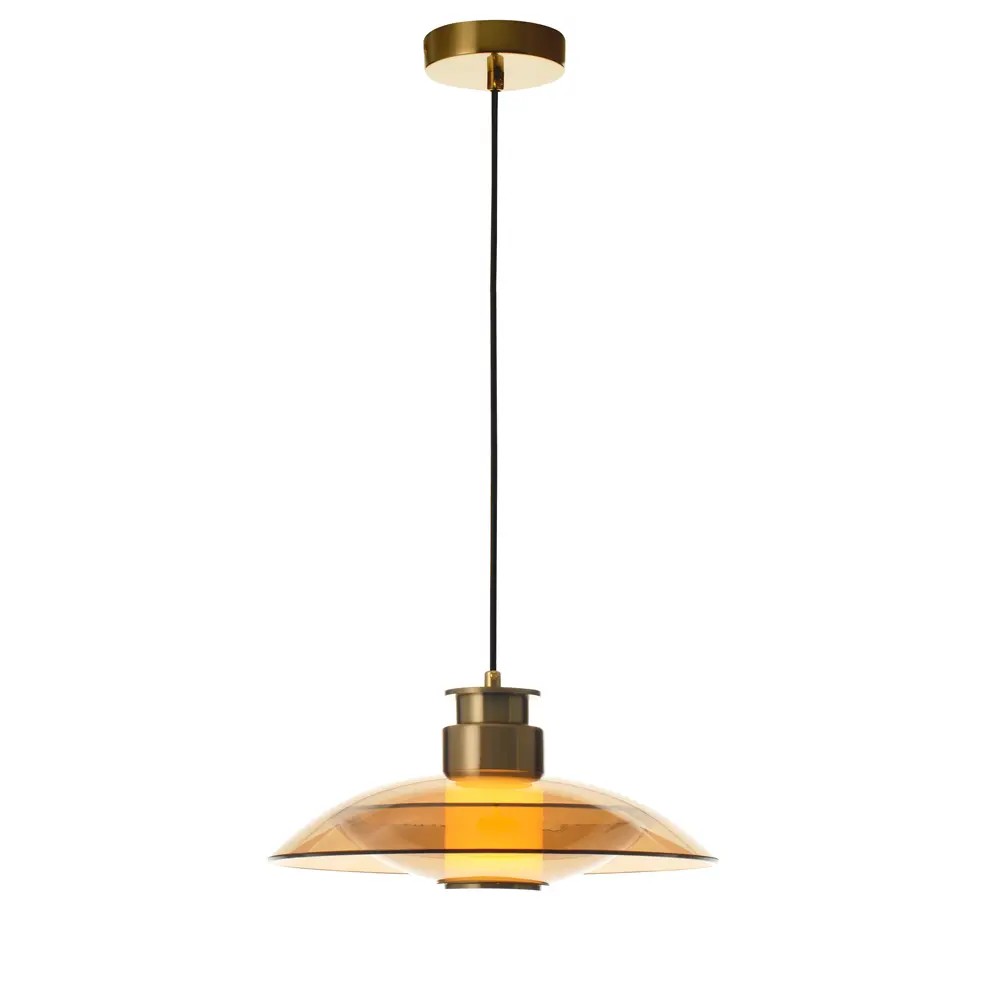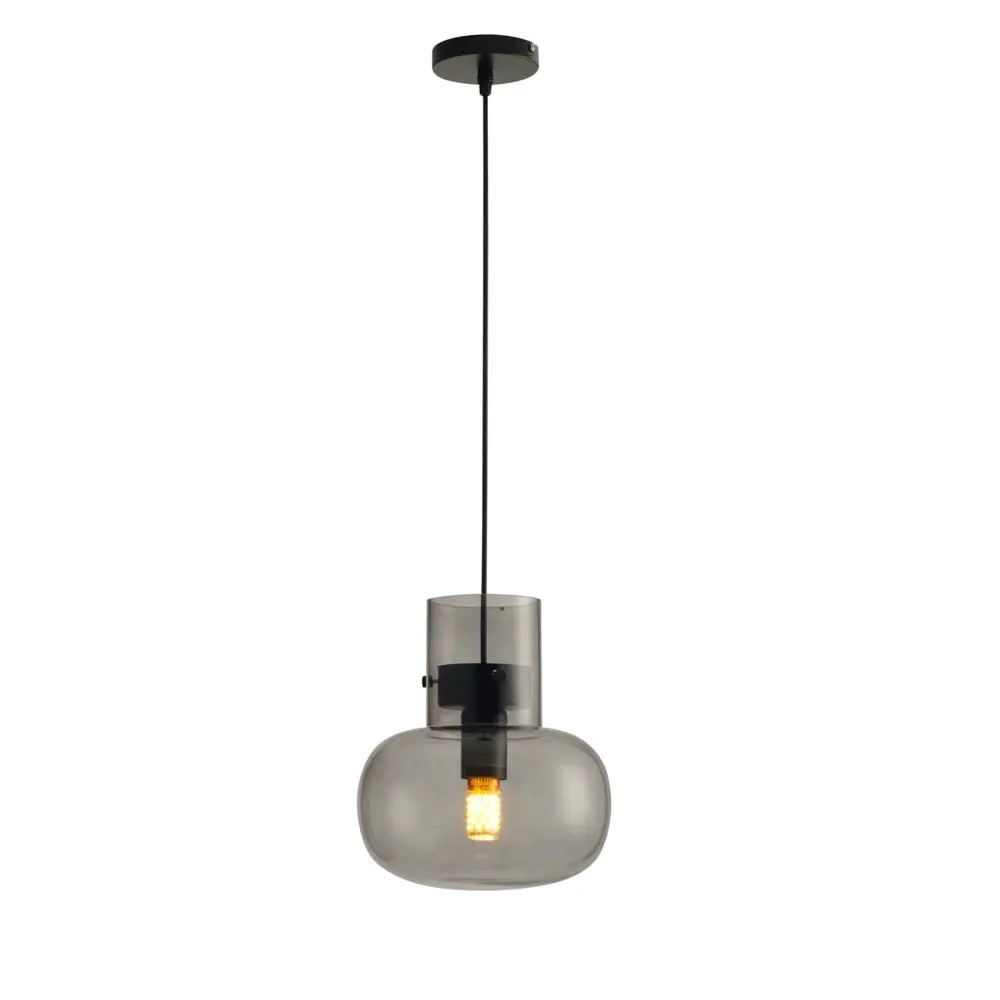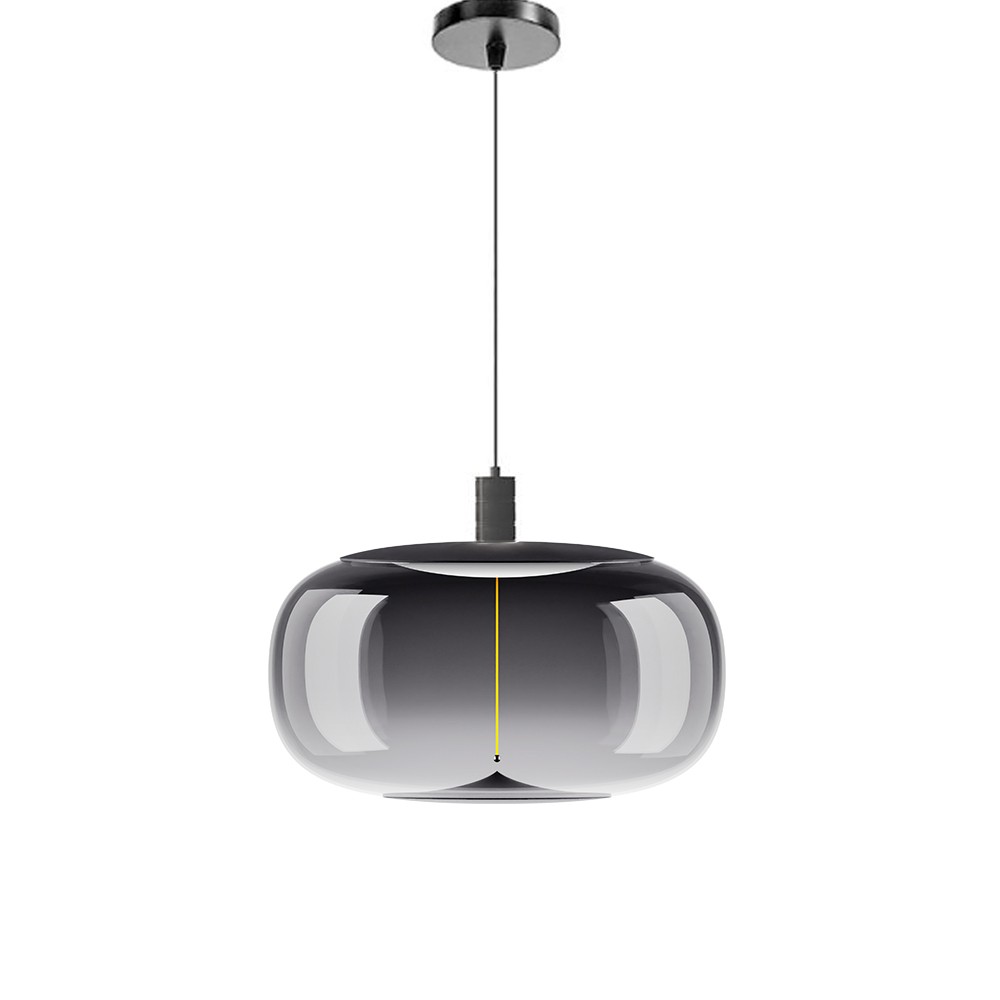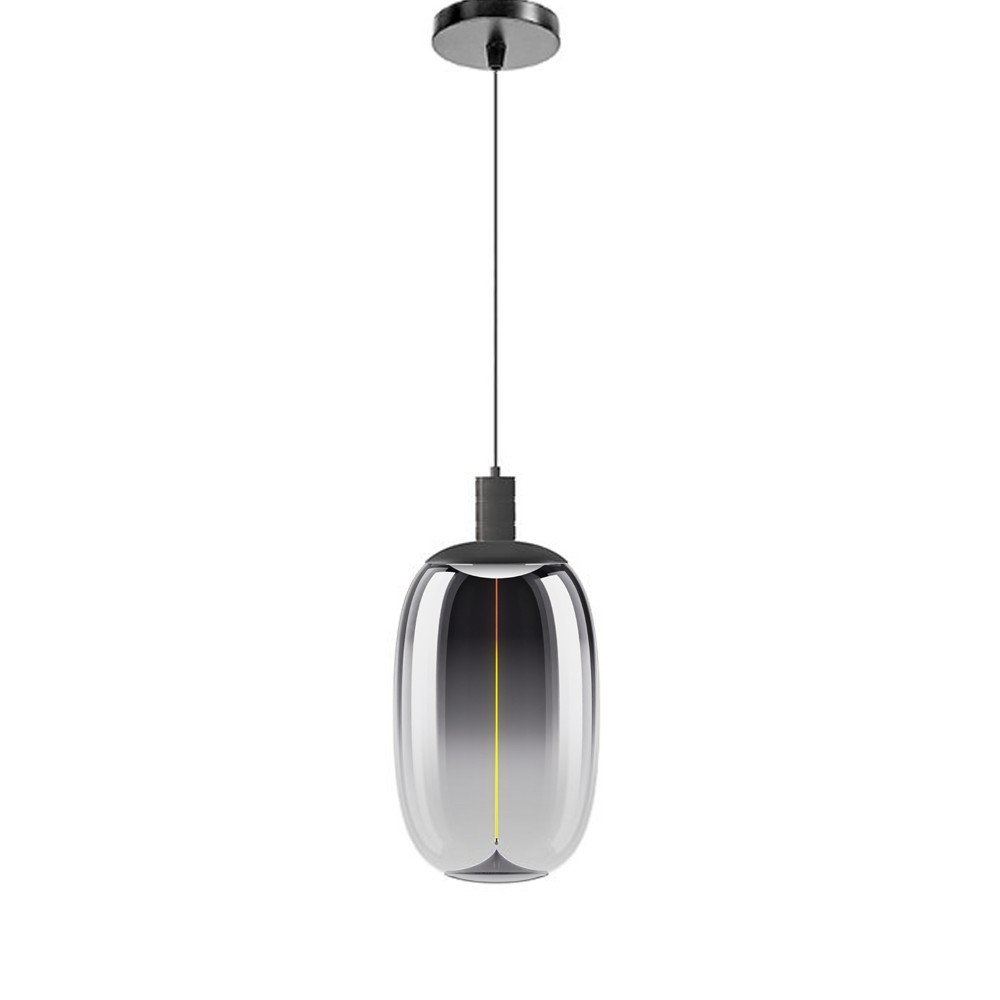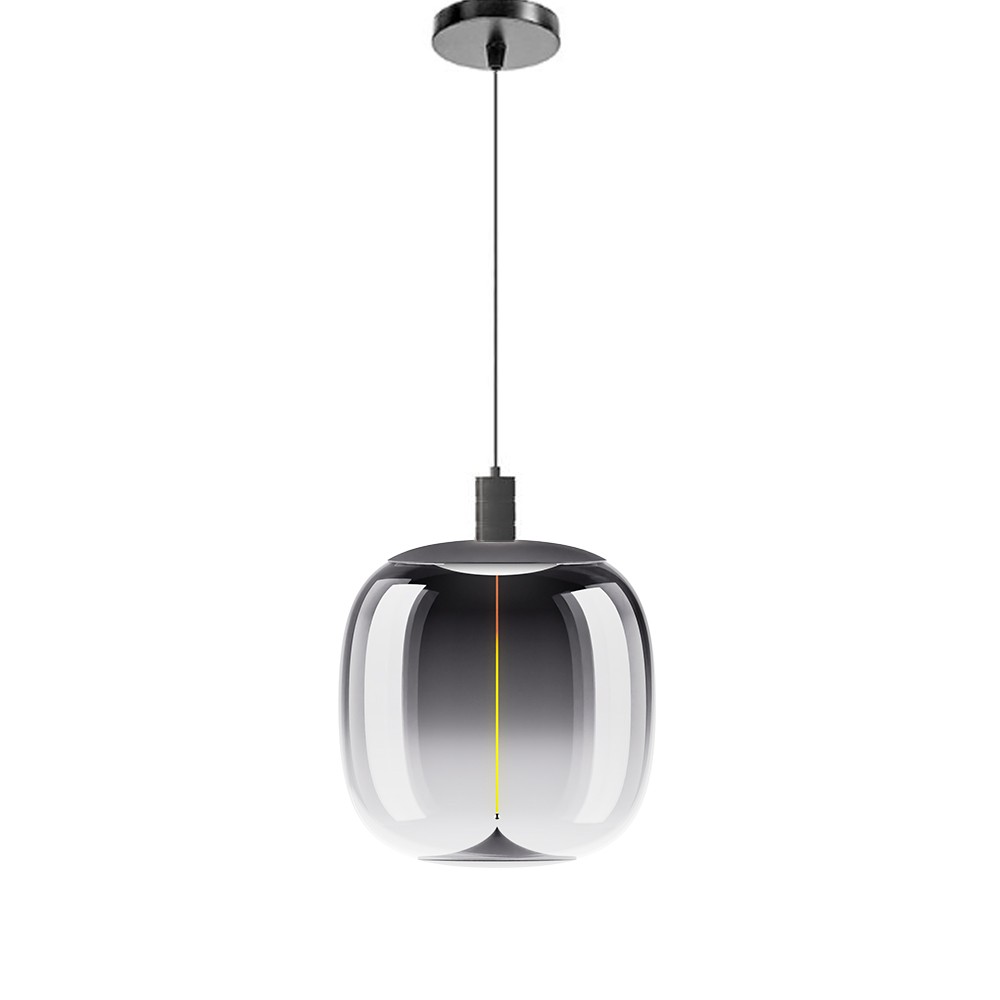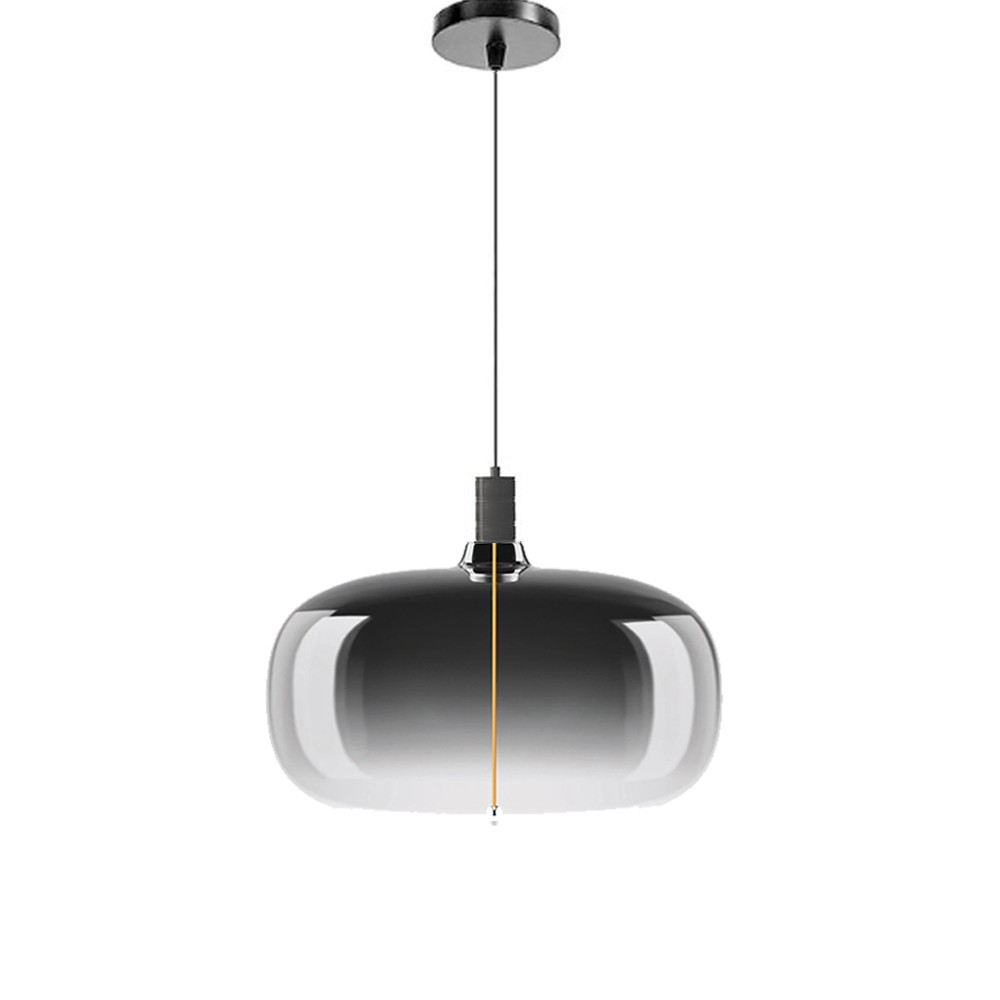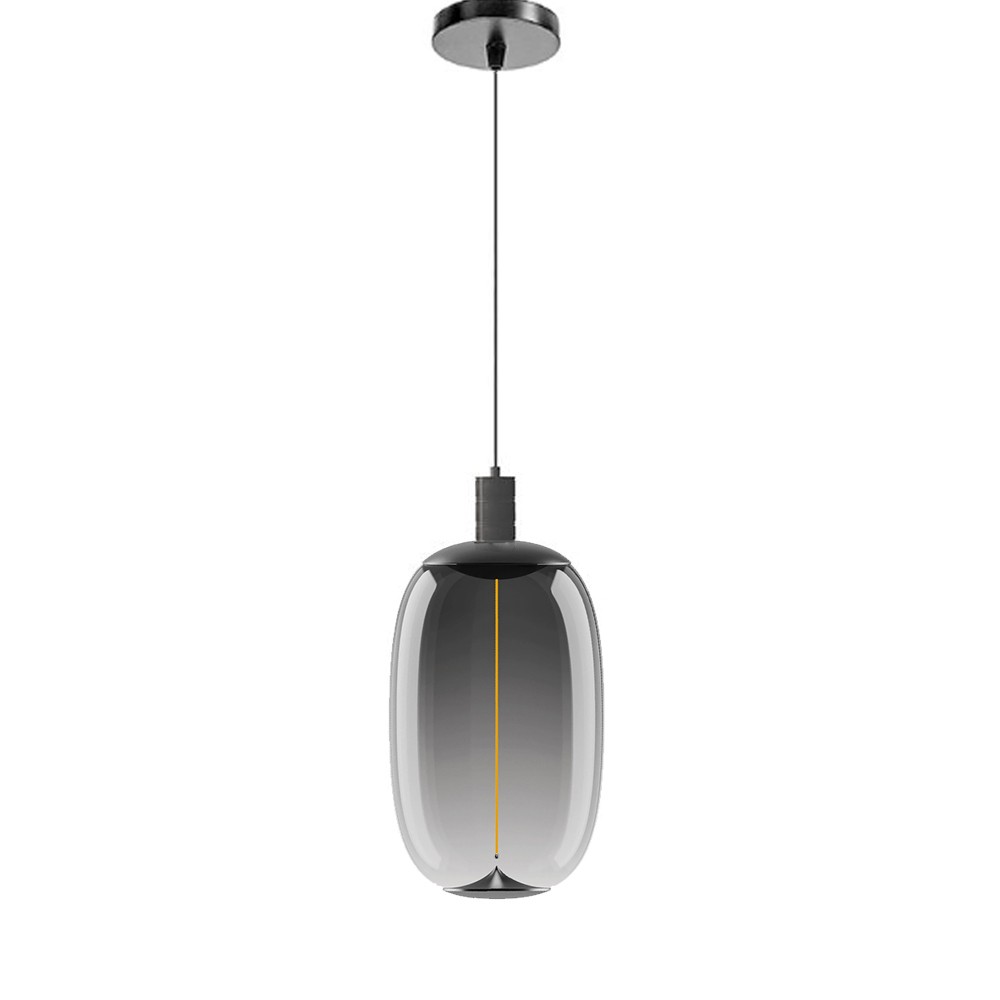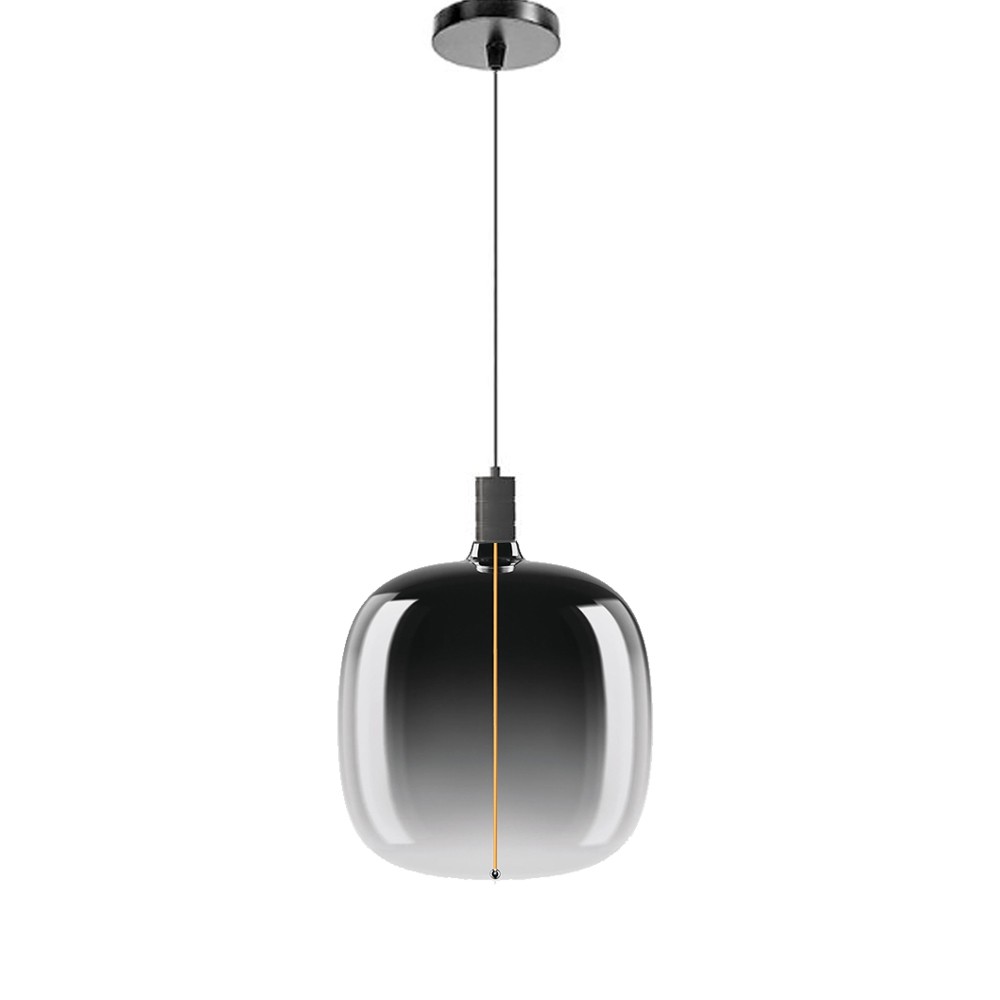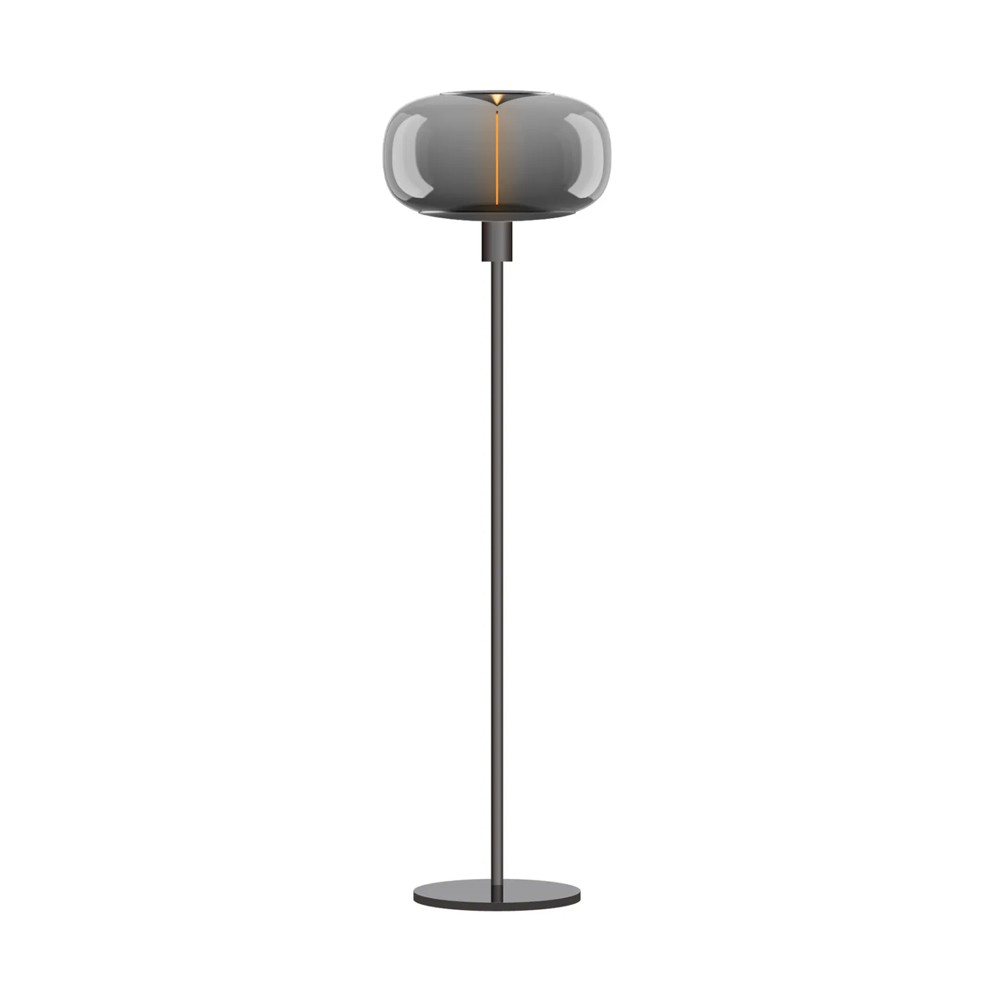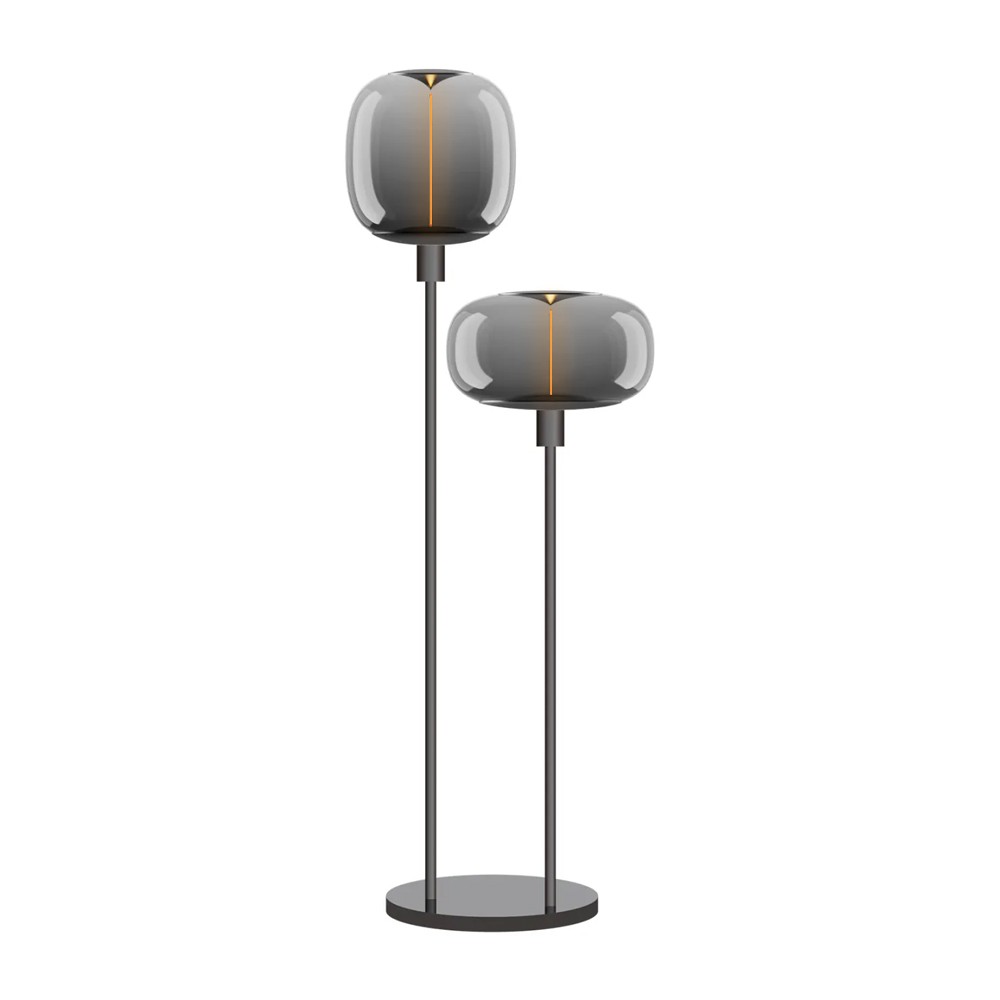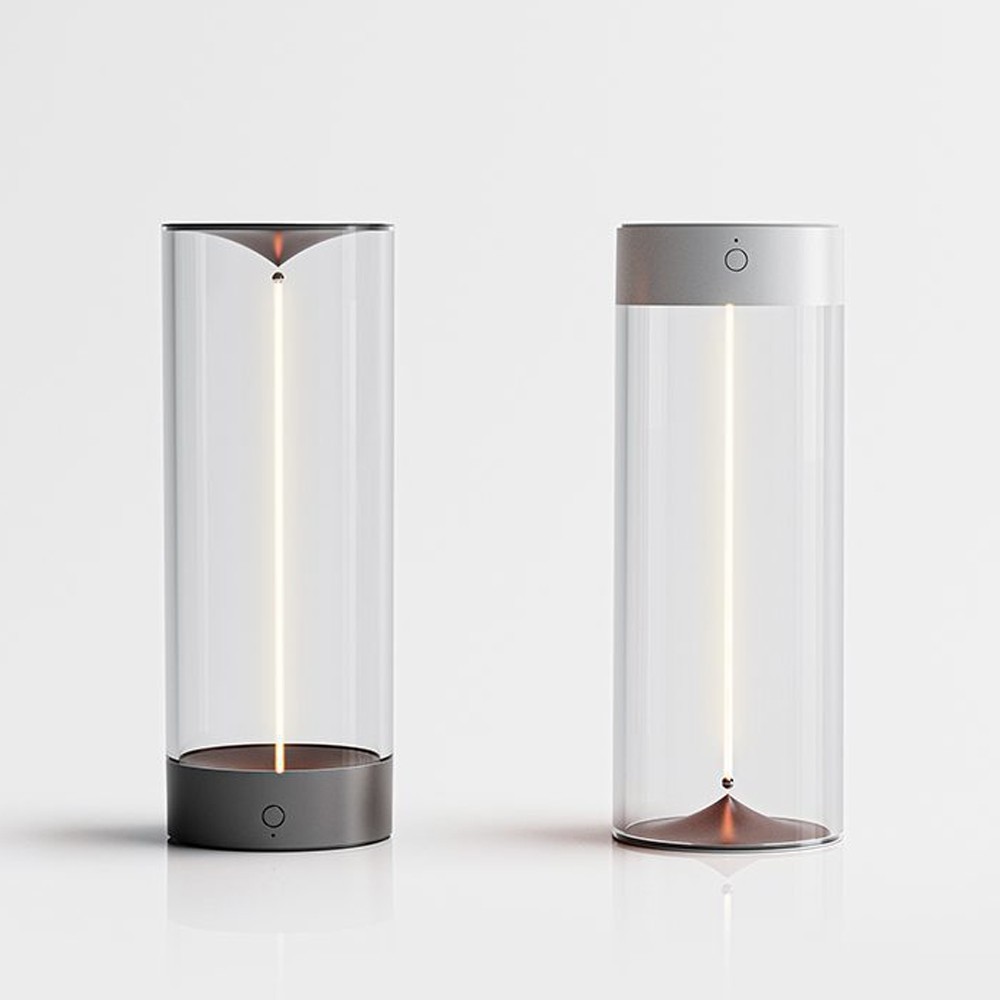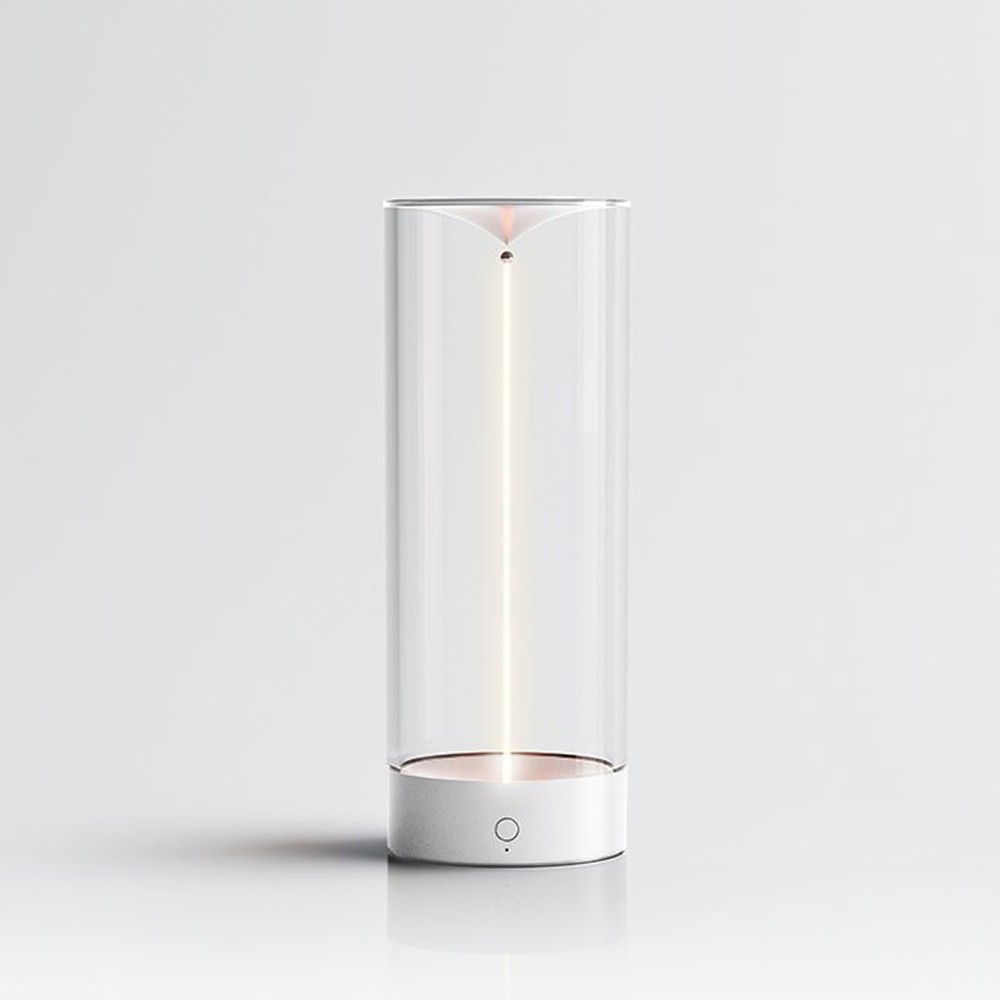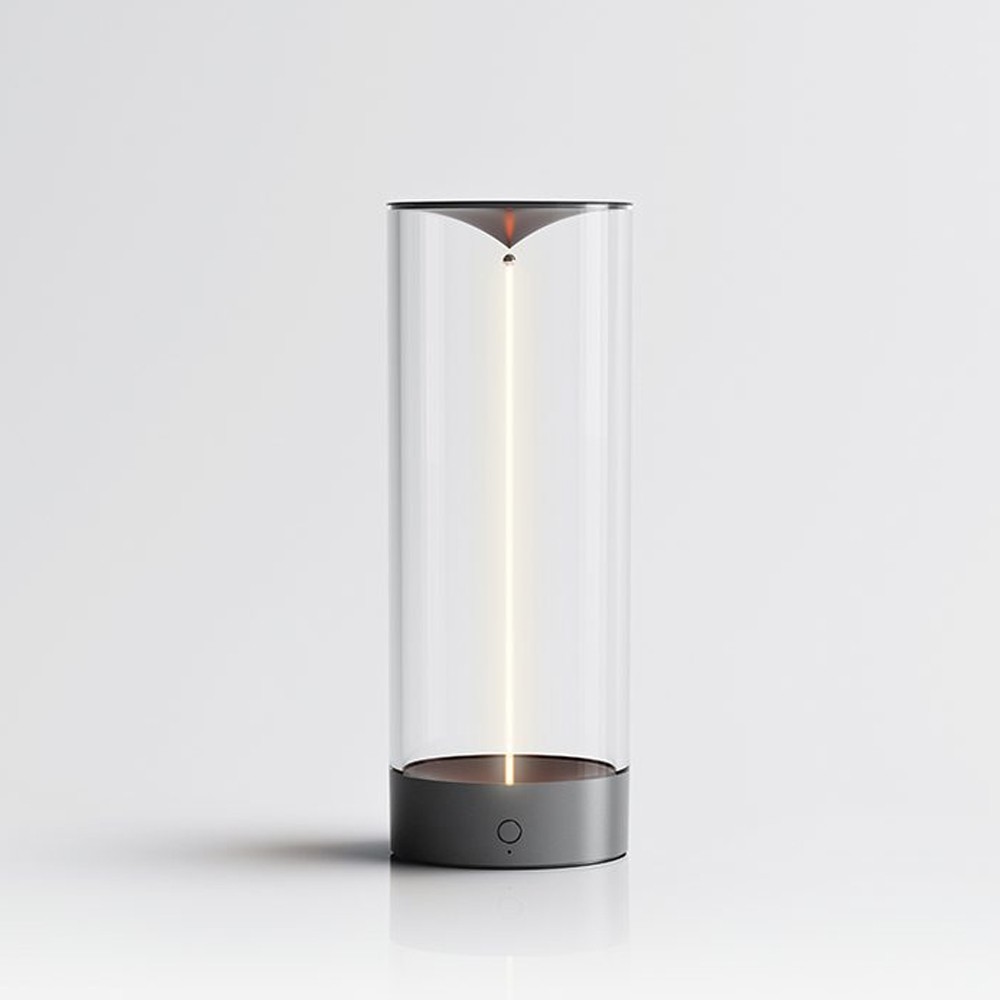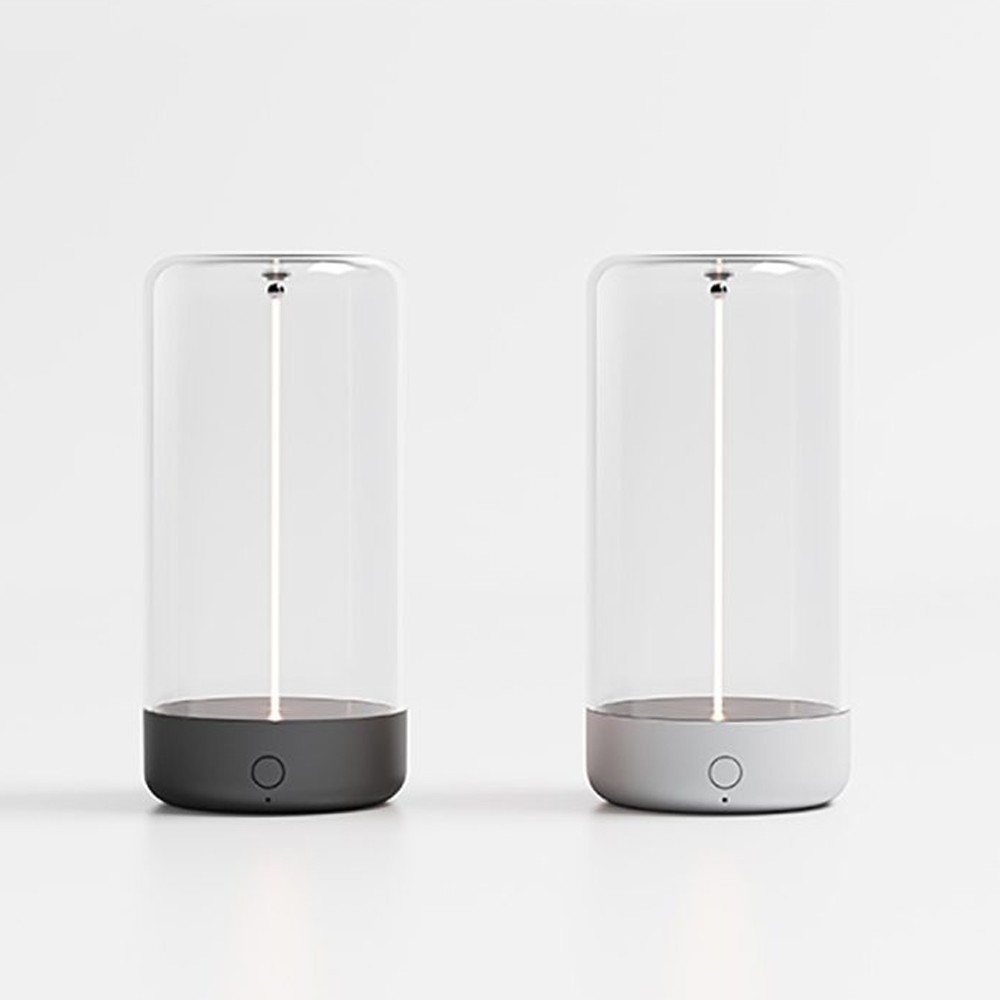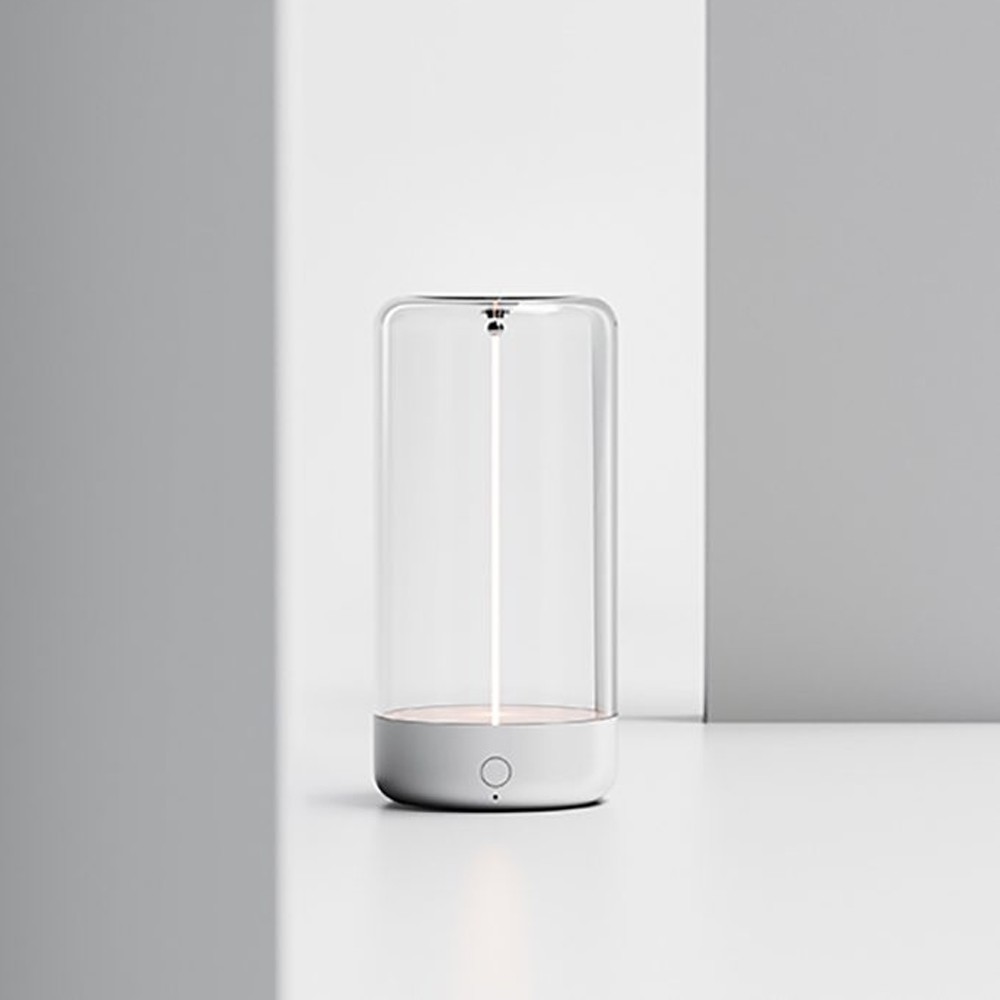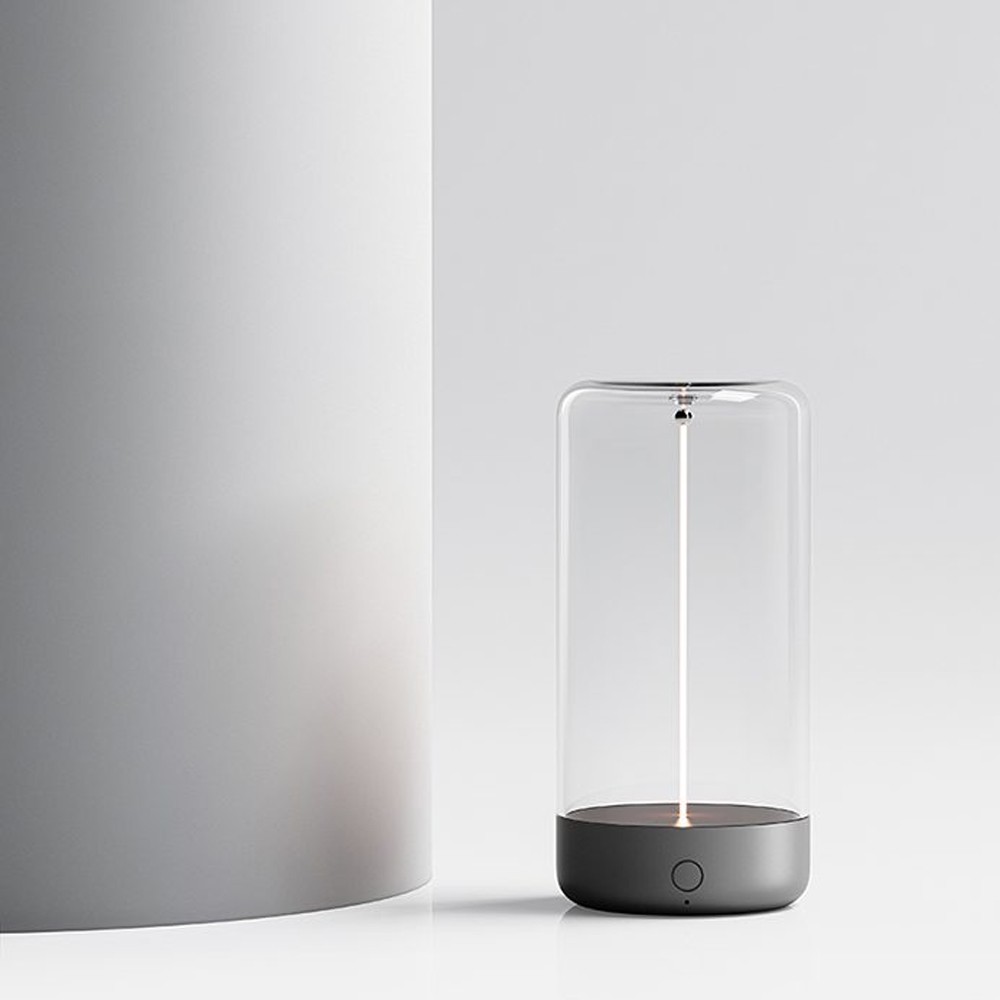Buy indoor lighting online + Best Price
Discover a wide range of indoor lighting options at the best prices on Pollux. Elevate your space with our curated collection of stylish and functional lighting solutions. Shop now to illuminate your home with the perfect ambiance:
- Track lighting
- Ceiling light
- Downlight
- Downlight frame
Indoor lighting tips
1.Color rendering index (CRI)
Regarding the color of light, two numbers are defined for each lamp: the first is CRI or color rendering index, which is a number between 1 and 100. Higher numbers indicate the accuracy of the color of the objects under the light of the lamp. Sunlight and incandescent lamps have a CRI of nearly 100. CRI around 80 is sufficient for normal and home use. Another number is related to the color temperature of the lamp, which is measured in Kelvin (K). This number specifies the color spectrum of the lamp. The sunlight at sunrise and sunset is like the light of an incandescent lamp; Warm. This light has a color temperature of about 2700 Kelvin, and confusingly, "lower color temperature" equals "warmer" light! Sunlight in the middle of the day has a blue spectrum and is a little closer to the color of moonlight. This color of light has a temperature of about 4100 Kelvin, and we call it natural light and pay attention to the fact that the color temperature number is higher, but the feeling of light is cooler. For thousands of years, humans have been accustomed to candlelight and oil lamps for night light.
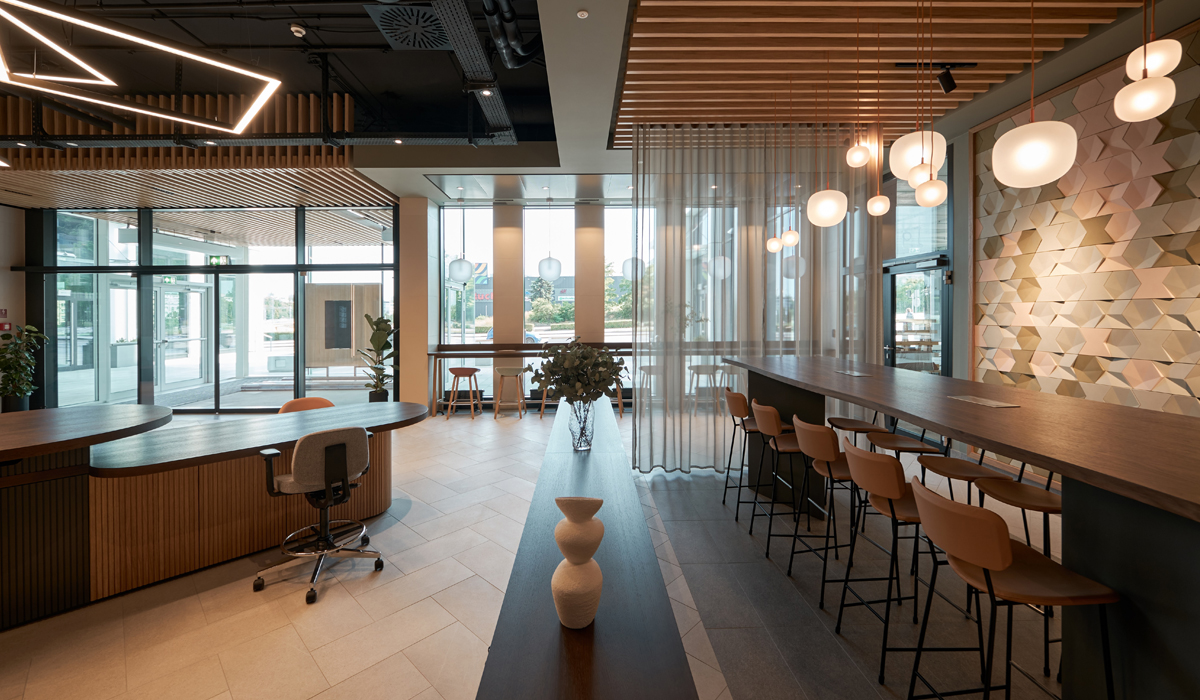
After all, around 100 years ago, most of the world updated the night using incandescent lamps. All these light sources are in the warm light spectrum, which is why warm light is more eye-catching and desirable, especially at the end of the day and at night. But warm light is not a good substitute for sunlight, and that is why daylight and natural light are more suitable for office work and in the middle of the day. There is no general rule in this regard, but in general, for homes and retail stores, the majority's taste is in warm light. Energy-saving and LED bulbs are available in a variety of temperature ranges, and you can try two colors and then make a decision. If you still have doubts, we recommend 3000 Kelvin lights with a CRI of at least 80.
2.Light color temperature
The general light of a room is usually the main source of indoor lighting and, accordingly, a key element in determining the main atmosphere of the home. In most cases, warm white light is used for lighting the living room and bedroom to create a comfortable and cozy atmosphere. Although many people prefer warm white light, rooms such as modern kitchens, that space, and appliances have brighter and more refreshing colors such as blue and light gray, can benefit from a colder and more neutral light.
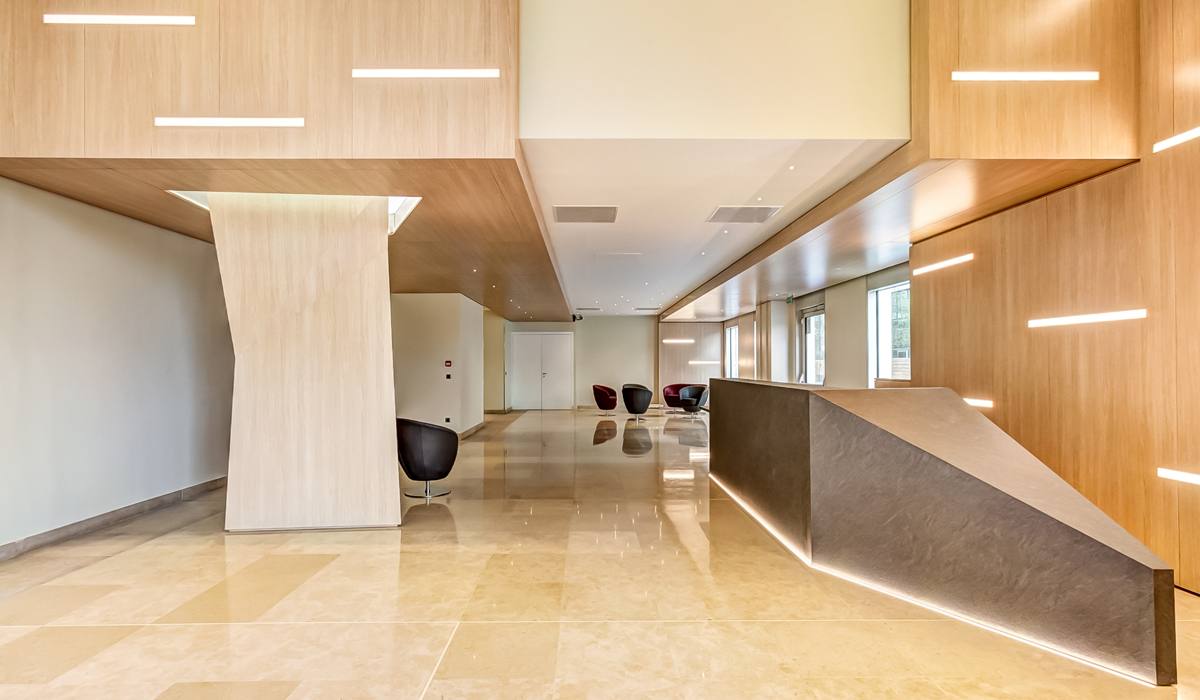
The color temperature of LED lamps is usually between 2700 and 3000 Kelvin. By creating white and warm light, these lamps are a suitable option for making brown spaces and wooden accessories look beautiful. Lights with a color temperature of 3500 to 4000 Kelvin are considered neutral white and display bright colors better than warm white lights. If there is more than one ambient light in the space, for example, ceiling light and hidden light, use the same color temperature for both to have a harmonious space.
In addition, these studies show that lights with neutral and cold white colors have a positive effect on people's energy levels, and therefore it is a suitable option for doing office work and studying at home.
Since natural or icy light creates a better contrast than warm white or sunny, this light is also a good option for general lighting in the bathroom. Cooler light creates a more realistic image of our face in the real world. Use a color temperature of 4000 to 5000 Kelvin for the ambient light of the bathroom and toilet.
If the tub is inside the bathroom and you are looking for a warm space, consider using an additional light such as a wall lamp with warm white light in the range of 2700 Kelvin to separate itself from the main light.
3.using dimmer and change of light intensity
The ability to increase and decrease the light is one of the important and necessary facilities in ambient and task lighting that helps us to create our desired atmosphere or create our ideal indoor lighting at work. In addition, light dimming saves energy by reducing the electricity load of the lamp.
Unlike standard incandescent lamps, not all LED lamps are dimmable. Therefore, it is important to pay attention to the specifications of the product and make sure that it is dimeric before using it.
If you want to replace old bulbs with LED bulbs, be prepared to replace your dimmers. Most of the older dimmers were made for incandescent lamps, but the technology used for LEDs is very different. Therefore, you cannot use an old dimmer for an LED lamp. Using the two together is similar to connecting an analog phone to the output of a digital phone.
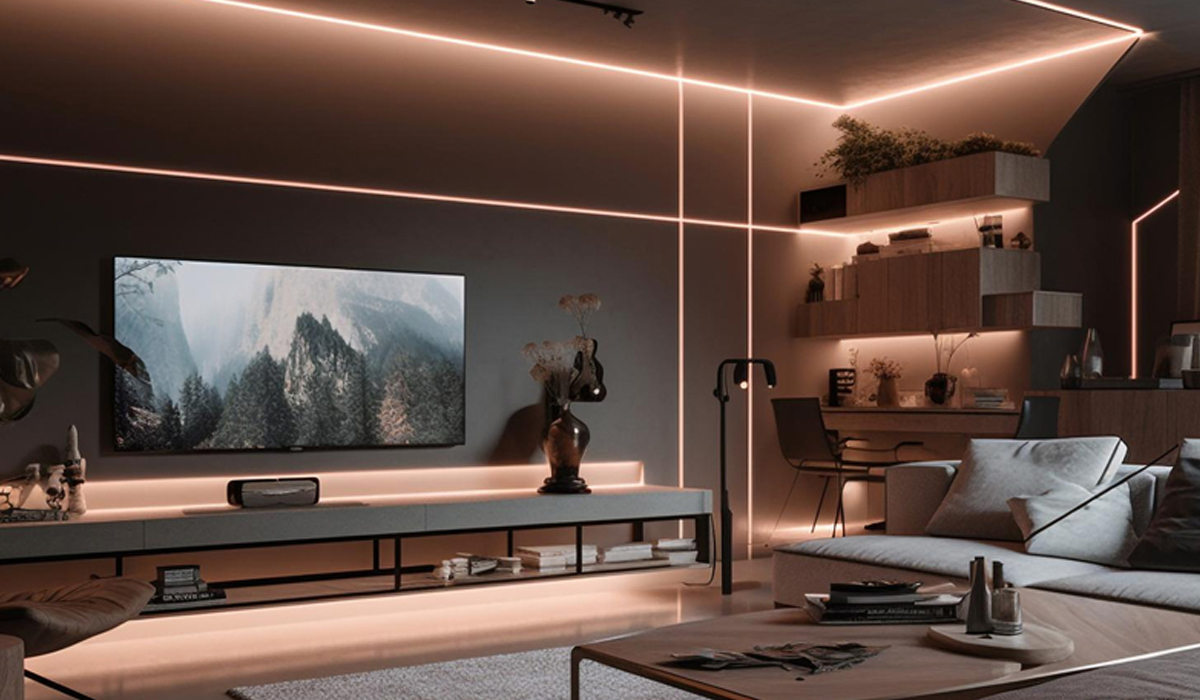
4.Compare the lamp with lumens, not with power!
One of the terminological mistakes that exist in the market of LED lamps is the advertisement and comparison of the lamp based on its wattage. When incandescent lamps were popular in the indoor lighting market, people compared the amount of light of the lamp based on the power consumption because all 100-watt lamps had more or less the same amount of light output and their lifespan was not significantly different. Therefore, in the era of incandescent lamps, the wattage used was a suitable measure to measure the amount of light in a lamp.
Today's indoor lighting market includes various types of lamps and due to the difference in technology, each lamp consumes different power for a certain amount of light. To make a meaningful comparison, compare the amount of light output or "lumens" of the lamps. A luminous lux is a number that is inserted into the lamp box and its measurement is done by the photometric sphere.
Interior lighting fixture
Each room in your home has different needs. You've probably heard that sunlight gives us energy, but did you know that light from bulbs does the same thing to our bodies? The importance of indoor lighting is so much that a mistake in lighting can make the house completely dark and depressing. Lamps that have more blue light lead to the production of the serotonin hormone and lead to concentration, wakefulness, and alertness. Lamps that do not produce blue light allow the brain to produce the hormone melatonin, which makes us calm and sleepy, and ready to go to bed.
Lamps with a lower Kelvin produce warm light (like fire), medium Kelvin lamps produce natural light, and higher Kelvin produces cold light or daylight.
A common mistake here is that the light of the lamp is measured by its watt, while the watt is the measure of the energy consumption of the lamp and the lumen is the correct measure of the light of the lamp. In this article, we will examine the correct way of LED lighting for the rooms of the house.
1.LED lighting for the bedroom
Usually, most of us expect peace and comfort from the bedroom. Avoiding blue light makes the body's biological clock not confused between the light outside the house and inside the bedroom. Following this principle, the brain secretes more melatonin and brings you a comfortable sleep. If you are used to reading at night and you intend to buy a reading light for your head, a light with a little blue composition or natural light is more suitable for reading because cold lights create more contrast on the book page.
In the bedroom, for local and accent lighting, as well as to have indirect light so that the eyes are less bothered and more relaxed, the rail light will be a very suitable option that can be used to change the direction of the light.
- Suitable light level: 1500 to 4000 lumens
- Suitable color temperature: 2700 to 3000 Kelvin
2.LED lighting for home office and computer room
If you have a study room in your home or you have a room dedicated to working with a computer and a library, your goal is to have higher productivity and concentration in this room than at home. Placing cold and ice lights for the brain evokes daylight and the brain secretes more serotonin and increases your level of alertness and concentration. Also, place lights and chandeliers where they do not reflect on the monitor screen. At the same time, it is very wise to have a desk lamp to increase the light in the place of the keyboard and reading.
- Suitable light level: 3000 to 6000 lumens
- Suitable color temperature: 3000 to 5000 Kelvin
3.LED lighting for the living room
The living room is one of the most used rooms in every house. Family members and friends gather in this room, talk and watch TV. The relaxation and comfort of this part of the house is very important. Also, many times children are doing their homework in this room with their parents. Having different light sources for different needs is necessary. As in the bedroom, it is better to avoid icy and cold lights because the presence of blue light in the light spectrum of these lamps causes the release of serotonin and increases the energy level. Directional and adjustable lamps can shine on the wall and illuminate a painting or family photos, also such lamps have less reflection on the TV. Today, much attention has been paid to the flexibility of linear lights in interior design, and many architects use linear lights for interior lighting and making the space more attractive
- Suitable light level: 1500 to 3000 lumens
- Suitable color temperature: 2200 to 3000 Kelvin
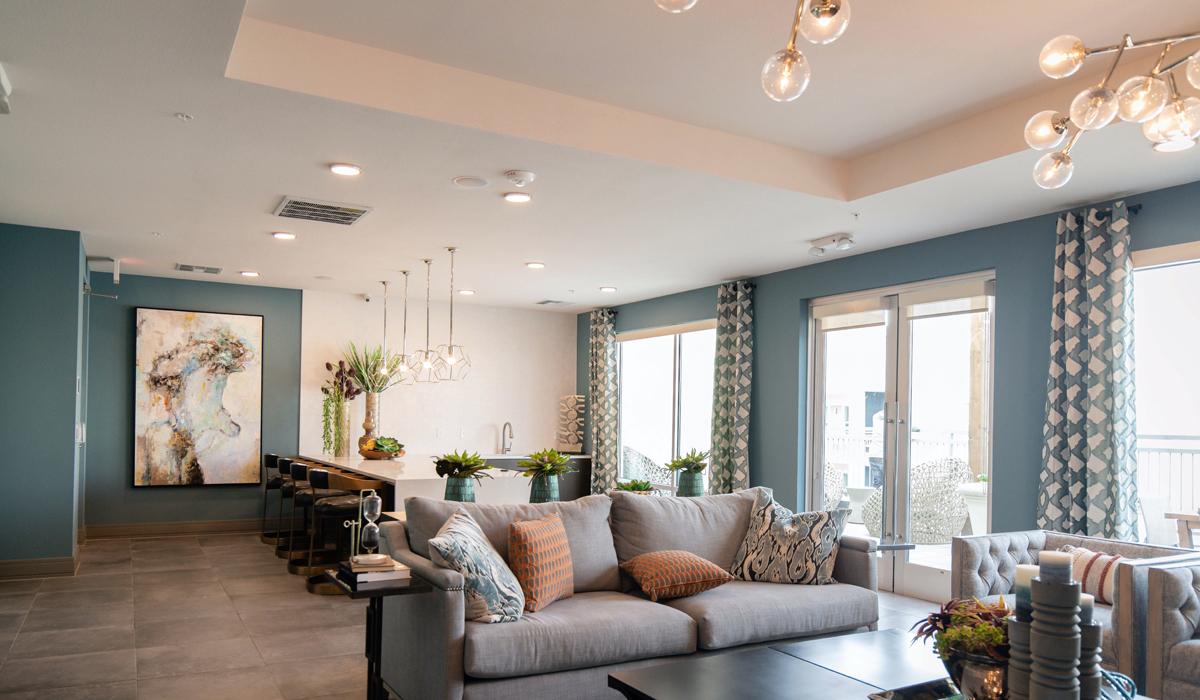
4.LED lighting for the dining room
When we are eating a good meal with family members and guests, too much unpleasant indoor lighting is not desirable, and too little light causes sleepiness. Depending on whether we are having dinner in the evening or having a snack in the afternoon, a dimmable pendant helps to control the lighting level throughout the day. Also, the selection of transparent lamps for the chandelier doubles its shine and beauty.
- Suitable light level: 3000 to 6000 lumens
- Suitable color temperature: 2200 to 3000 Kelvin
5.LED lighting for the kitchen
Since the kitchen is a place where most families spend a lot of time, its proper design is of particular importance, especially in terms of lighting. We asked leading designers for their opinion on kitchen lighting and we have brought you their advice on kitchen lighting.
The kitchen is a workplace. The morning light of the kitchen should be whiter and colder to induce the feeling of waking up and starting the day while preparing and eating breakfast. Also, if you have a counter or table in the kitchen, a dimmable pendant with warm light makes the environment more favorable for dinner at night. Also, using built-in lights and under-cabinet lights makes it easier to do kitchen tasks.
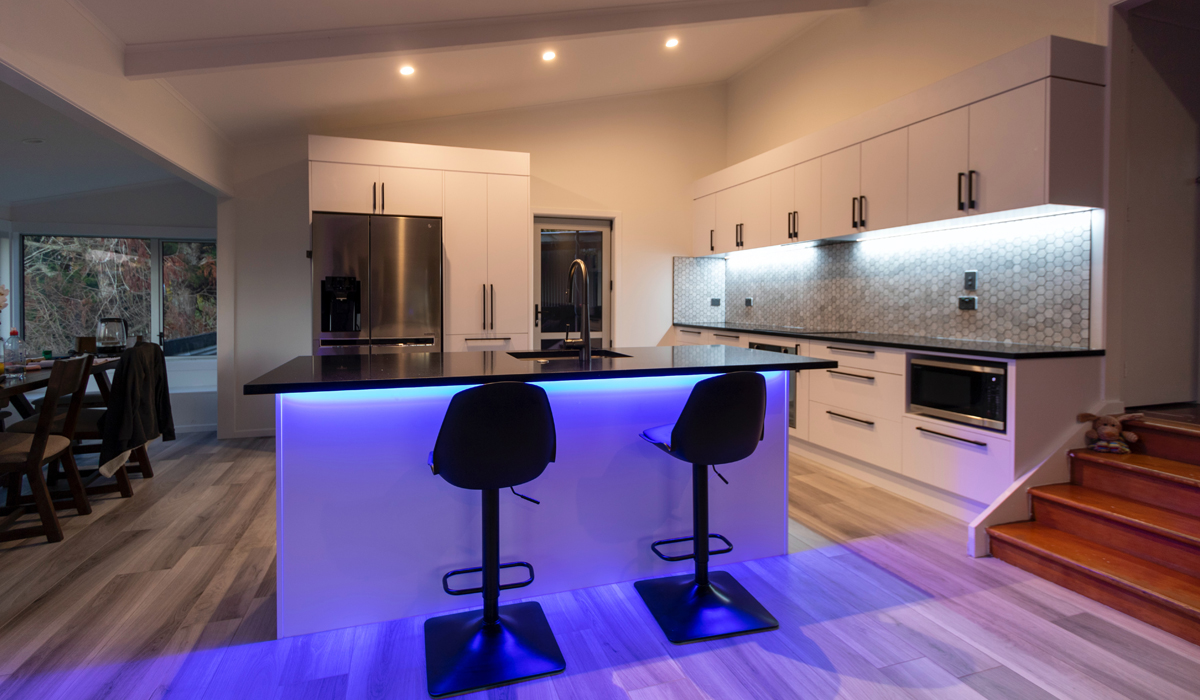
- Suitable light level: 4000 to 8000 lumens
- Suitable color temperature: 2700 to 5000 Kelvin
Place task lighting in hidden places such as under cabinets and built-in lights, and use pendants or chandeliers more as a decorative aspect. In this way, it will be easier to choose the pendant model and its artistic dimension will increase because you have provided the main light for the work from other lights. You can consider the chandelier as a decorative light and do not expect a lot of light from it.
The general lighting of the kitchen should cover the corridors, cabinets, sink, and stove. In this way, regardless of where you are and what you are doing, there will be no dark spot.
Today's kitchens are a place for family members to gather; In them, food is prepared, eaten, conversations are formed, and sometimes we even do our work in the kitchen. This is why we need multiple layers of light. Cross the boundaries, many features may seem contradictory but are beautiful and eye-catching.
It is better not to provide all the light from the ceiling because this will cause a shadow to fall on the work surface while cooking. In the above kitchen, we have used the wall as a radiation surface, also suitable under-cabinet lighting can be a suitable option. Pay attention to the reflection of all lighting and avoid glare.
6.LED lighting for the bathroom
Most of us get ready in front of the bathroom mirror before going to school or work. The light should shine from around the mirror than from the ceiling. Sufficient light will help you to make a proper face correction or make-up. Also, many of us take a shower first after waking up, so placing a surface light with a suitable degree of protection above the shower is a good way to radiate cold light and start a day with maximum alertness.
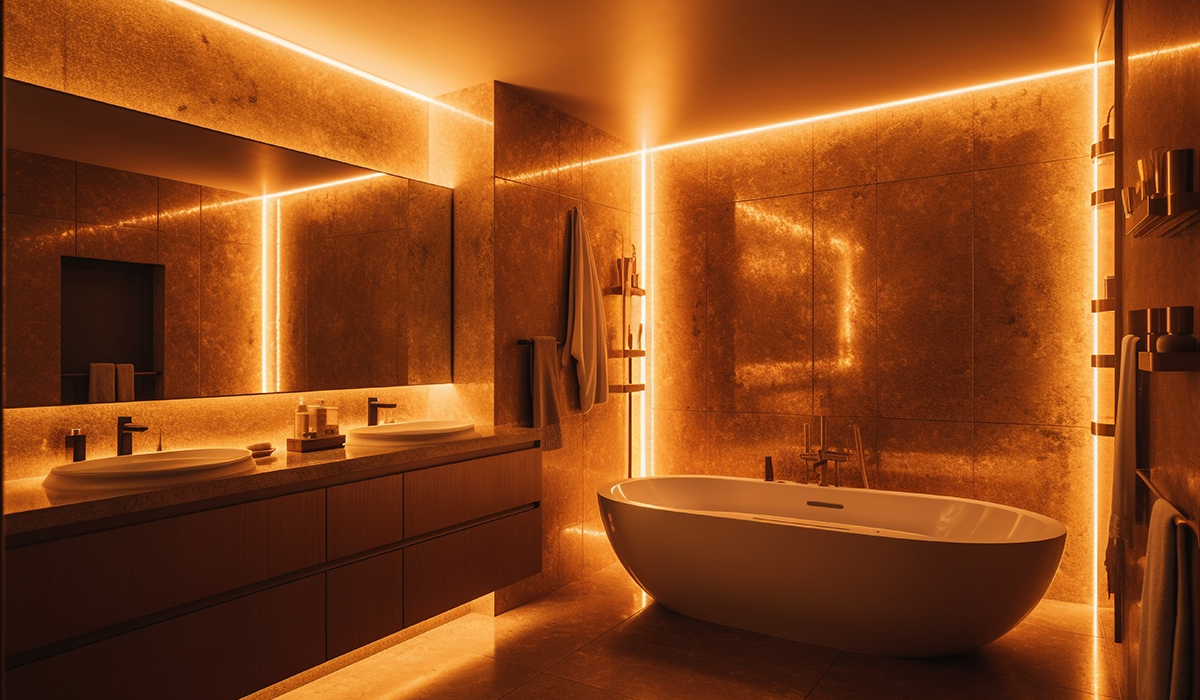
- Suitable light level: 4000 to 8000 lumens
- Suitable color temperature: 3000 to 5000 Kelvin
This point of the bathroom is one of the most important parts of this room. The main task of the lights in this area is to illuminate the head and face for correction and care. One of the common mistakes in lighting is placing recessed lights right above the mirrors. This creates a shadow on the face and makes it difficult to correct the face.
